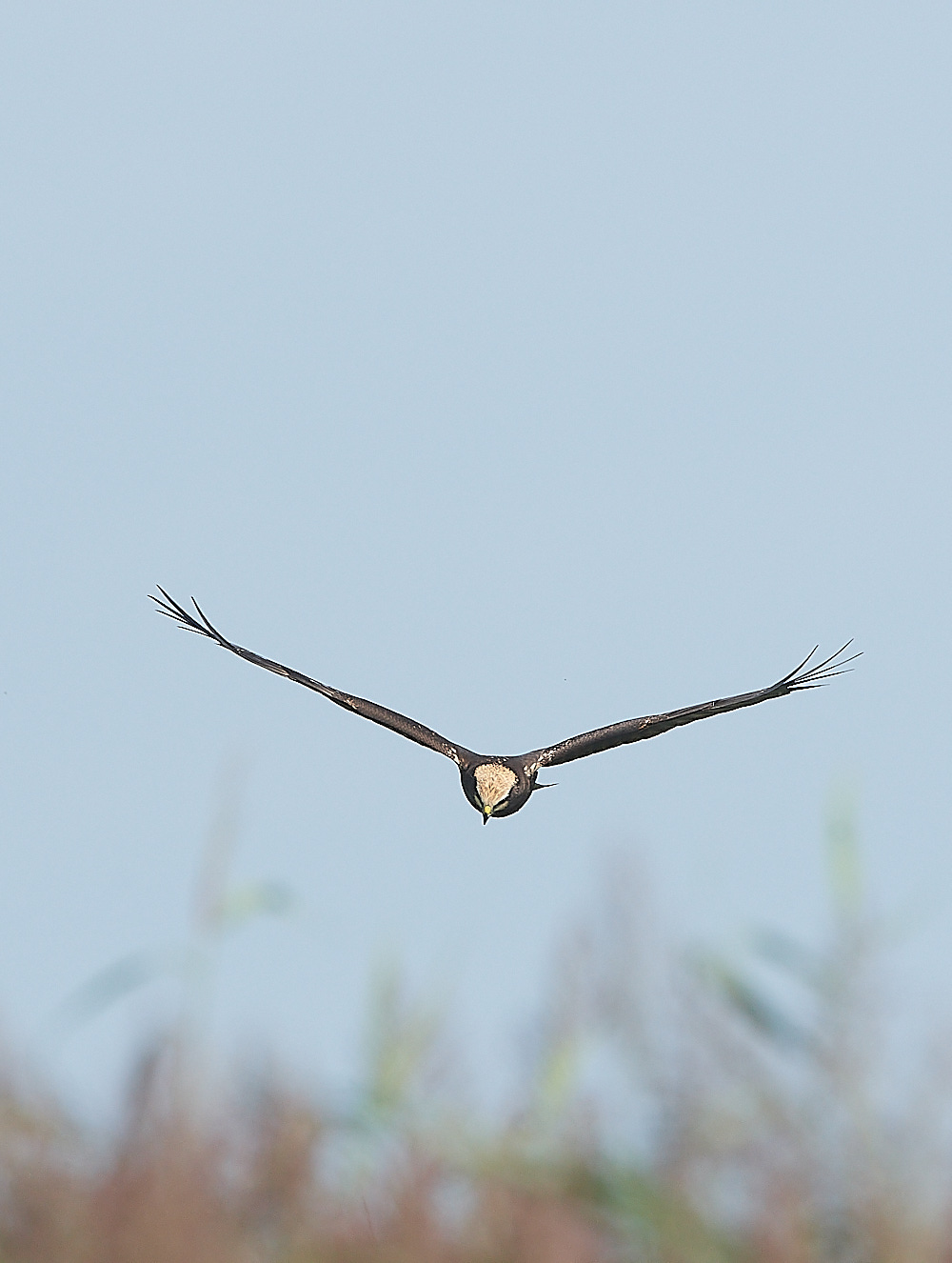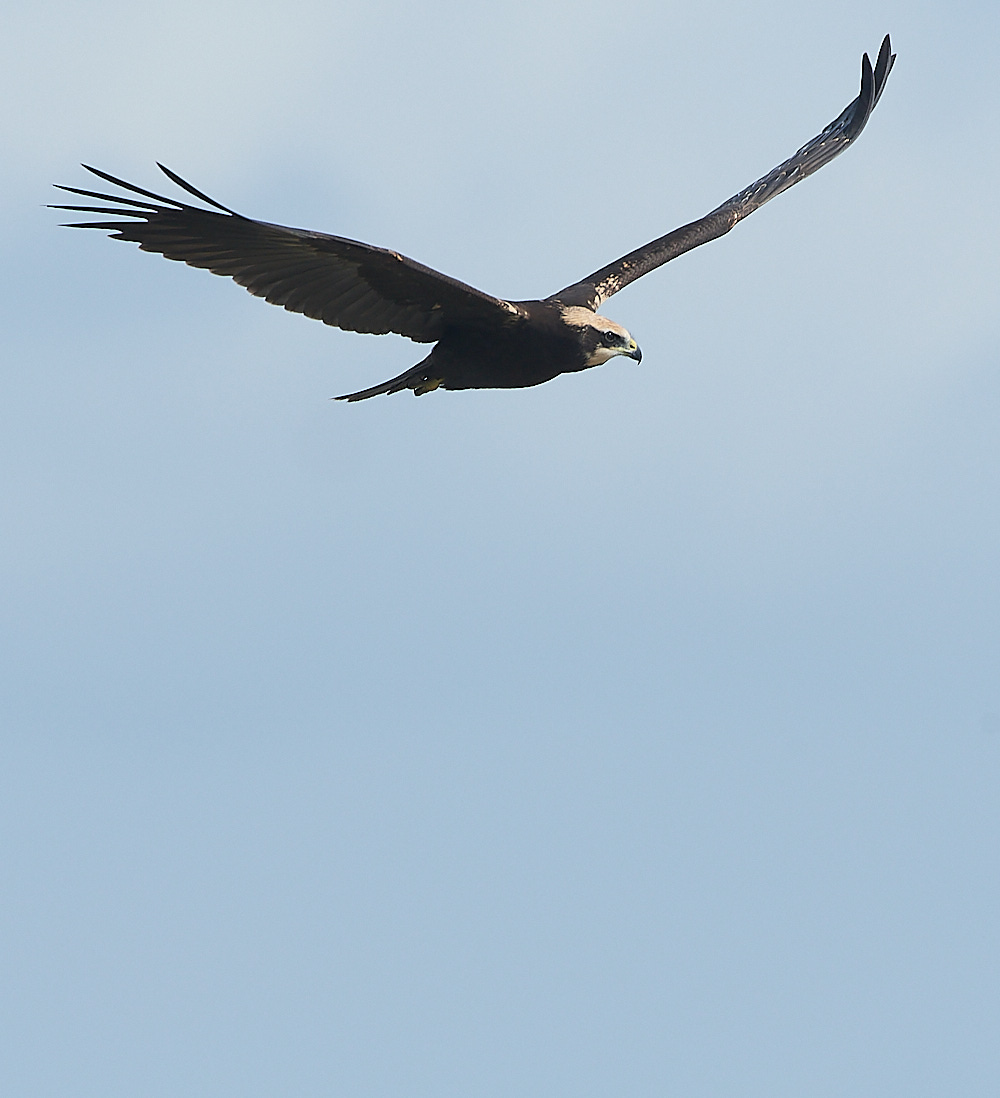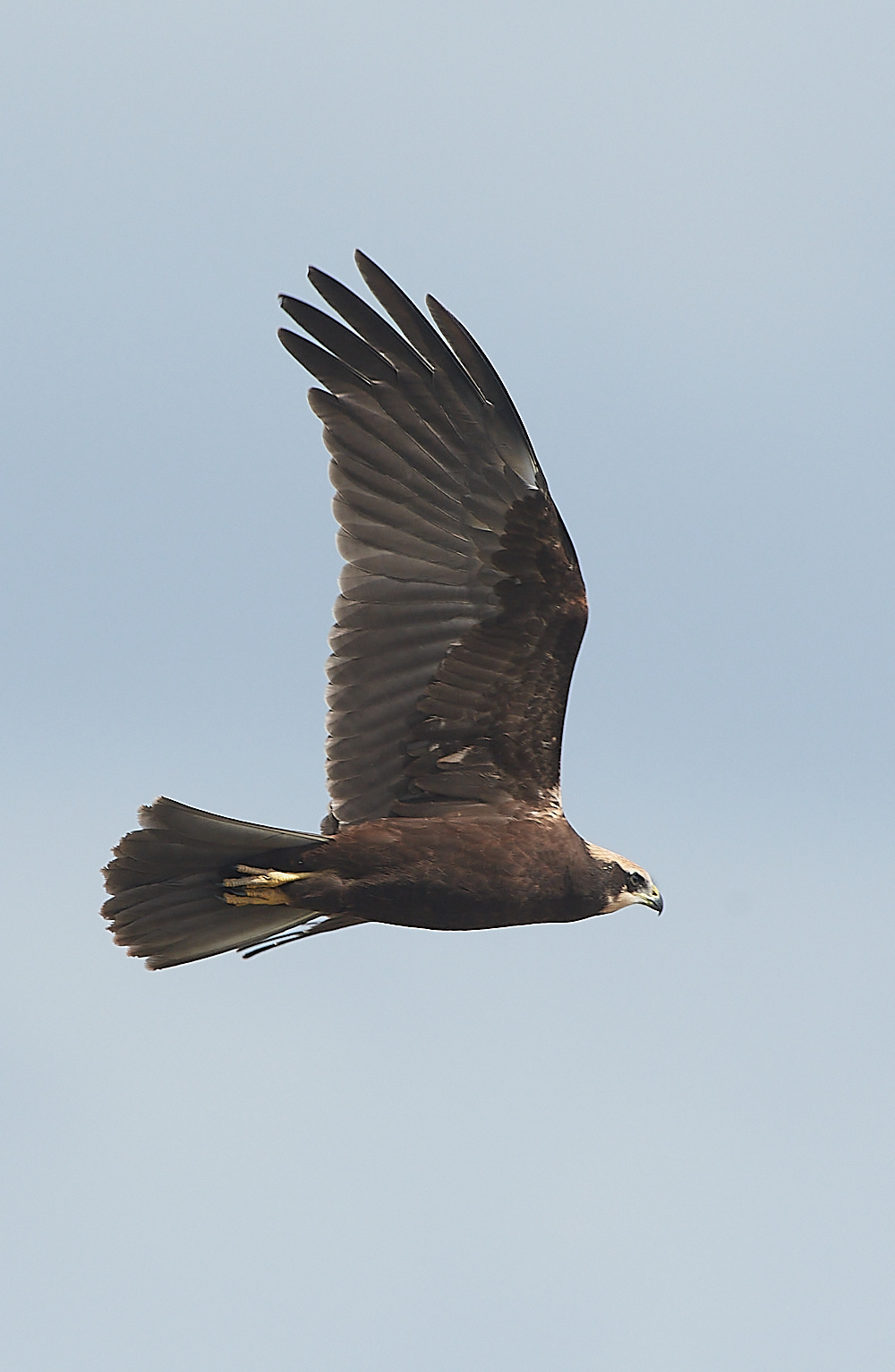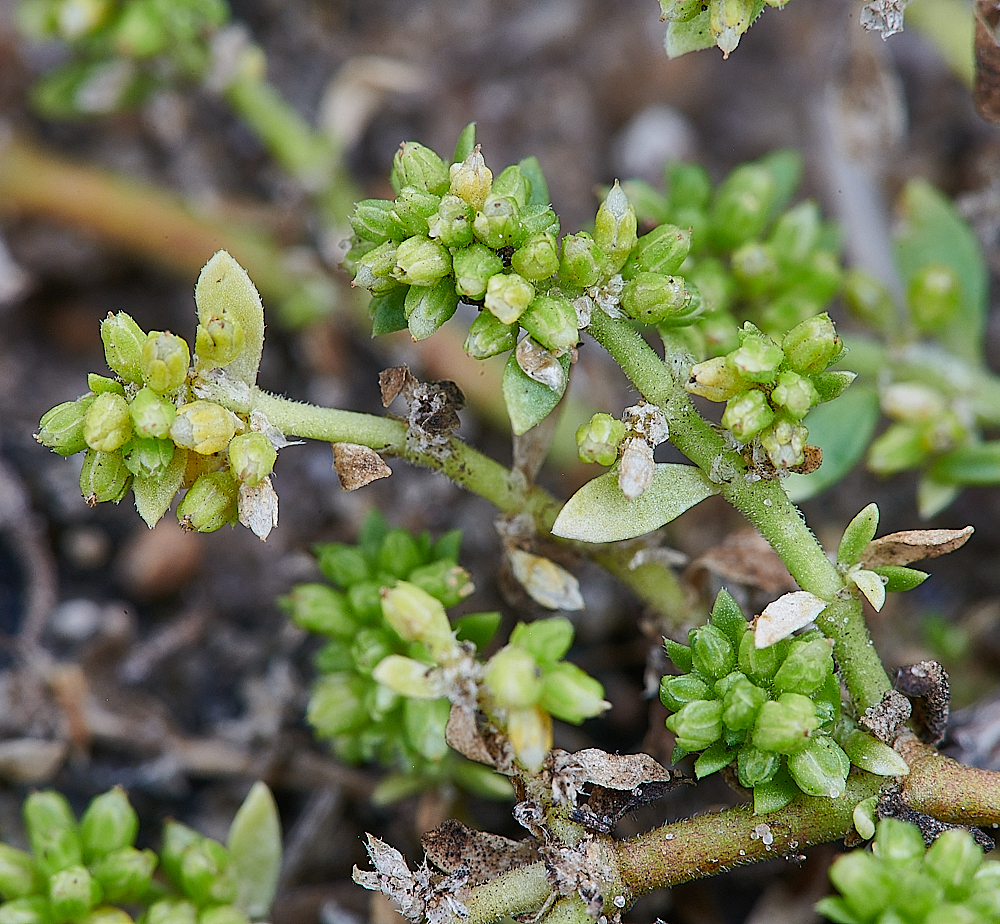Strumpshaw

?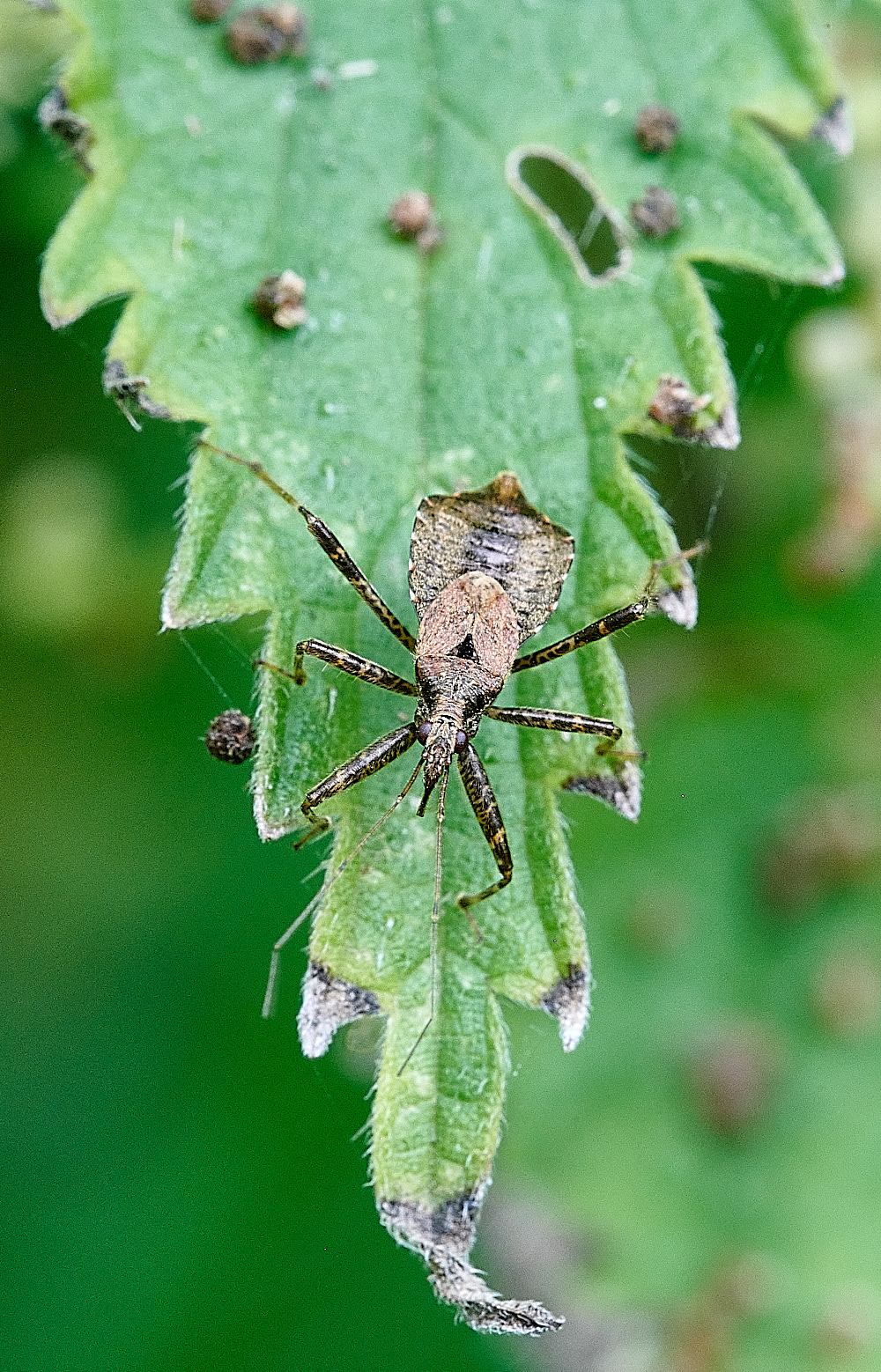
Tree Damsel Bug (Himocerus apterus)

Common Carder Bee (Bombus pascuorum)
Beetle Sp 
Common Persicaria ( Polygonum persicaria)
Notch-horned Cleg-fly (Haematopota pluvialis)
Bug Sp Deraeocoris ruber


Long Winged Cone-head (Conocephalus fuscus) ♀︎
Dark Bush-cricket (Pholidoptera griseoaptera)
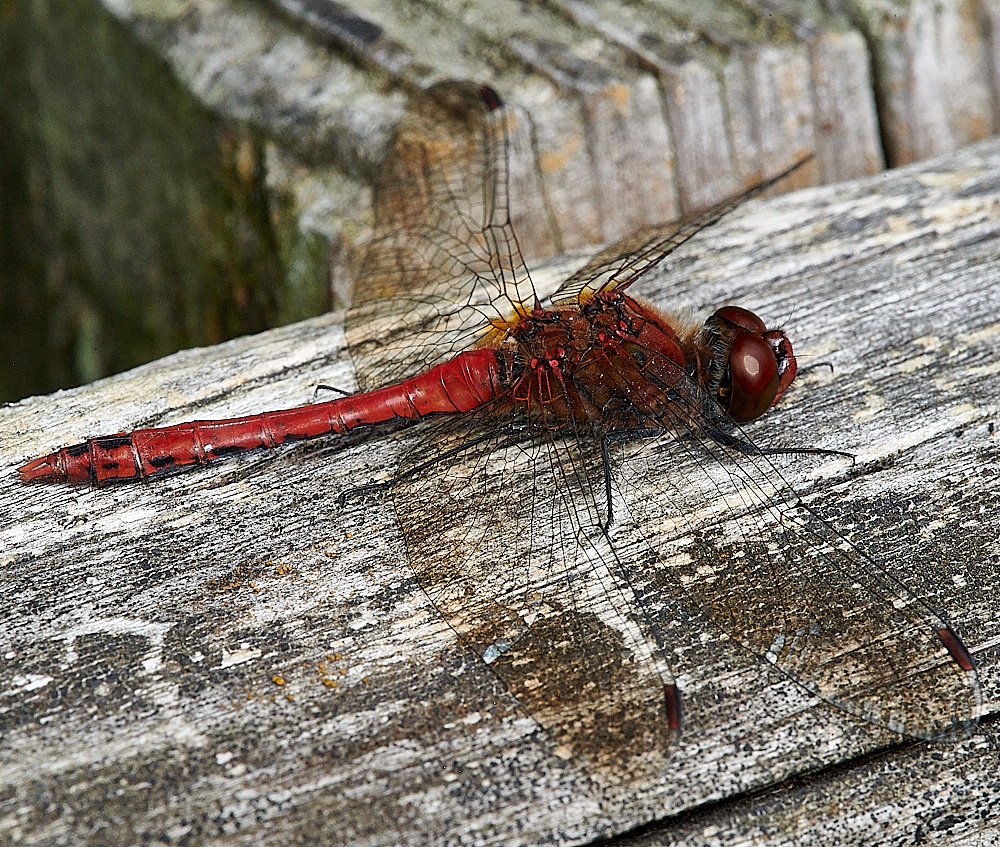
Ruddy Darter ♂︎(Sympetrum sanguineum)
Devil's-bit Scabious (Succisa pratensis)
Eristalis horticola



Field Digger Wasp (Mellinus arvensis)
Common Groundhopper (Tetrix undulata)
Stephen Falk's page

Possibly Leiobunun rotundum Female above - male below

Harvestmen Sp?

Dicranopalpus ramosus agg


Helophilus pendulus ♀︎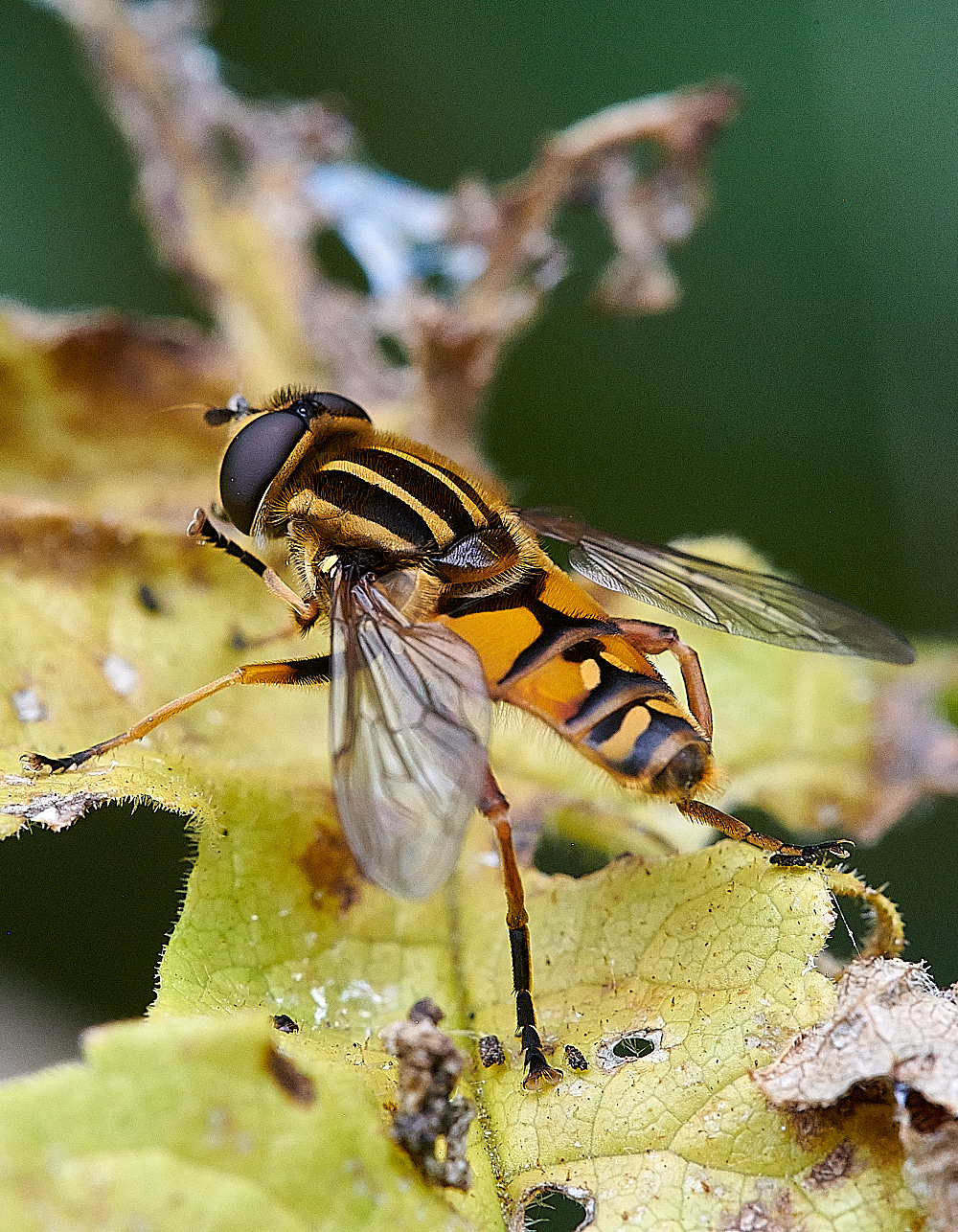

Helophilus pendulus


Cheilosia pagana

Helophilus trivittatus

Hare'sfoot Inkcap (Coprinopsis lagopus)


Common Lizard (Zootoca vivipara)

Phantom Cranefly (Ptyxchoptera contaminata)♂︎
?
Picture-winged Fly (Xyphosia militaria)
Red Beetle (Anthocomus rufus)
Red Beetle (Platycis minutus)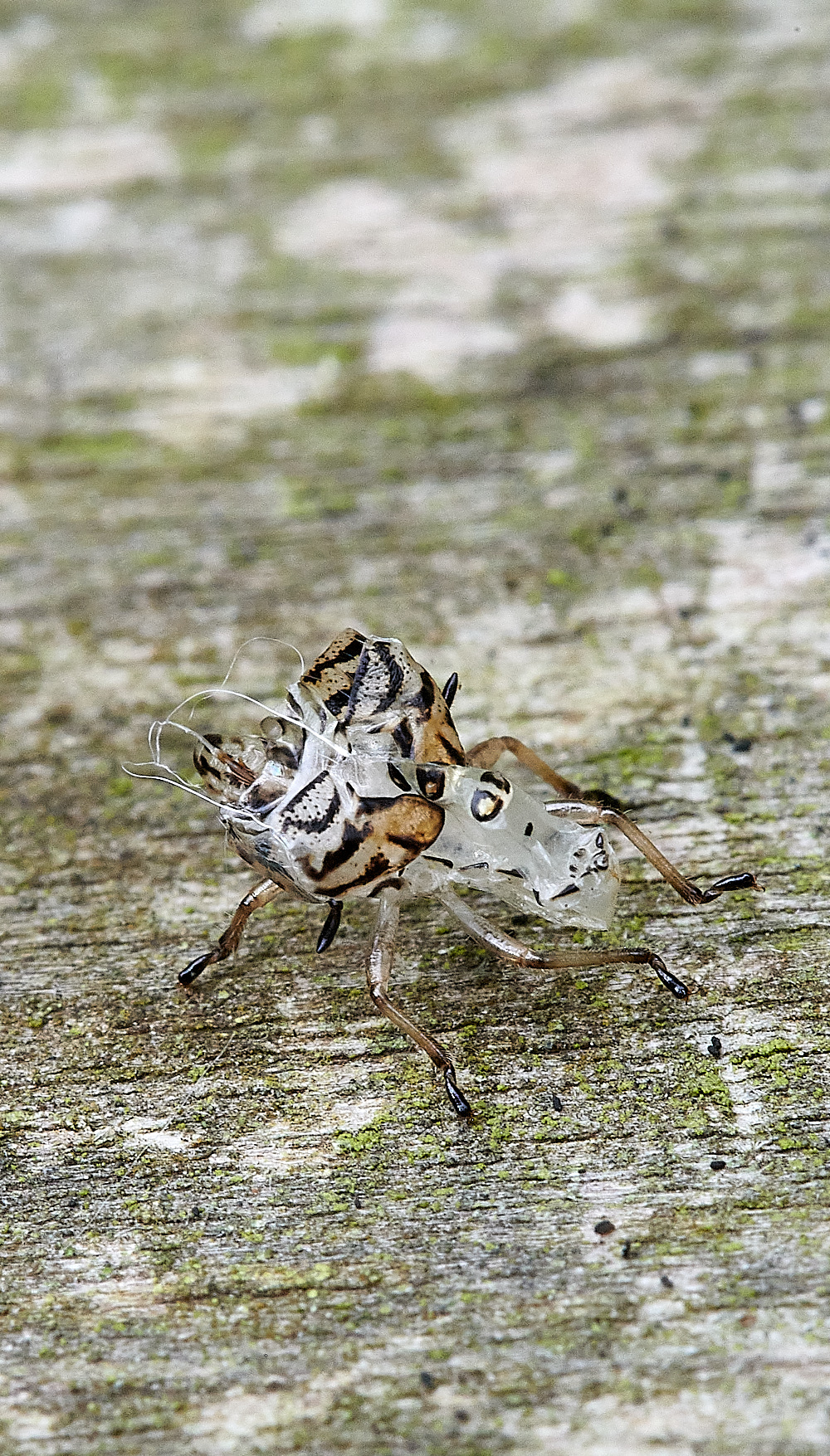
A skin
Slime Mould Sp?



Marsh Fly (Coremacera marginata) Kills snails

Marsh Fly Sp Because of the angle difficult to identify this one. The dark spot on the eye might give the game away in which case Tetanocera elata
Speckled Bush-cricket ♀︎ (Leptophyse punctissima)
Spider web on Rush
Lesser Hornet Hoverfly (Volucella inannis)
Wasp Sp?

Willow Emerald (Chalcolestes viridis) ♂︎

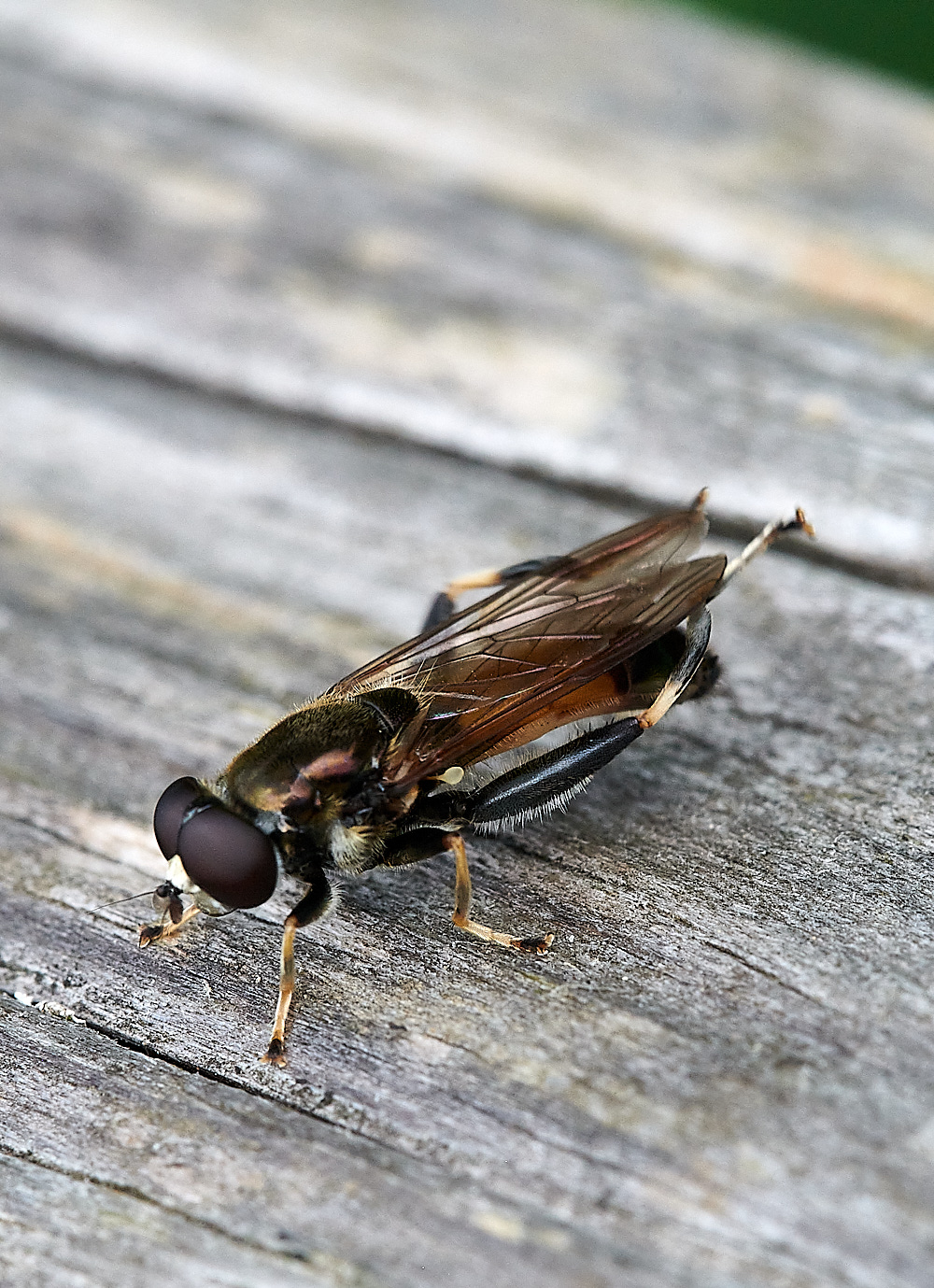


Xylota segnis
Weybourne



Cliff Mining Bee (Andrena thoracica)

Nettle Ground Bug (Heterogaster urticae)

Duke of Argyll's Tea-tree - Matrimony Vine (Lyceum barbarum)

Red-thighed Epeolus ♀︎ (Epeolus cruciger)
The Cuckoo Bee
of



Heather Mining Bee (Colletes succinctus)
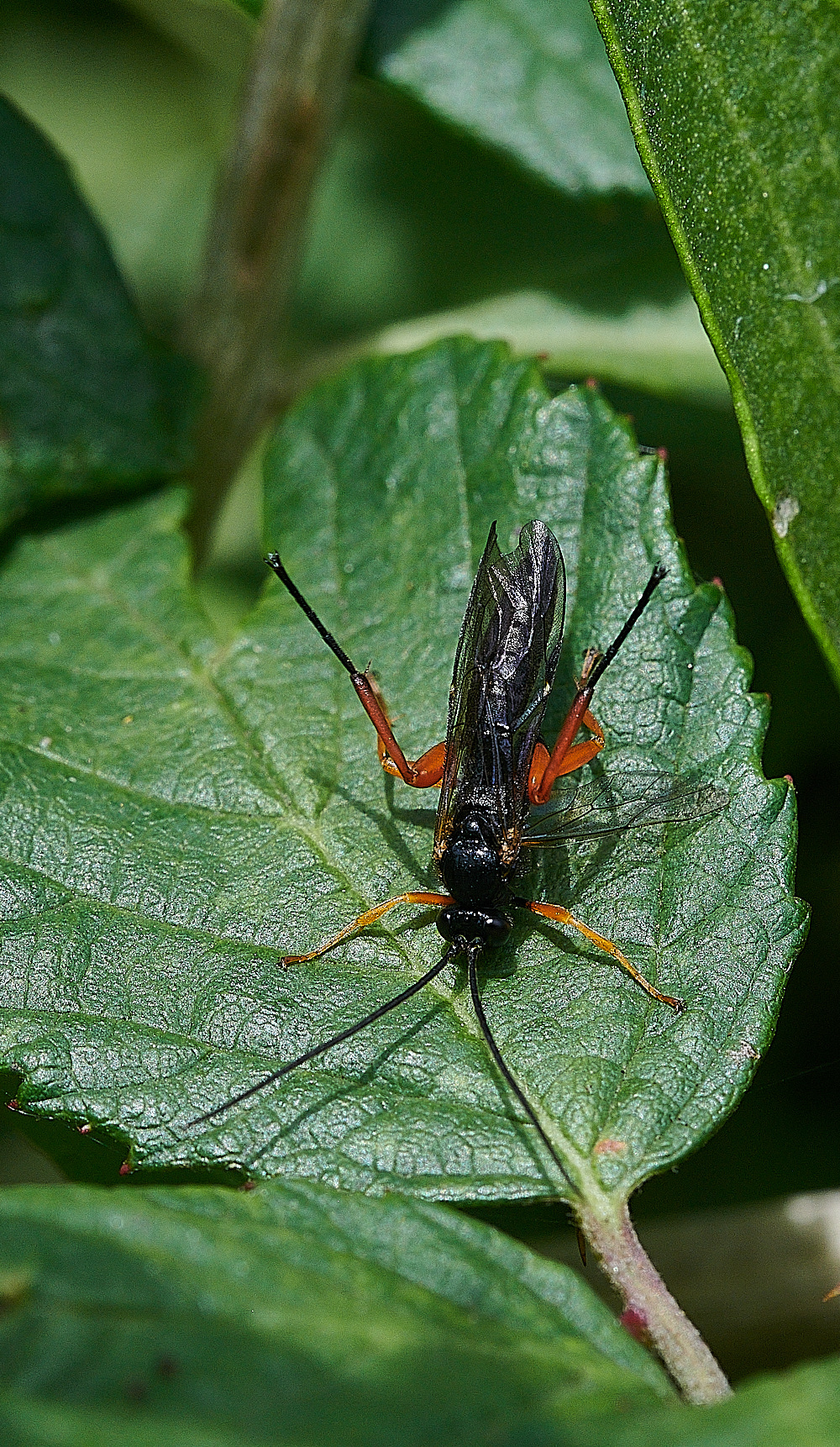

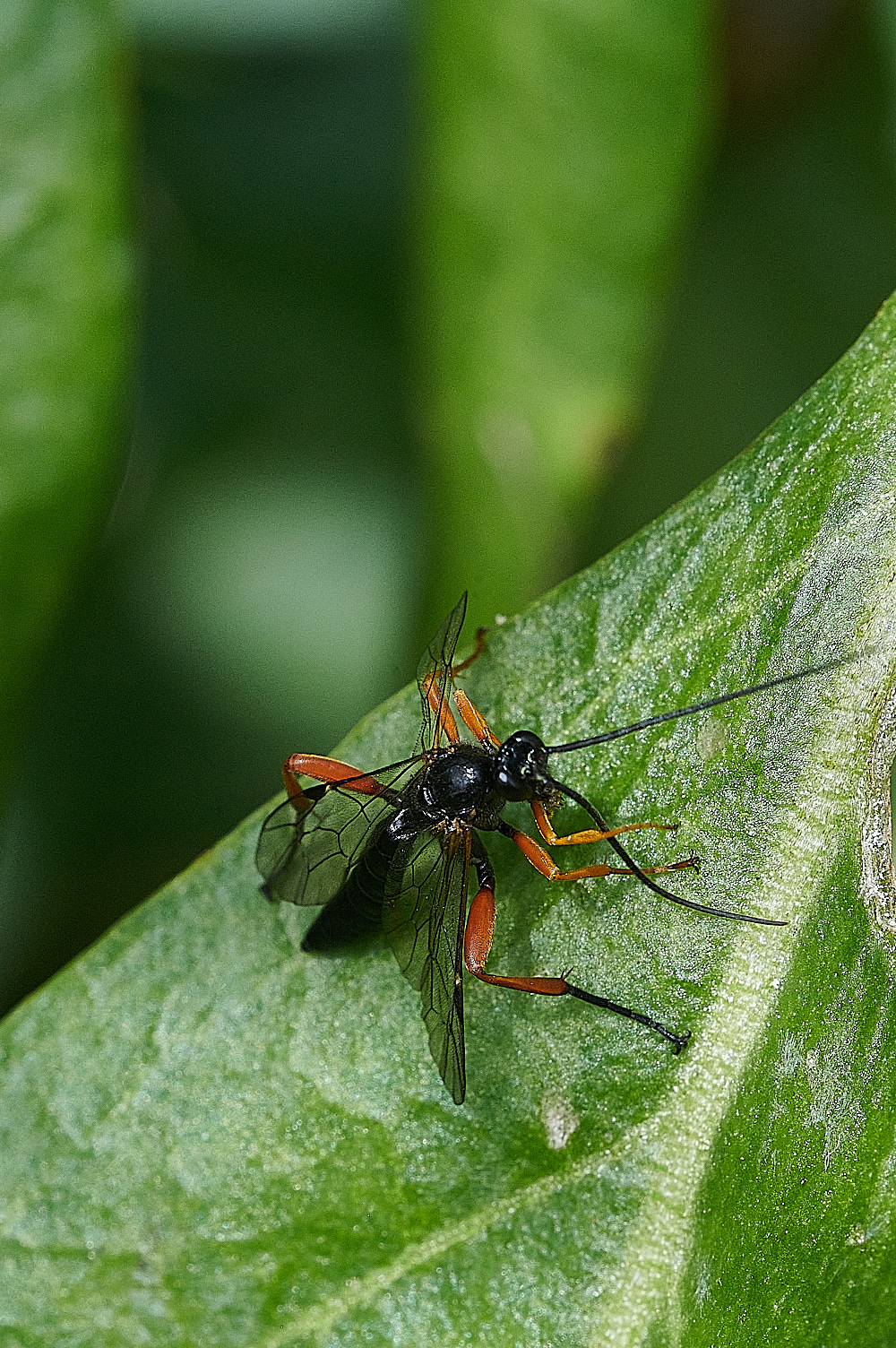
Ichneumon Wasp sp ?

Micro Moth Sp?
Common Nettle-tap (Anthophila fabriciana)
Thanks to Gill Judd for id.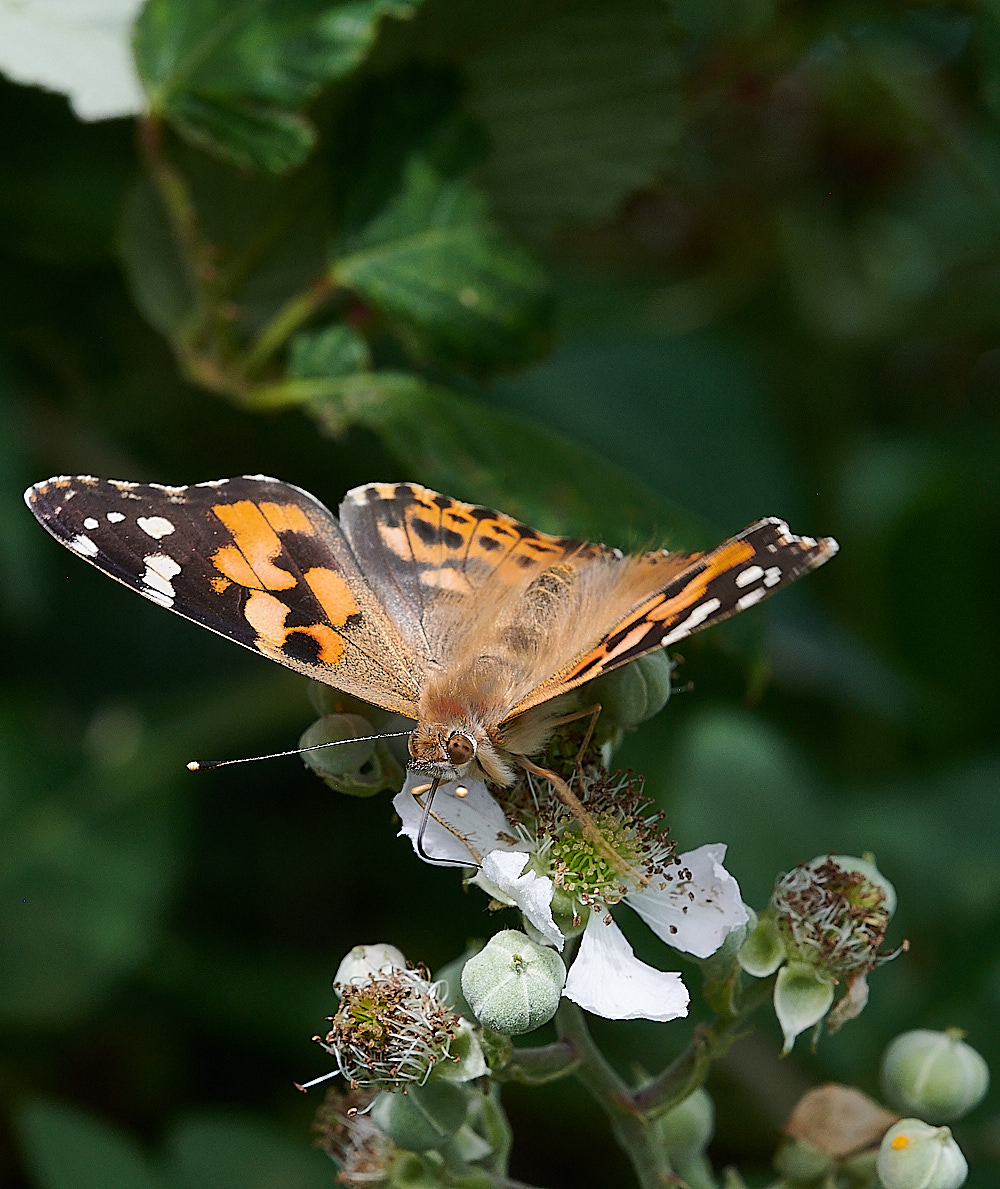


Painted Lady (Vanessa cardui)

Hairs bands seem to be uninterrupted.



White hairs on the clypeus.

Sharp-tailed Bee Sp ♀︎(Coellioxys Sp) ?
Probably Shiny- vented Sharp-tail Bee Coelioxys inermis
Thanks to Nick Owens for comments.
Coelioxys id





Field Digger Wasp (Mellinus arvensis) ?


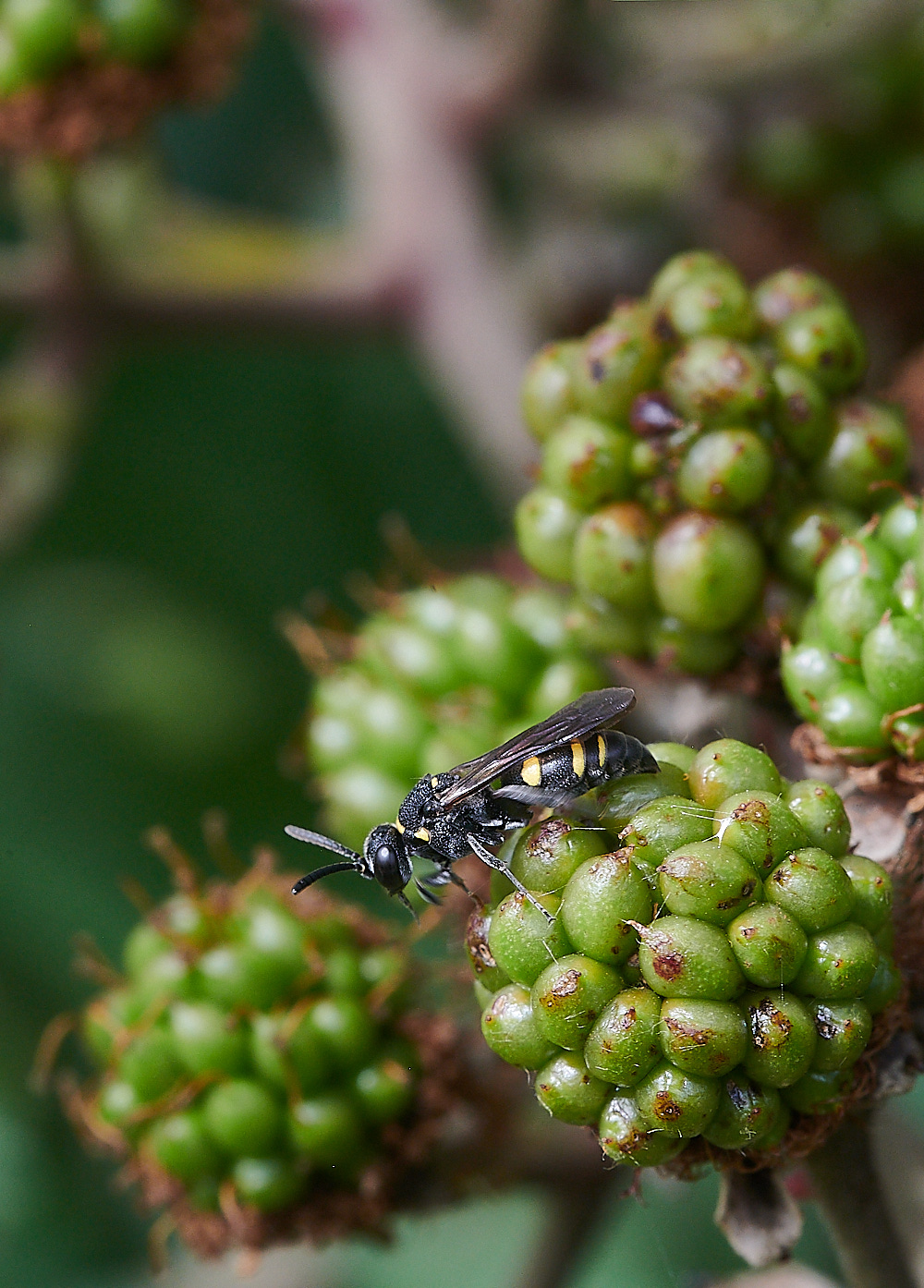

Nysson trimaculatus ♀︎ ?
Syrphus Sp?
Gramborough Hill

Sea Aster rayless form flosculosus (Aster tripolium var )
Wasp Spider egg sac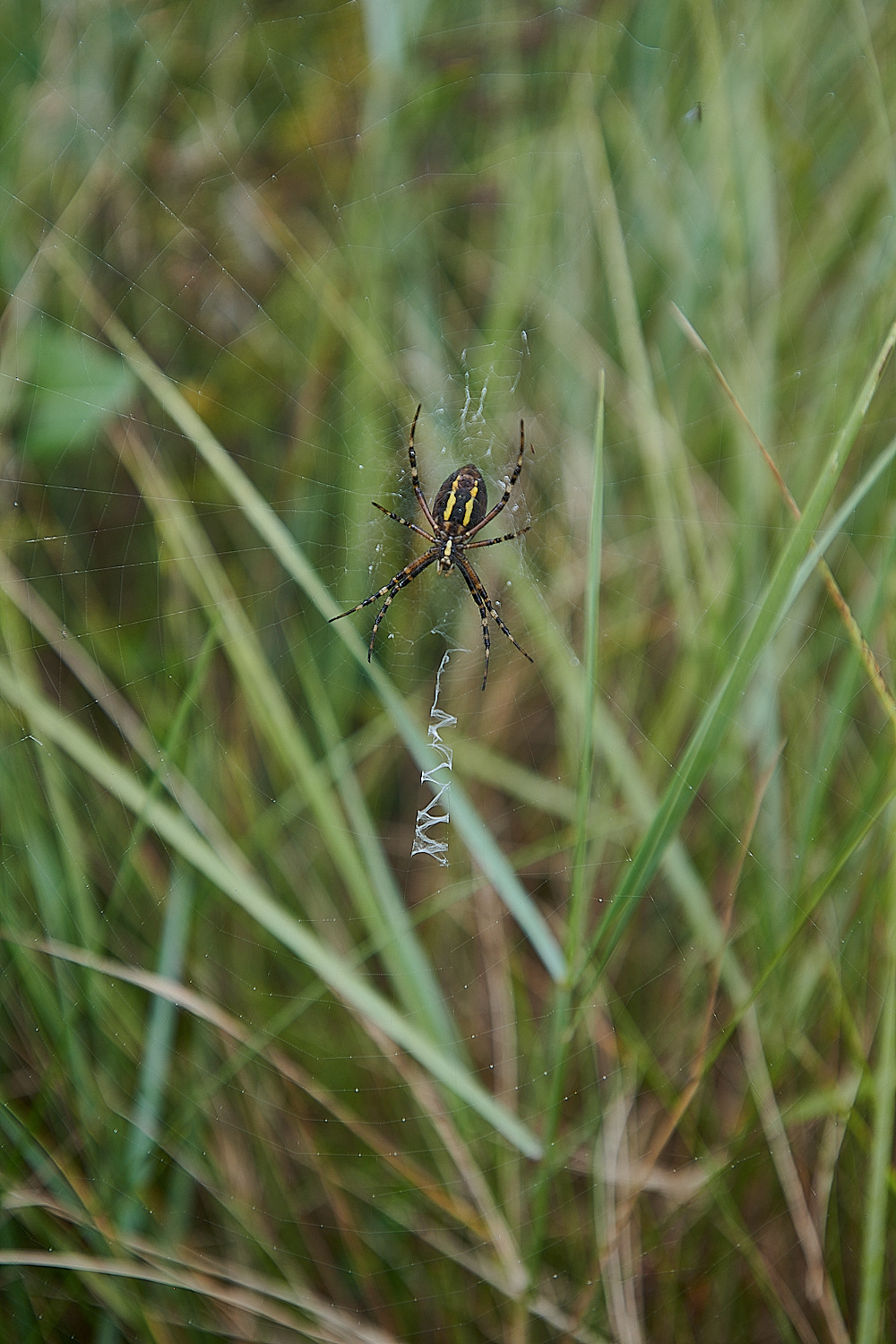
Nobody is quite sure why the zig zag pattern is present except possible to attract insects.
By it's small size this is probably a male.

Egg sac was quite difficult to spot in the grass. This one is still open.
It less than three feet away from the presumed female below.

This one is quite large so it's probably a female.
The web looks like its hung over manipulated depression in the grass. 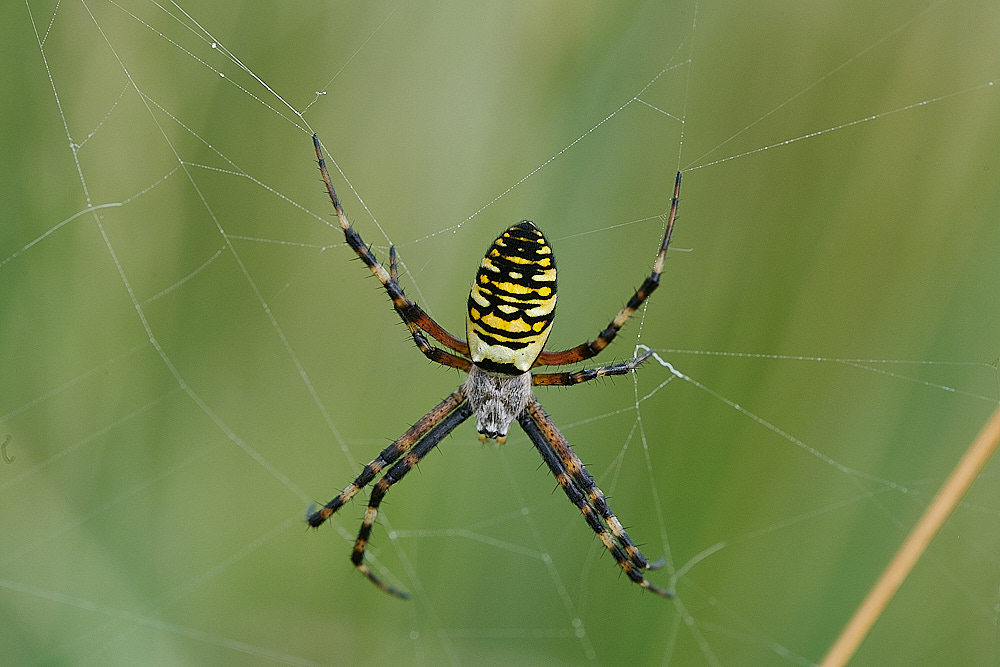

This one was on a web about three feet away, was much smaller than the one above so presumed to be a male.
Beeston Common




Young lizards (Zooloca vivipara)
Roesel's Bush Cricket (Metrioptera roselii)
Gramborough Hill


Annual Sea Blite (Sueda maritima)




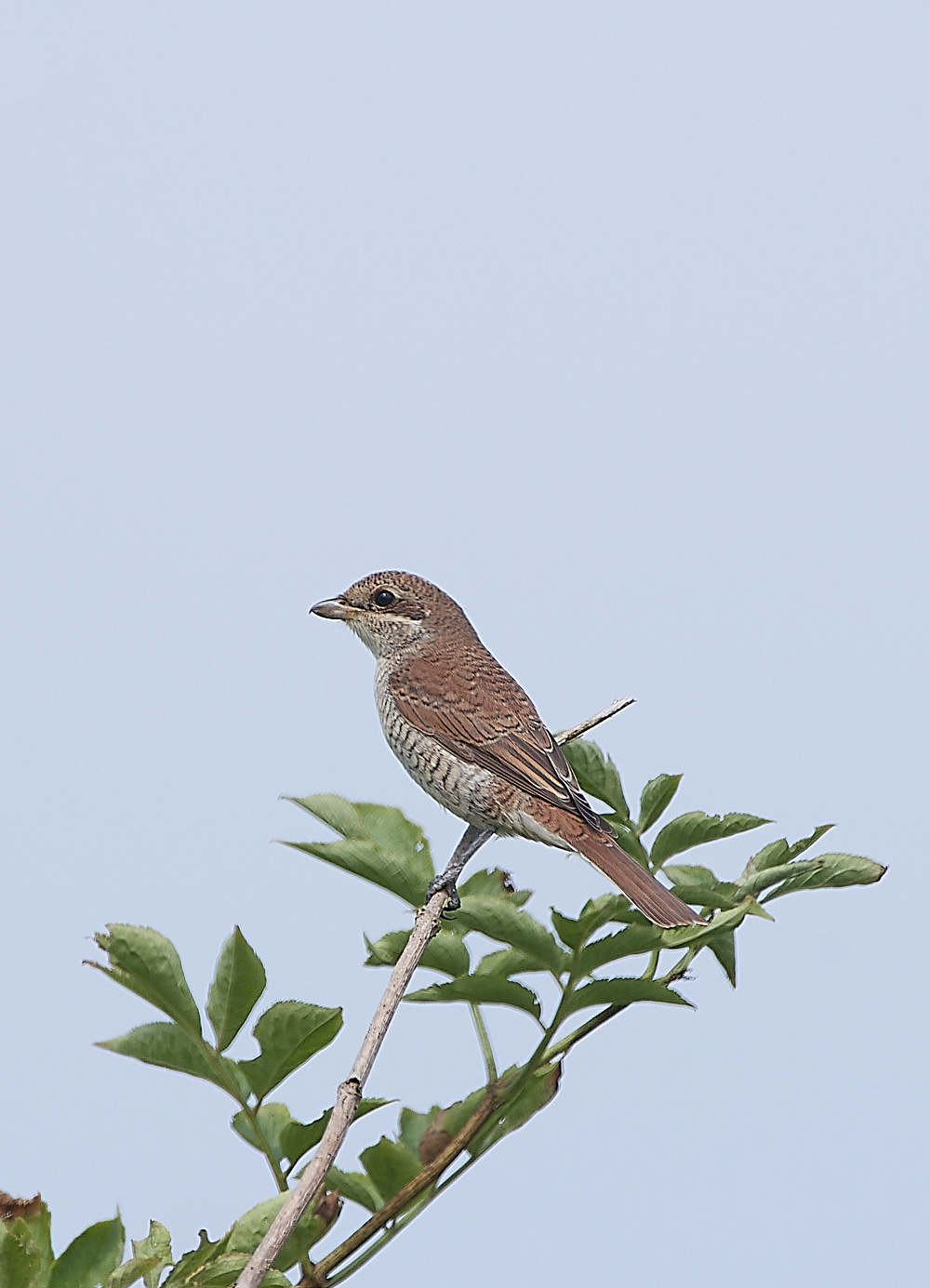



Red Backed Shrike (Lanius collurio)

Sea Aster (Aster tripolium)
Sea Aster Mining Bee (Colletes halophilus)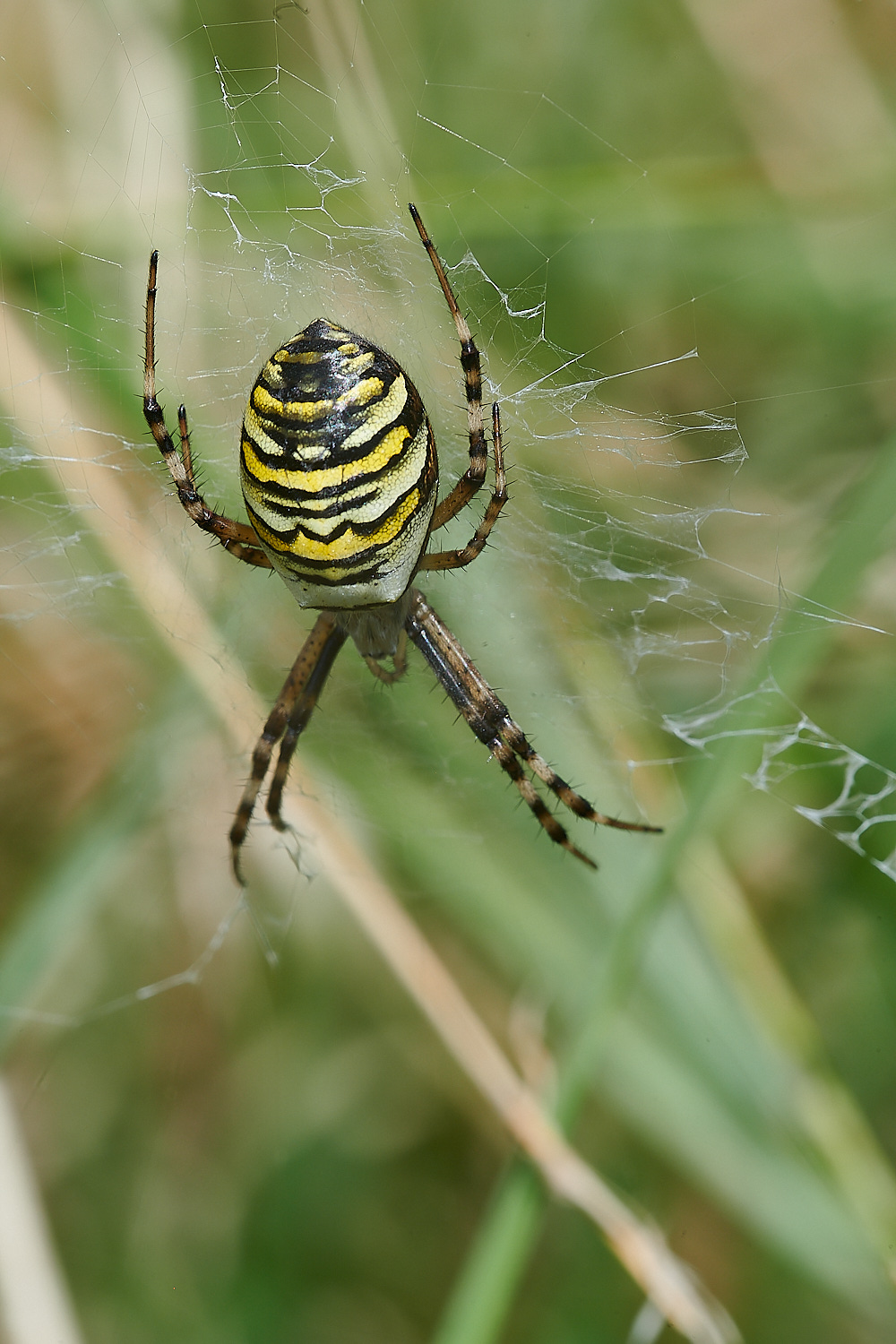
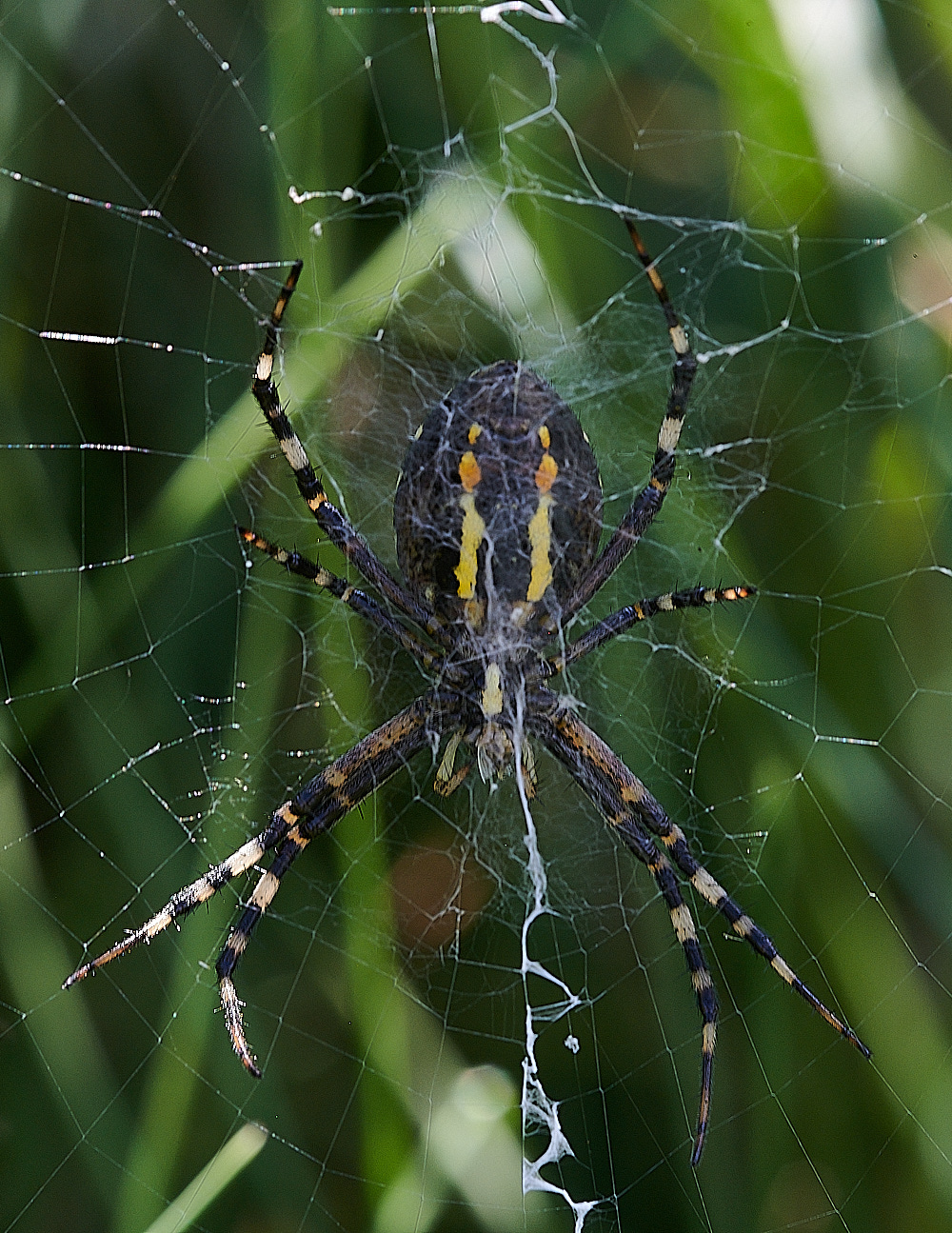
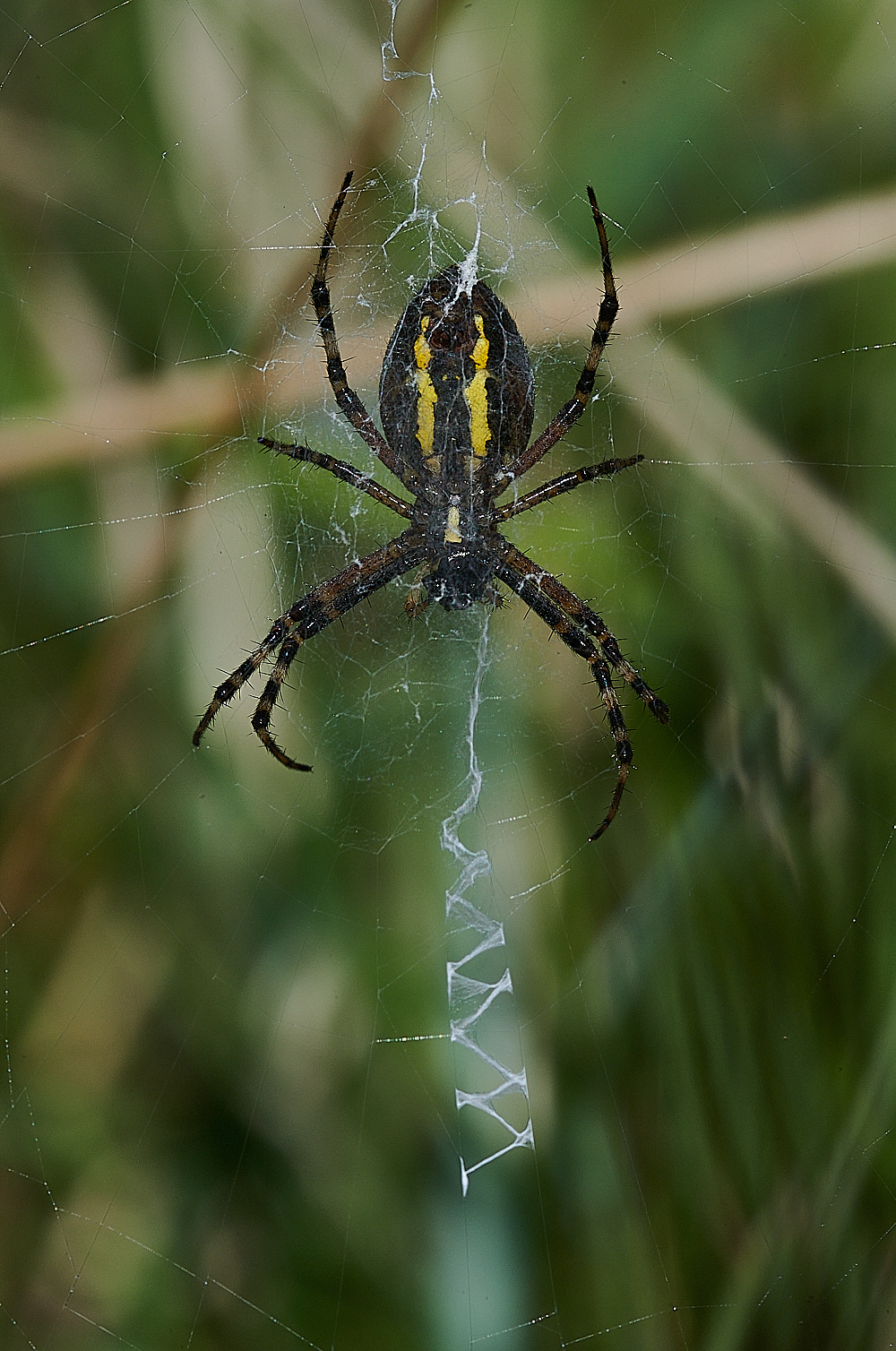



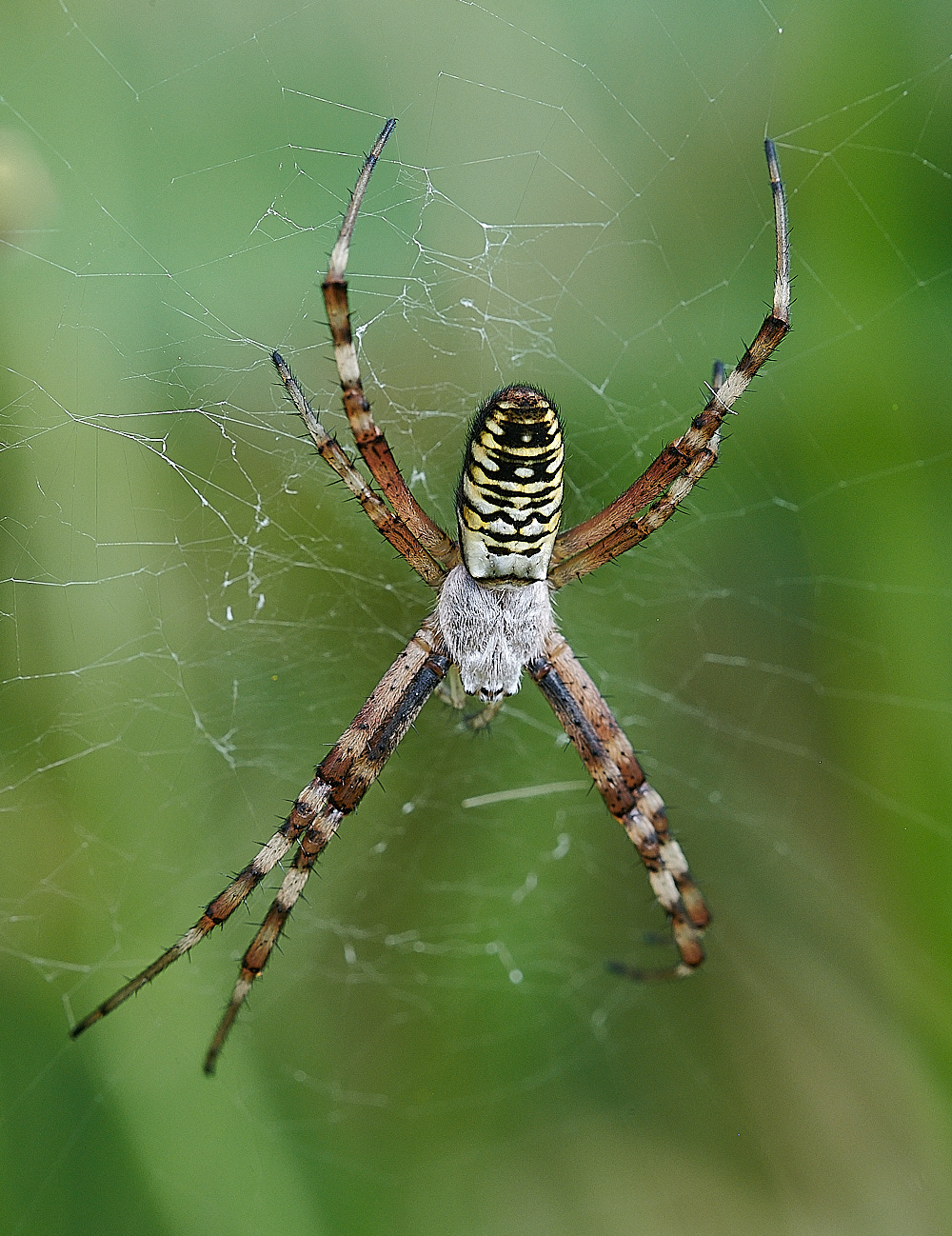





Wasp Spider (
Four Spotted Orb Weaver Sp
Hanworth










Ectemnius Sp
This has a silvery face thus not E cavifrons. The other suggestions were E literatus or E cephalotes.
Thanks to Tim Strudwick for comments.
So is there enough information in the photographs to do it.
The closest I could come was this top picture from Steven Falk's Flicker Album for Hogweed Fly Fox ♂︎ (Ectemnius literatus)
Cley
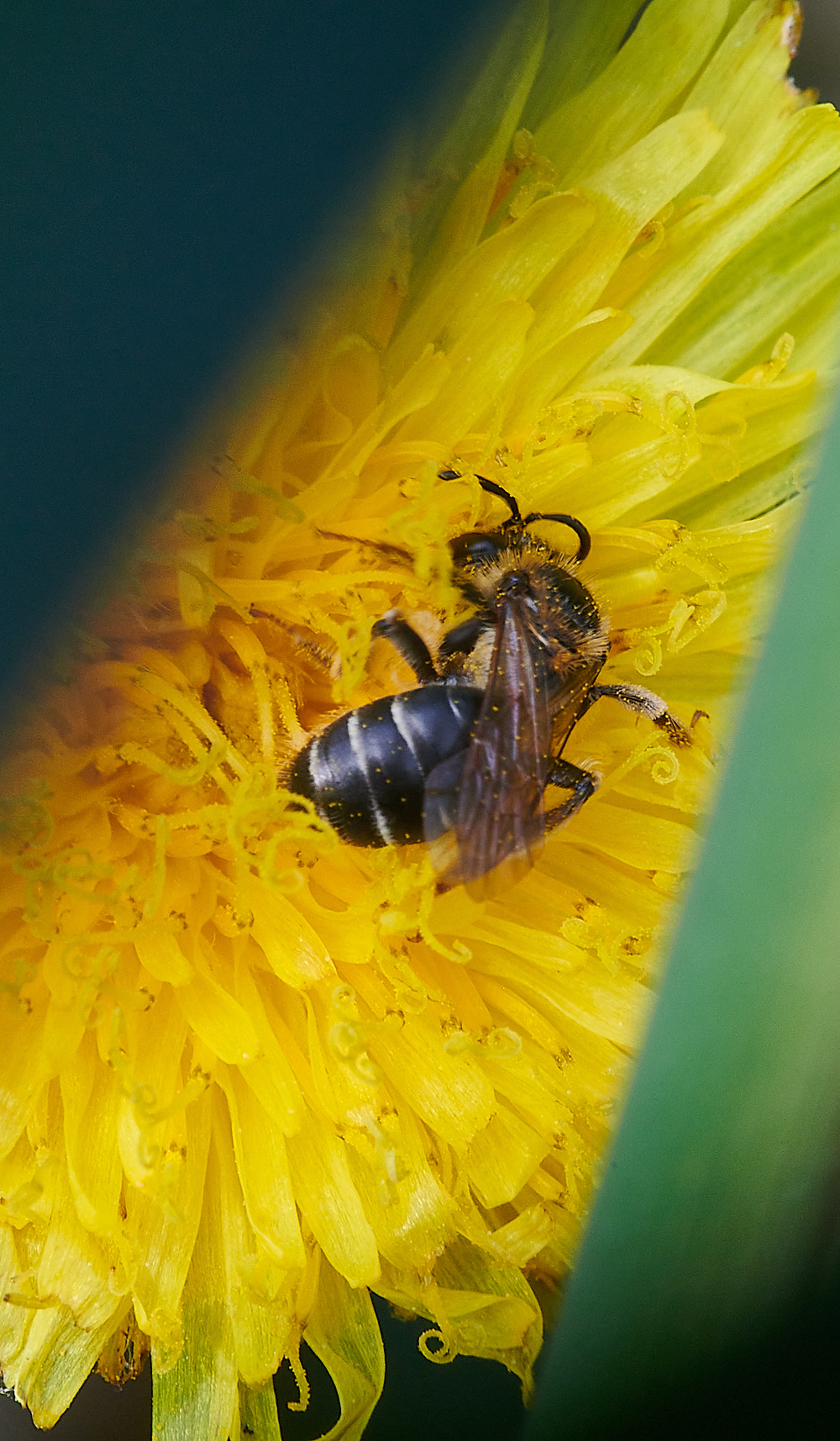

Short Fringed Mining Bee (Andrena dorsata) 
♂︎
♂︎
♂︎
♂︎
♂︎
♂︎
Common Furrow Bee (Lasioglossum calceatum) Male & Female ?
This a dark form male, pale mark on the clypeus. The tarsi and end of each tibia are pale/yellow.
Well again. Not quite
Hard to say but I think these are all male Lasioglossum leucozonium, as the tips of the tarsi (segments 2 – 5) are quite dark.
The two together are both males because their basi-tarsi are white.
Thanks to Nick Owens for comments


Red -tailed Bumble bee ♂︎
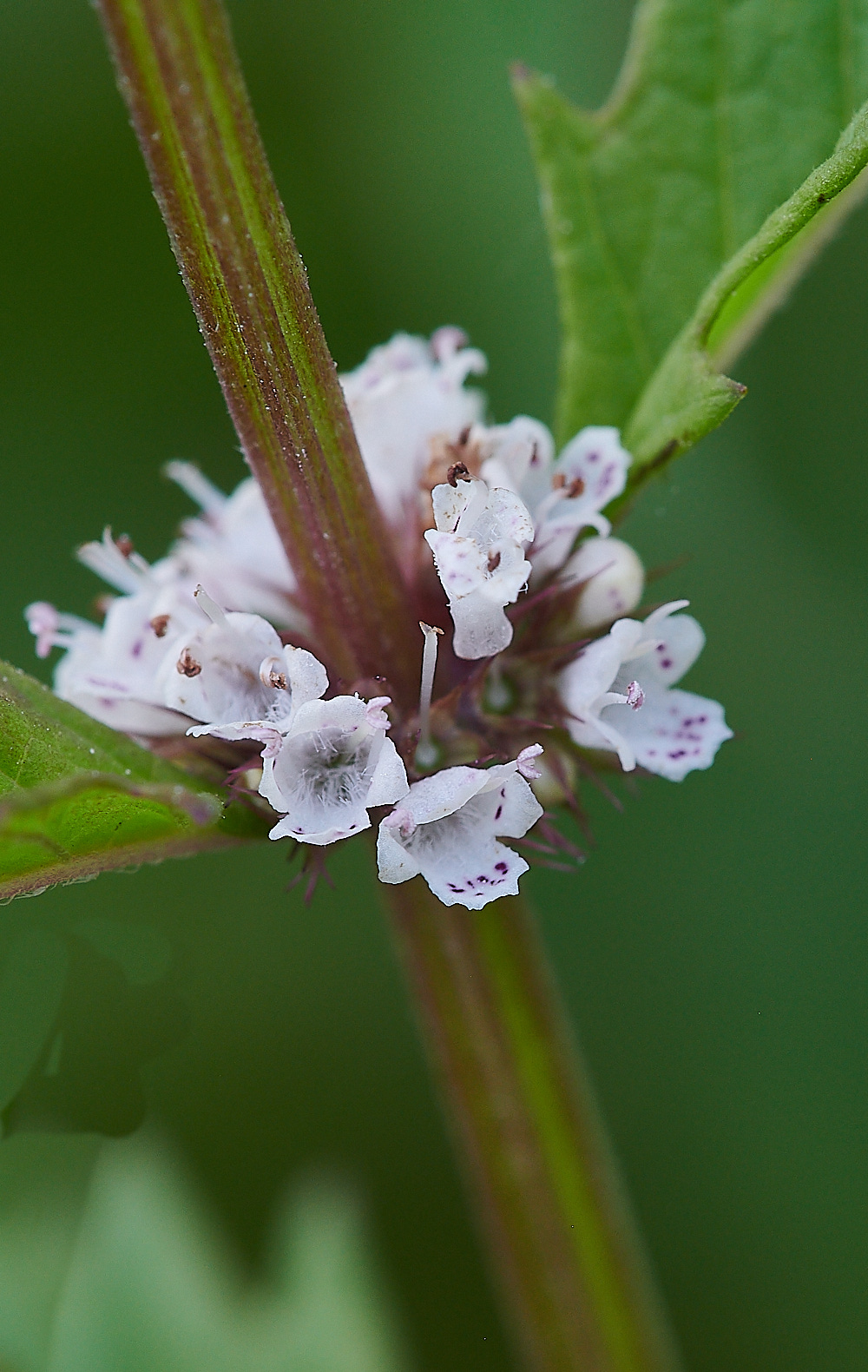
Gypsywort (Leucopus europaeus)

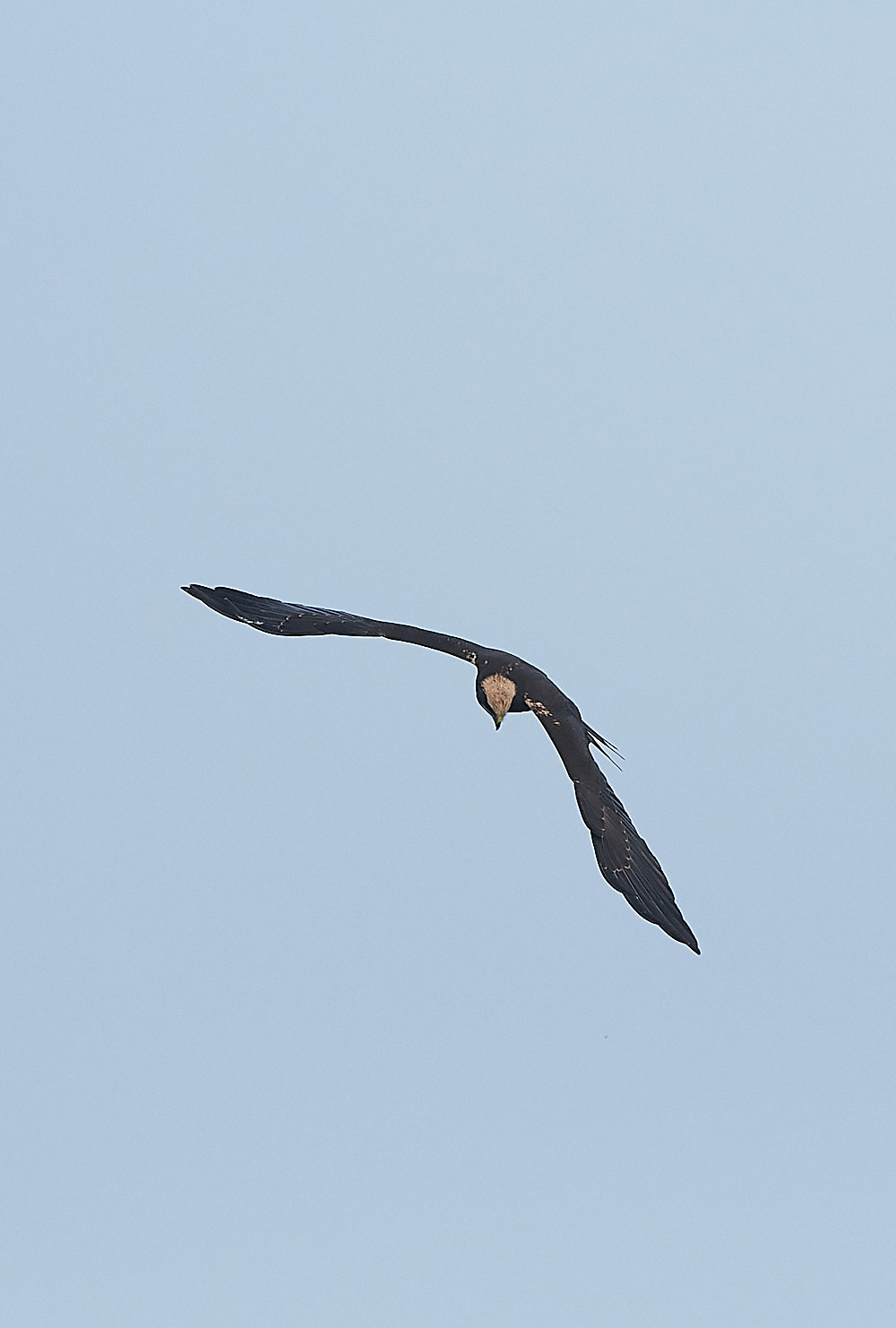

Marsh harrier being harried by the local Lapwings



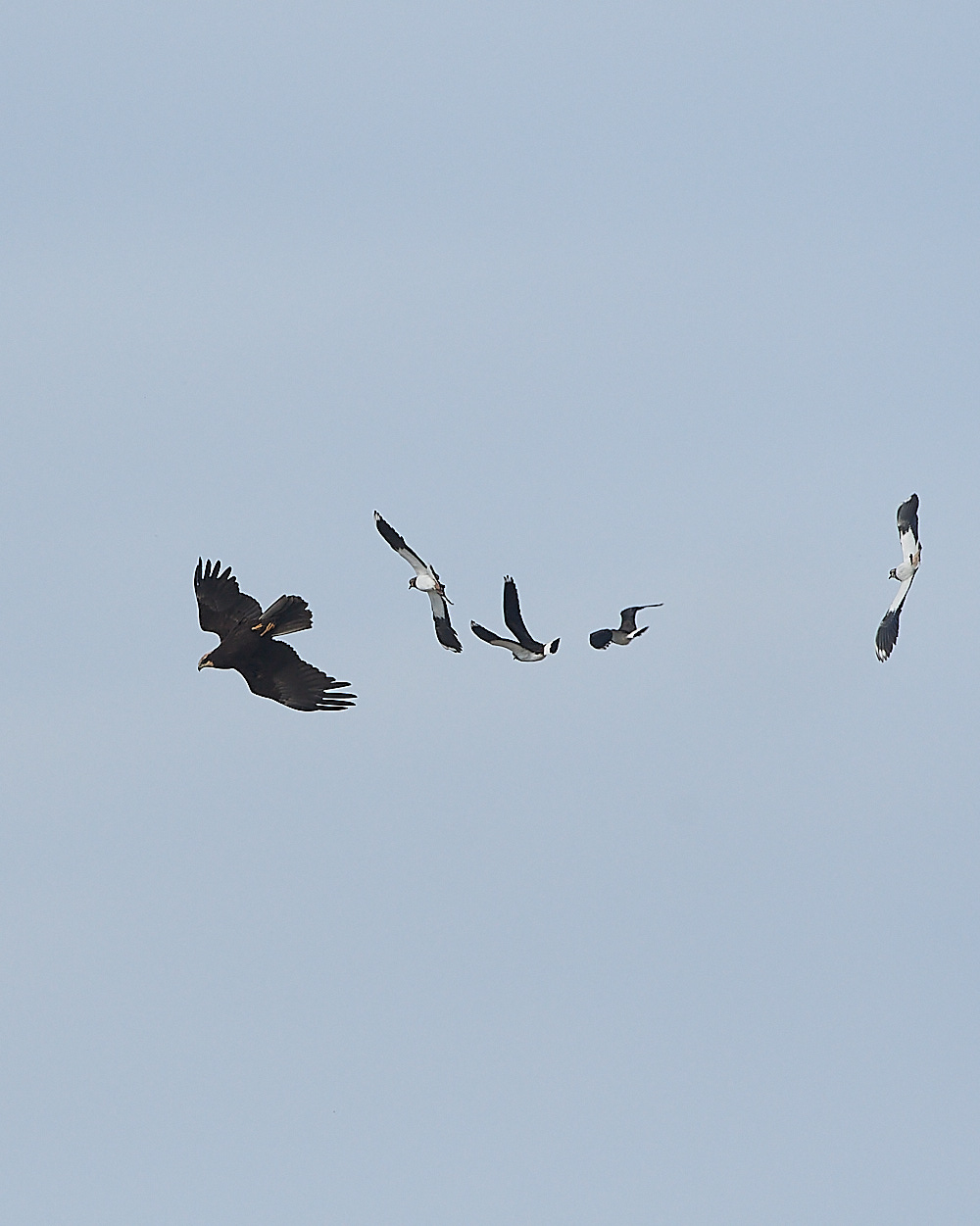

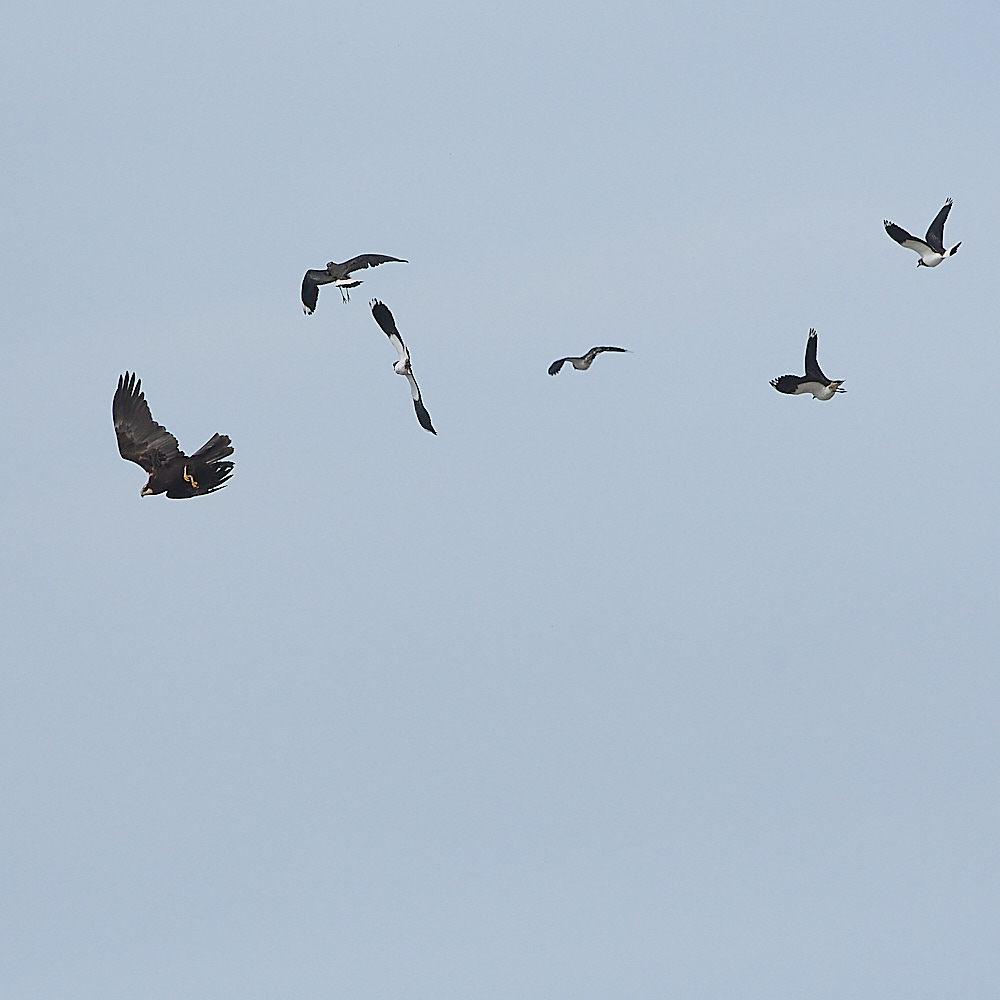
Even at this point in the season them Lapwings are not happy with the young Marsh Harrier
Wonderful patterns in the sky.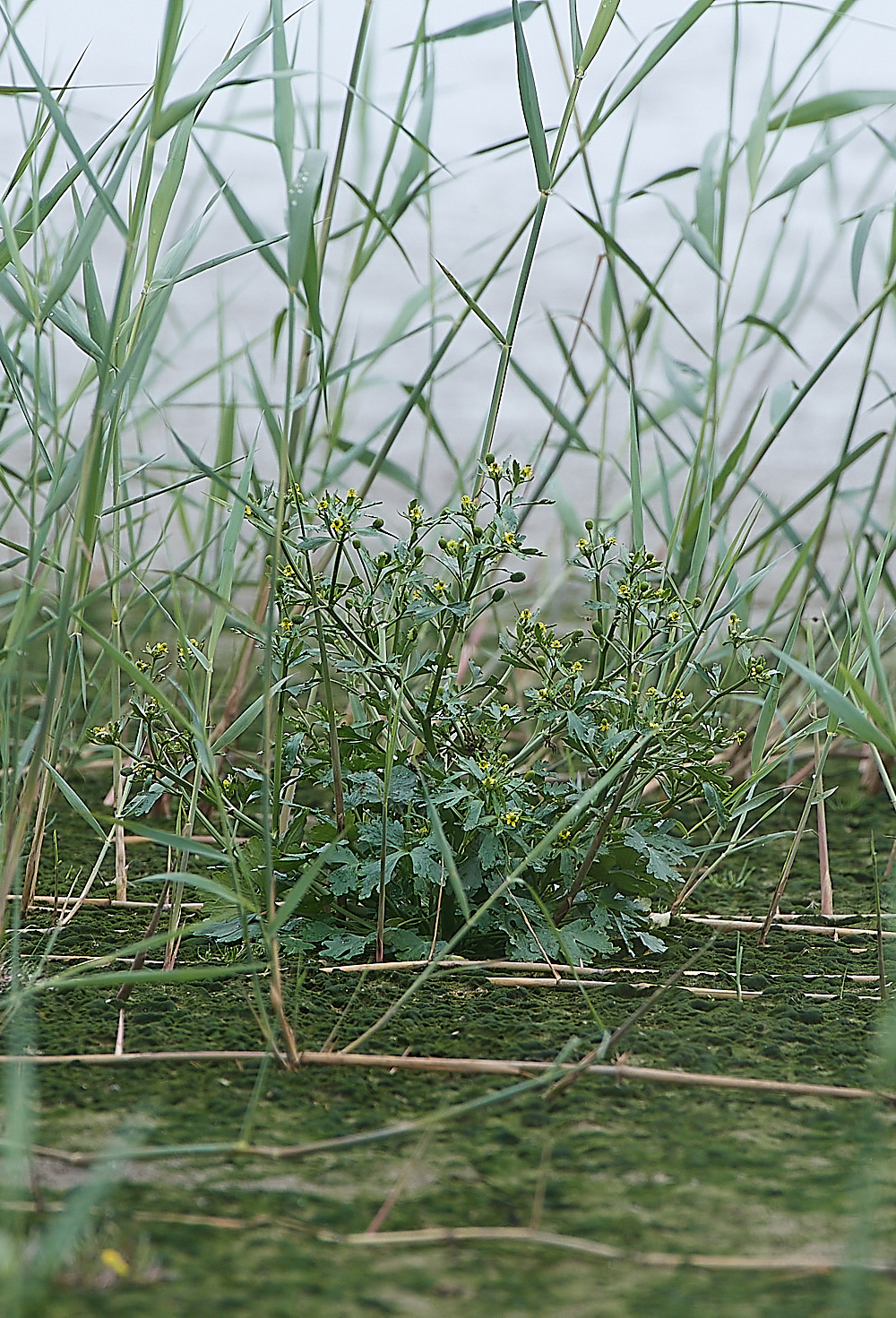
Celery-leaved Buttercup (Ranunculus scleratus)



Marsh Hog's Fennel (Peucedanum palustre) ? Finely serrated lobed leaves. 
Syrphus Sp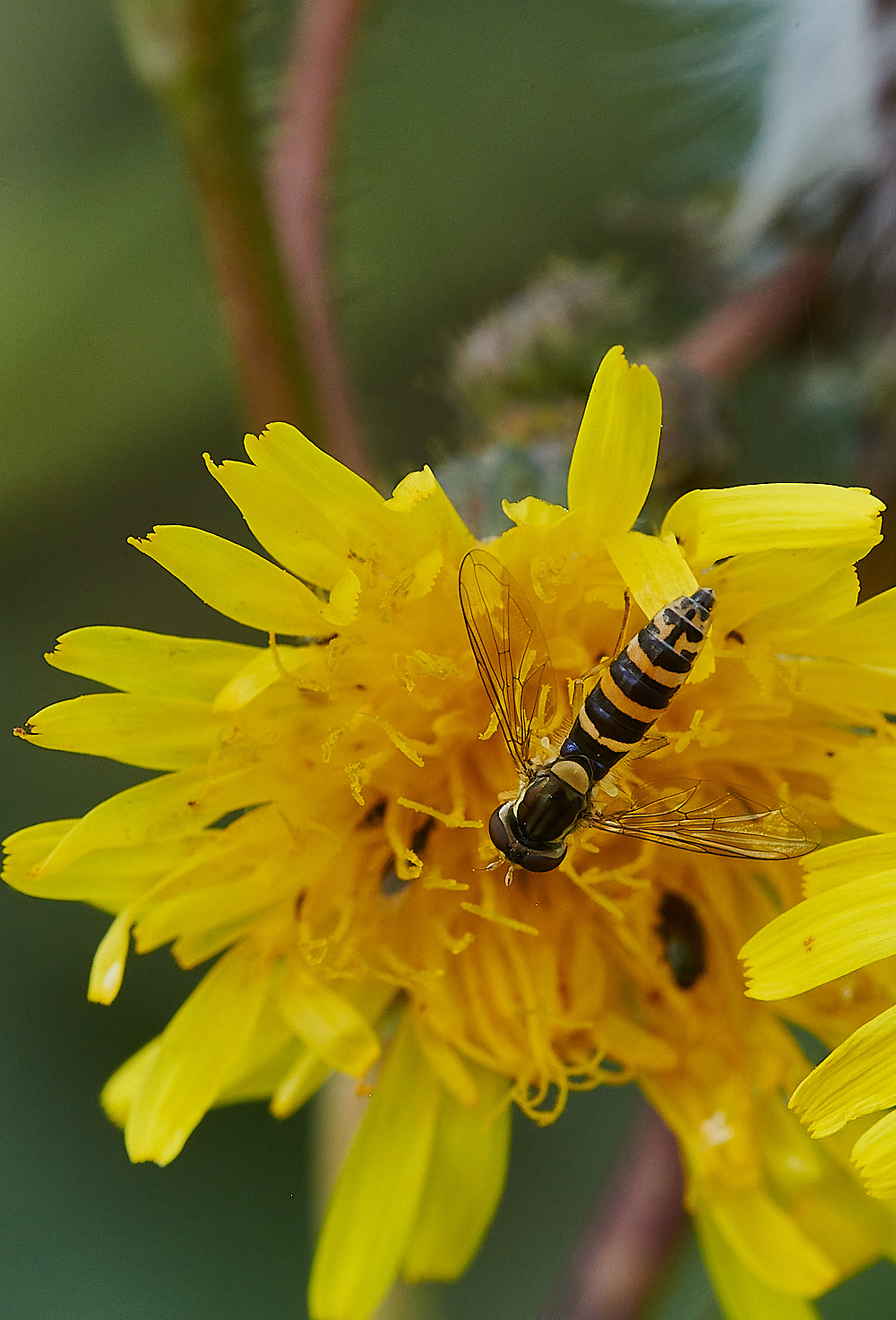
Sphaerophoria Sp
Holt Lowes

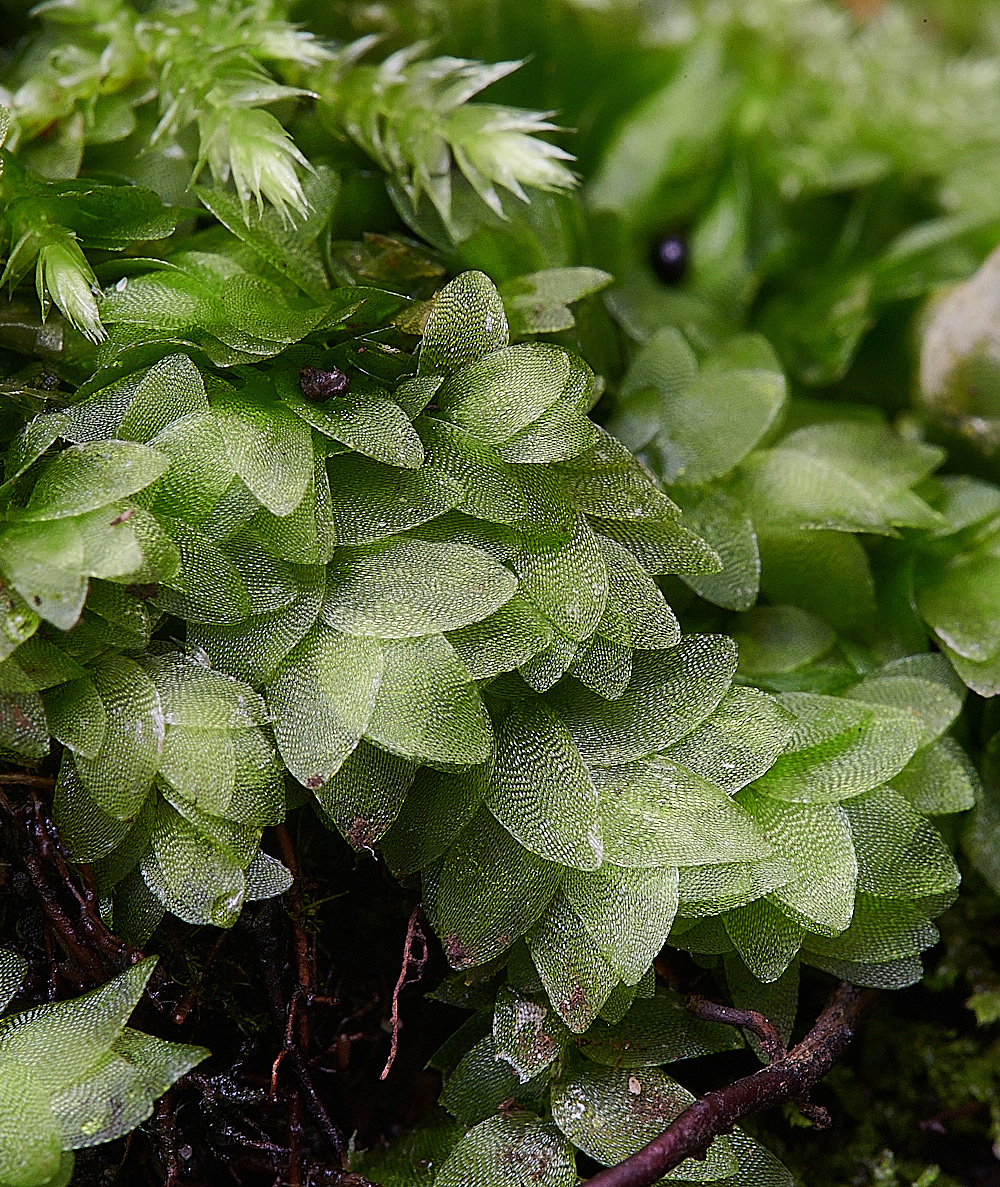





Very large cells, well spaced cells x 100
Shining Hookeria (Hookeria lucens)


Endive pellia (Pellia endiviifolia) going frilly. Quite spectacular.
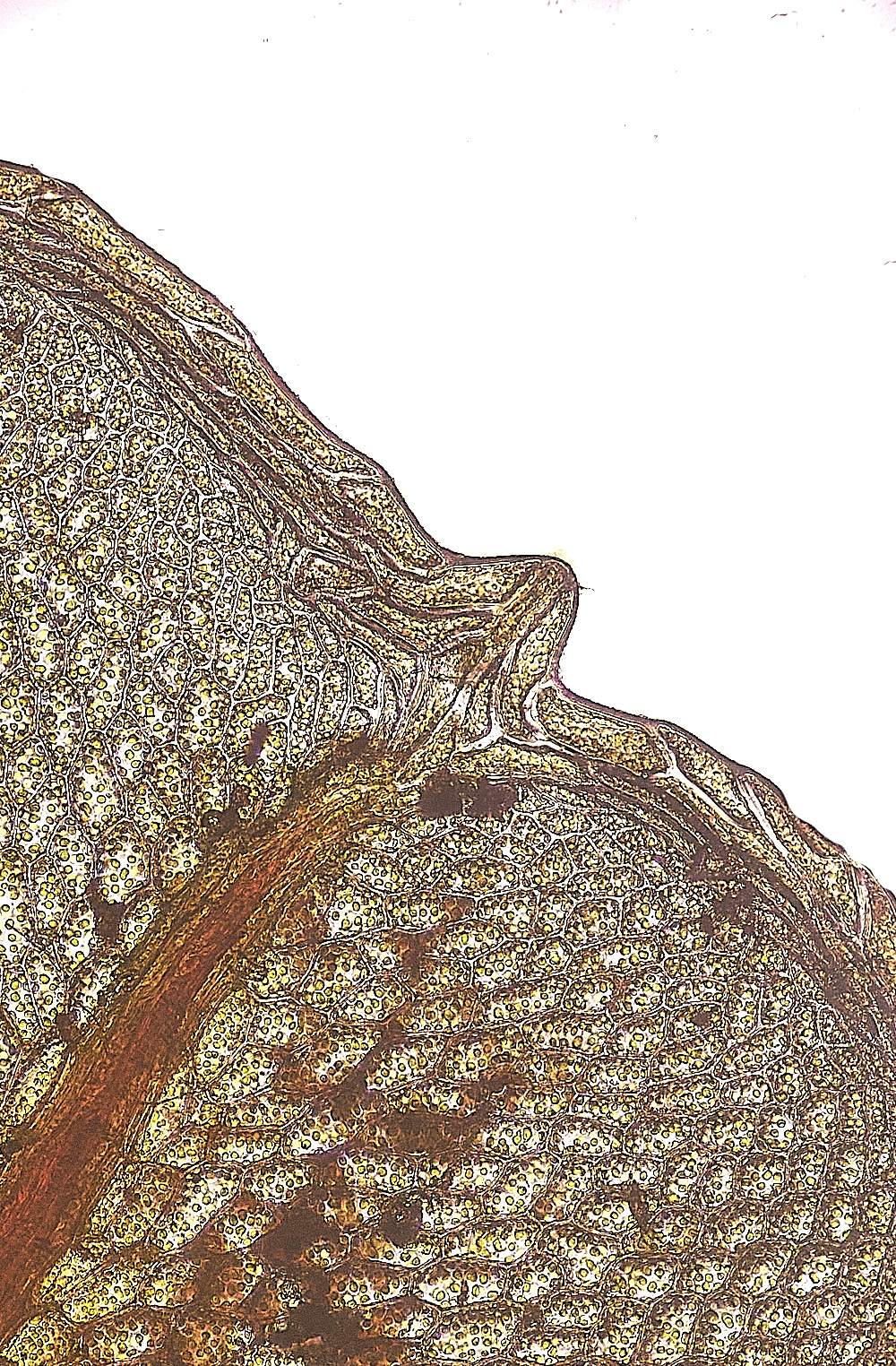
The very clear line of cells on the edge of the Moss
Dotted Thyme Moss (Rhizomnium punctatum)

Blunt-leaved Bog-moss (Sphagnum palustre)
?
Whitlingham

(Nicrophorous vespillo)
Box-tree Moth (Cydalima perspectalis)
Burnished Brass (Diachrysia chrysitis)
Black Arches (Lymantria monarcha)

Dusky Thorn (Ennomos fuscantaria)


Pineapple Lily (Eucomis bicolor)
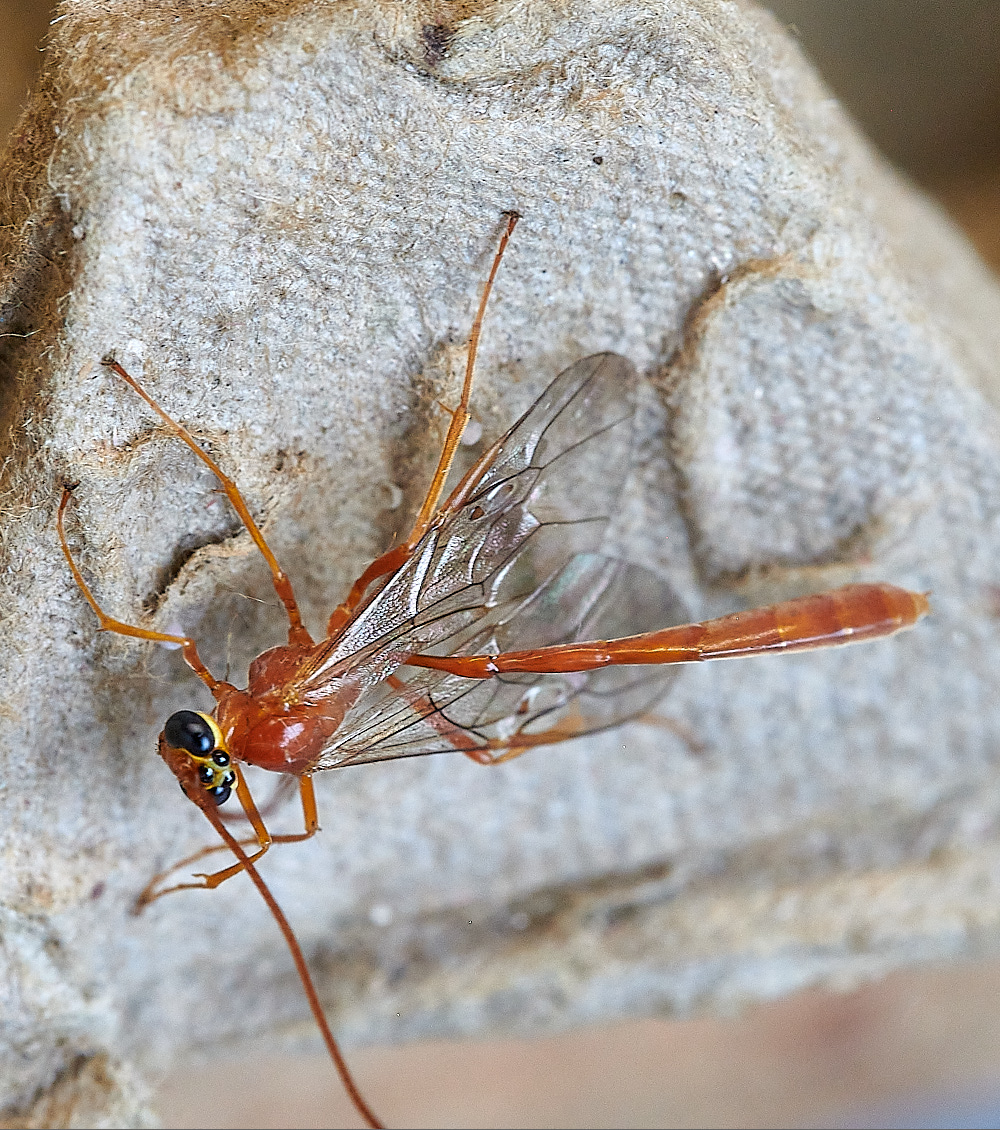

Ichneumon Sp
Iron Prominent (Notodonta dromedarius)


Coronet (Craniophora ligustri) These can be very variable.
Dusky Sallow (Eremobia ochraleuca)
Golden Triangle (Hypsopygia costalis)
Early Thorn (Selenia dentaria)
Lime-speck Pug (Eupethicea centaureata)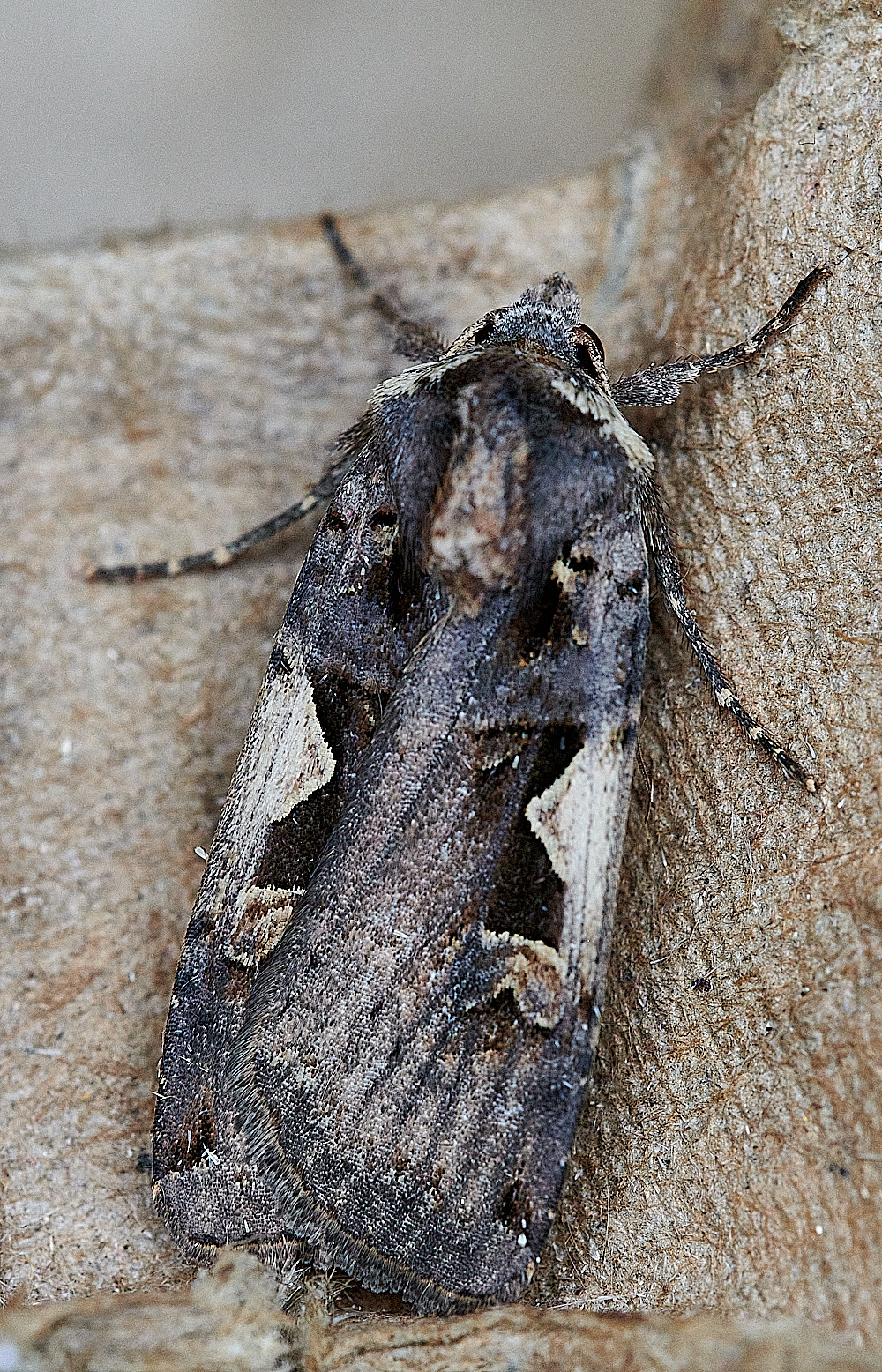
Setaceous Hebrew character (Xestia c-nigrum)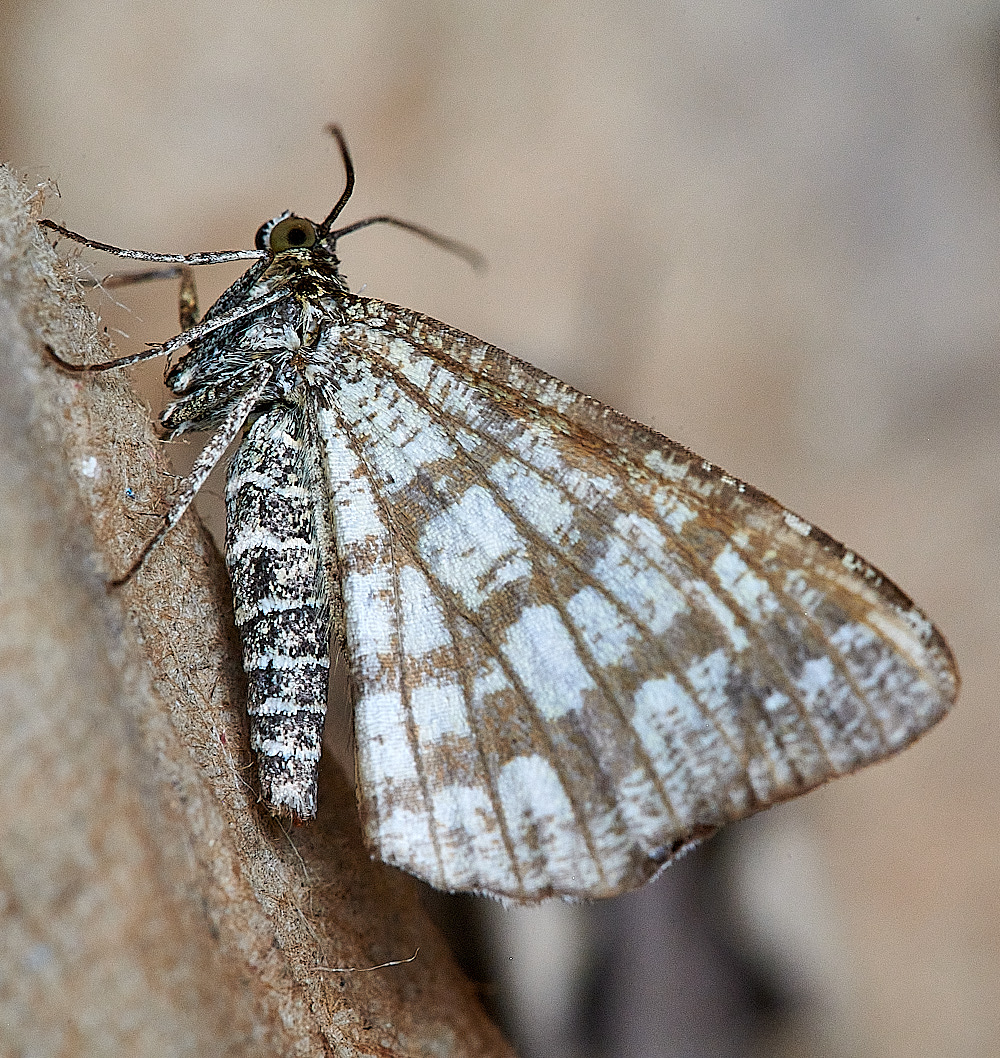
Latticed Heath (Chiasma clathrata)
Yellow Tail (Euproctis similis)
Dingy Footman (Eilema griseola)
Common Rustic (Mesapamea sedalis)
Ear Moth agg
Common Carpet (Eppirhoe alternata)
Flame Shoulder (Ochropleura plectra )
Tree Lichen Beauty (Cryphia algae)

Lesser Broad - bordered Underwing (Noctua janthe)

Mother of Pearl (Pleuroptia ruralis)
Peppered Moth (Biston betularia)


Pine Hawk-Moth (Sphinx pinastri)

Rosy Footman (Miltochrista miniata)


Ruby Tiger (Phragmatobia fuligonosa)
Spectacle Moth (Abrostola tripartita)
Houghen Plantation



Short Fringed Mining Bee (Andrena dorsatta) perhaps ?

White-tailed Bumble Bee ♂︎ (Bombus lucorum)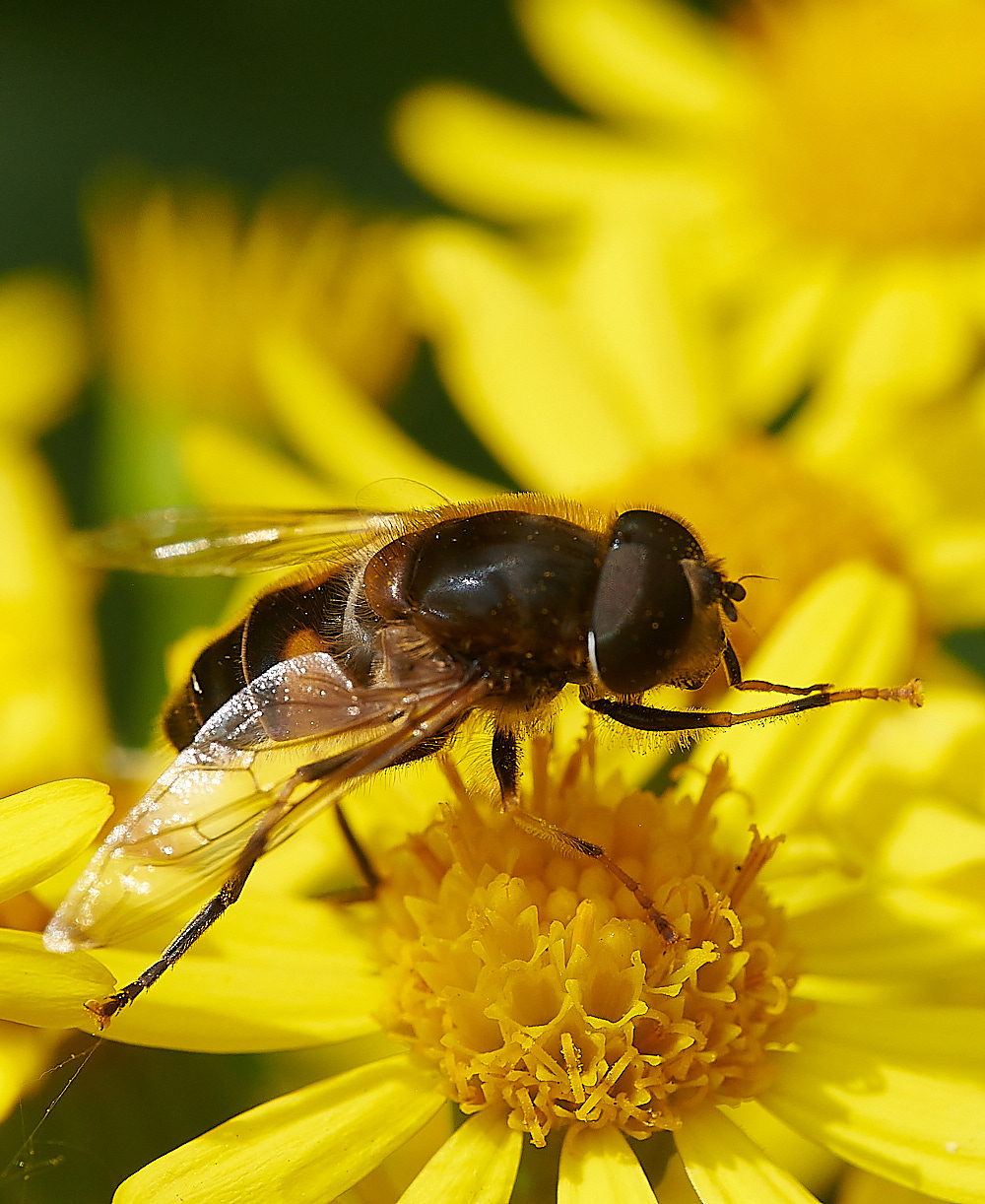




Eristalis pertinax ♂︎ 



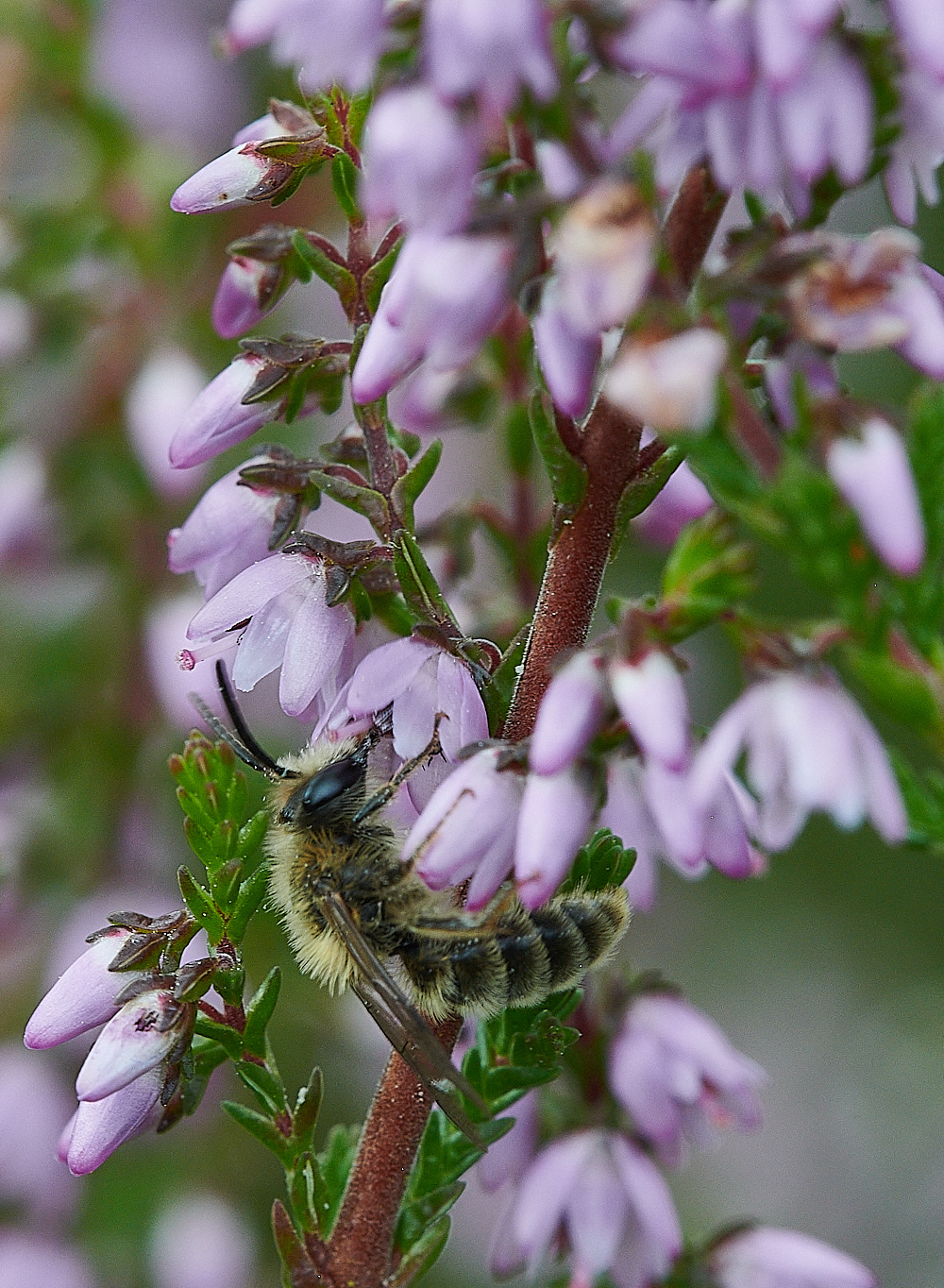
Heather Mining Bee (Andrena fuscipes) 
Platycheirus fulviventris ♀︎ perhaps?

Melanostoma scalare ♀︎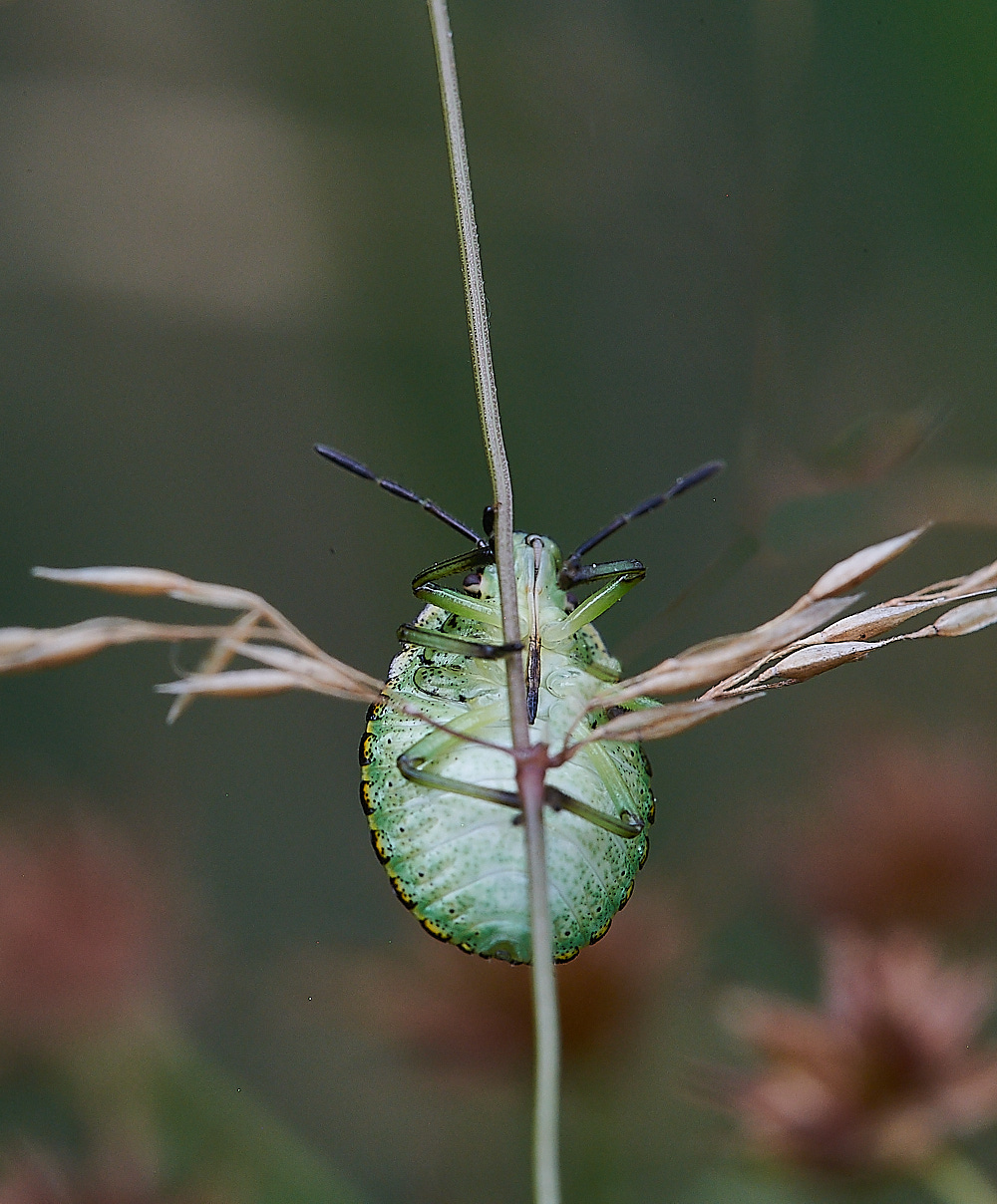
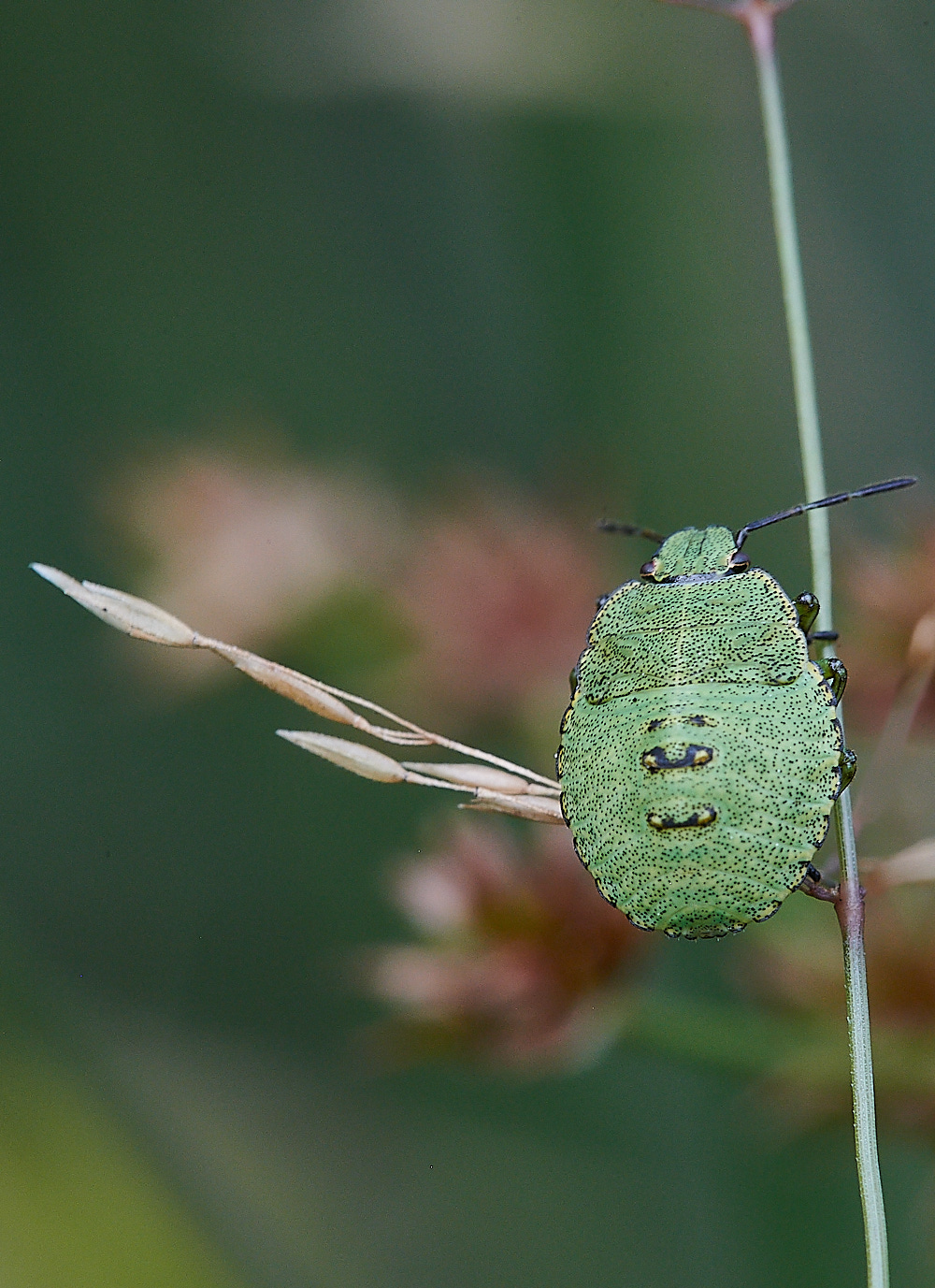
Common Green Shield Bug - 3rd Instar Nymph (Palomena prasina)
Ling (Calluna vulgaris)
Rush Sp


Ornate Tailed Digger Wasp (Cerceris rybyensis)

Sloe Bug (Dolycorus baccarum)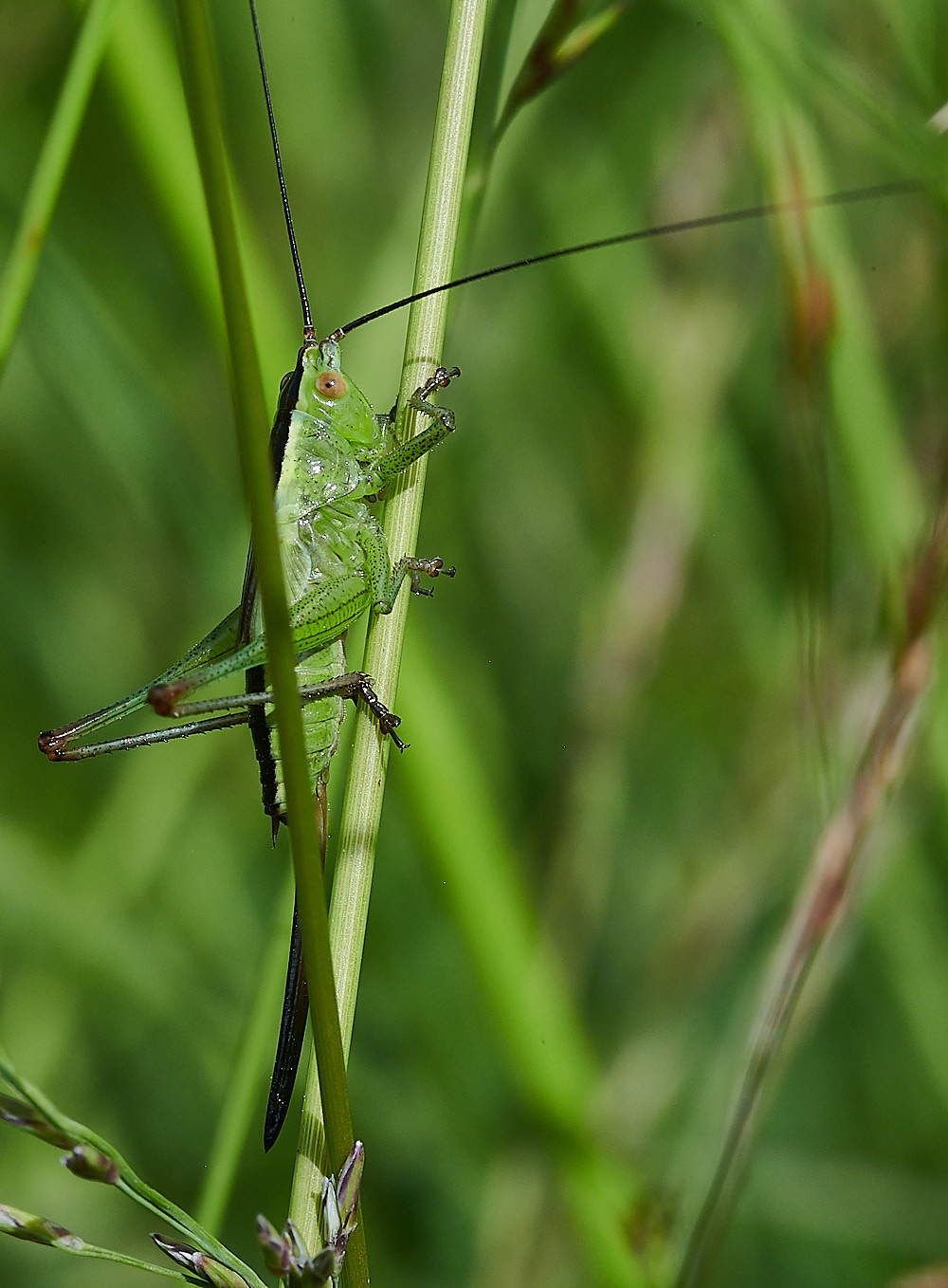
Short-winged Conehead ♂︎ (Conocephalus dorsalis)
Not quite
The conehead is a female Long-winged Conehead nymph - nymph
because the stripe is black not brown (hence why the wings aren't fully developed)
Thanks to @NorfolkNats for the id correction.
Spider Sp
The images below I thought were
Tormentil Mining Bee (Andrena tarsata)
Things are never quite that simple.
Apparently there are a number of A dorsata in amongst these pictures.
Nick Owens comment
Some of the tormentil bees are Andrena dorsata – but very worn. They have more distinctive white side-bands and rufous hairs on the thorax – also a bit bigger I think.
The tibia is dark not orange as in A. tarsata though you can’t see this under the pollen.
So I'm going to put a D to ones I think are A dorsata looking for the distinctive white side bands and rufous hairs on the thorax.

?

White side Bands not distinctive and no visible rufous hairs.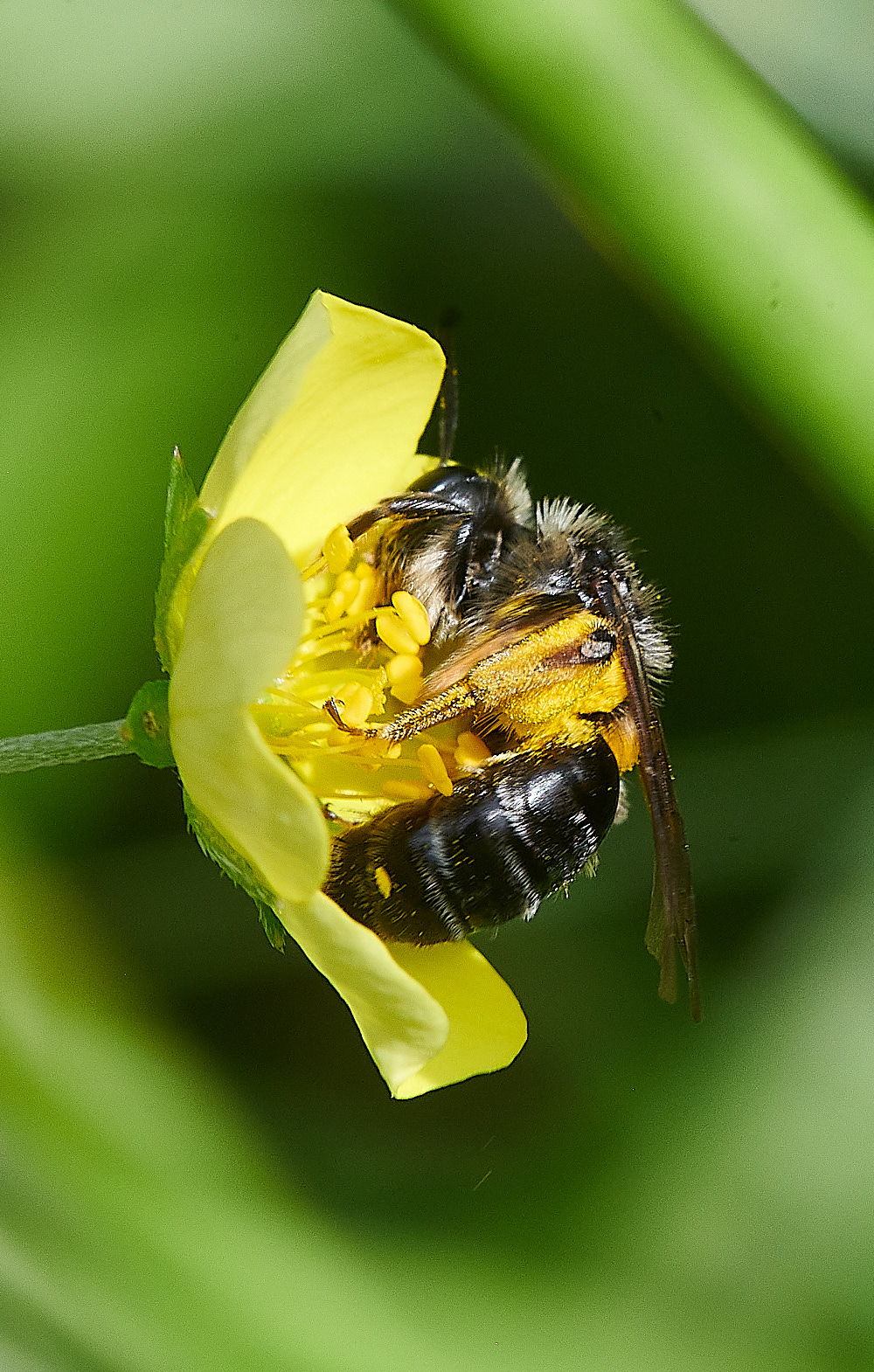
White side Bands not distinctive and no visible rufous hairs.
White side bands too distinctive perhaps
D
White side Bands not distinctive. A touch of orange on the thorax?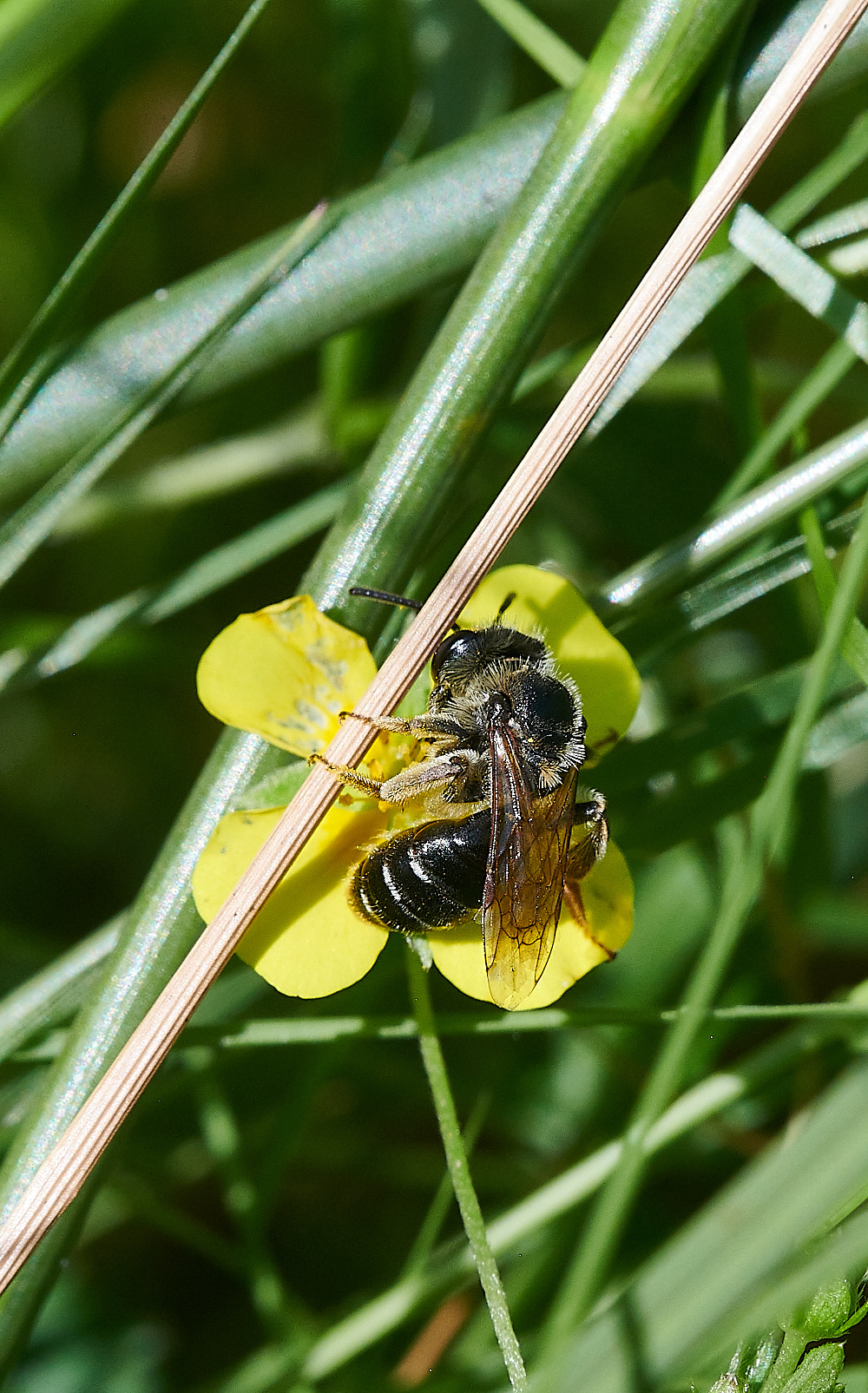
White side Bands not distinctive.
White side Bands not distinctive but visible orange hairs on thorax.
D?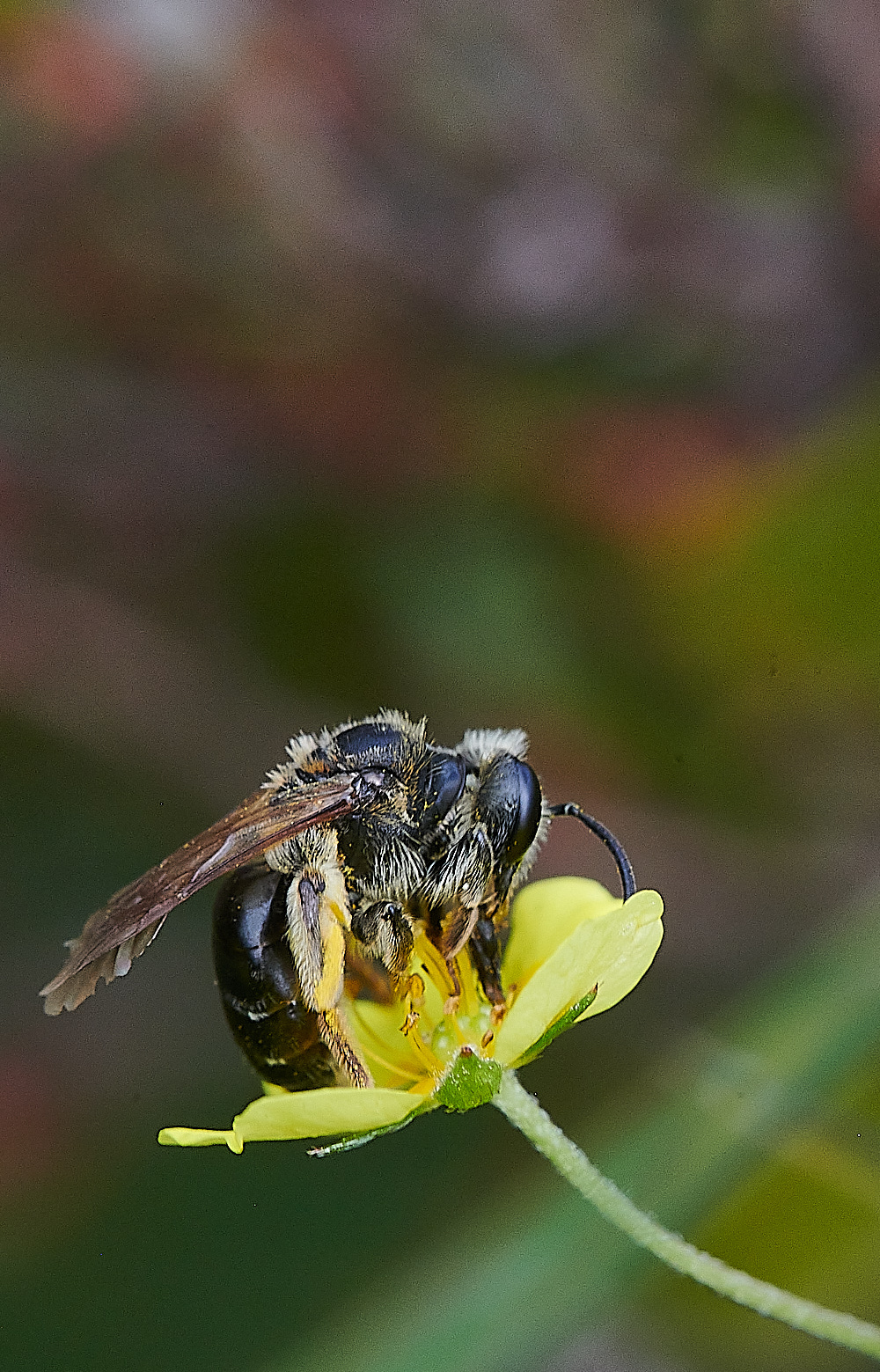
White side Bands not distinctive but visible orange hairs on thorax.
D?
Difficult ?
Rufous hairs on thorax D
White side bands not distinctive and no rufous hairs.
White side bands not distinctive and no rufous hairs.
Distinctive side bands - D
Distinctive white side bands and rufous hairs - D
Distinctive white side bands and rufous hairs - D
Distinctive white side bands and rufous hairs - D
Distinctive white side bands and rufous hairs - D
Distinctive white side bands and rufous hairs - D
?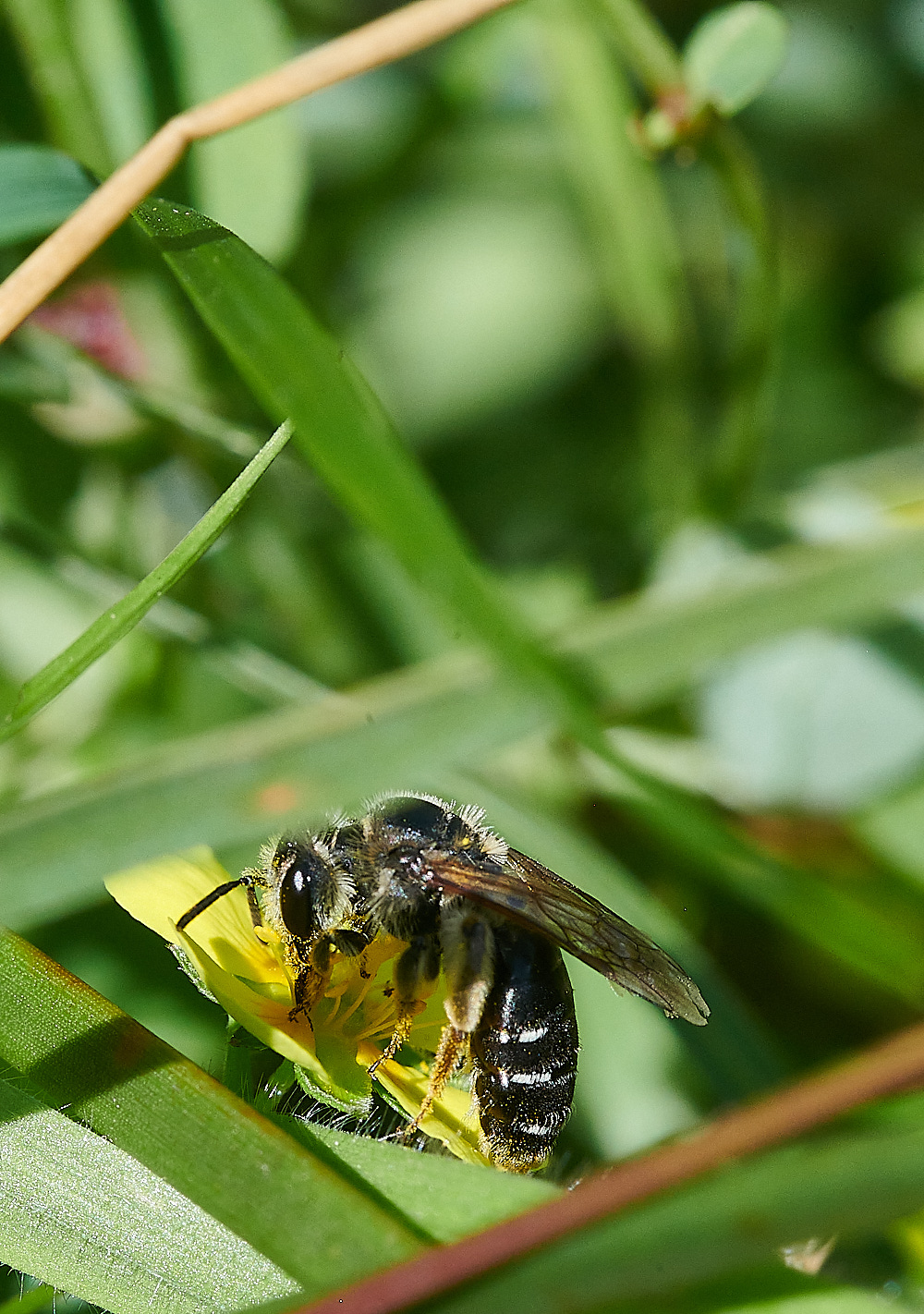

Distinctive white side bands and rufous hairs - D
Tormentil Mining Bee (Andrena tarsata)
Things are never quite that simple.
Apparently there are a number of A dorsata in amongst these pictures.
Nick Owens comment
Some of the tormentil bees are Andrena dorsata – but very worn. They have more distinctive white side-bands and rufous hairs on the thorax – also a bit bigger I think.
The tibia is dark not orange as in A. tarsata though you can’t see this under the pollen.
So I'm going to a D to ones I think are A dorsata
Thus If I managed to find one Tormentil Mining Bee I was lucky.
Next Year!!
Tormentil (Potentilla erecta)

Black-banded Spider Wasp (Anoplius viaticus)
Whitwell Common

Angelica Floret (Angelica archangelica)

Common Bistort (Persicaria bistorta)
Gall on Bistort leaves showing the exuvia of the Gall Midge (Watchtliella persicaria)

Choke (Epichloe typhina) on Yorkshire Fog (Holcus lanatus)
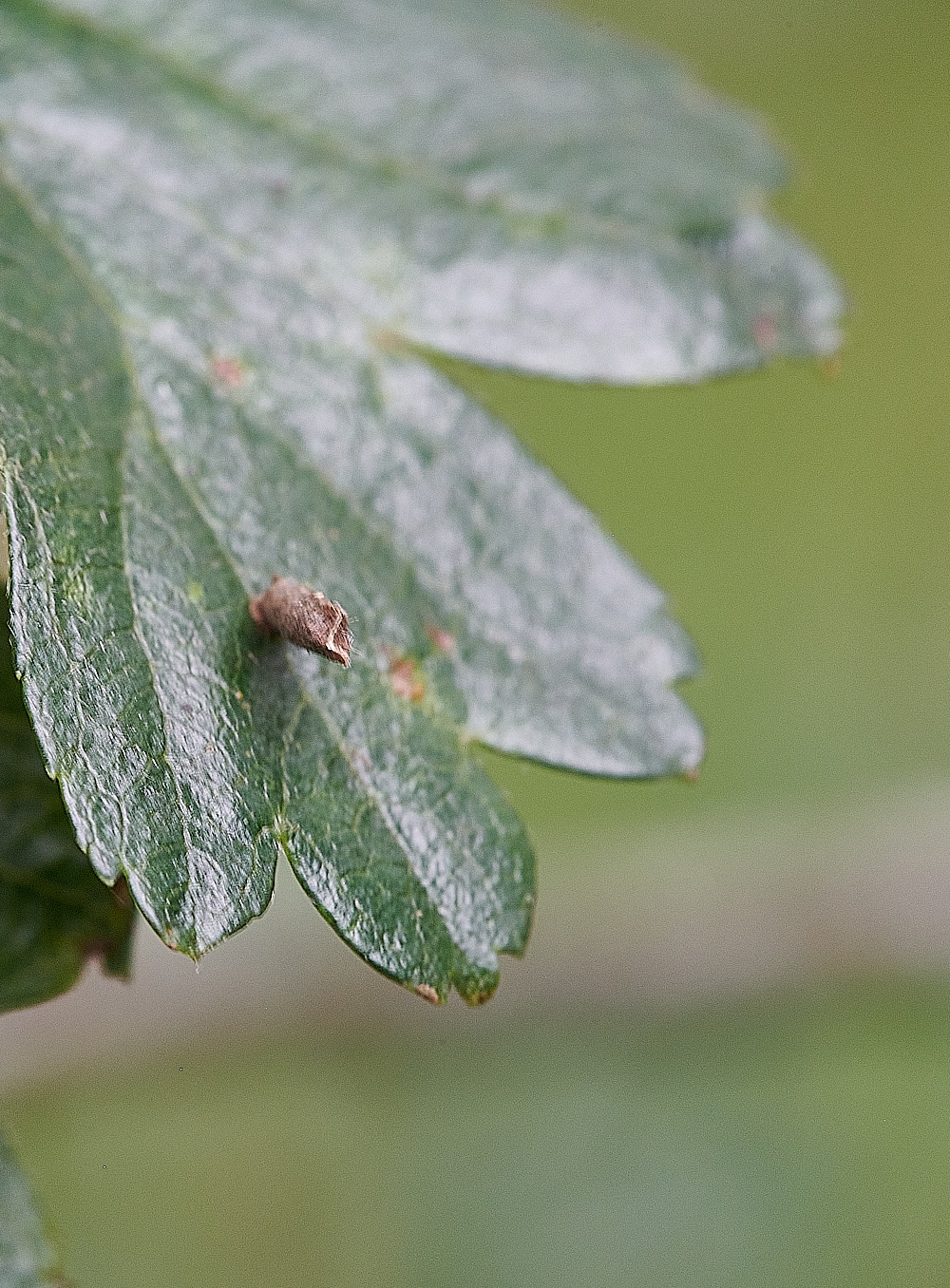
Egg cases 

Entoloma Sp (Pink Gills)

Ergot (Clavicepes Sp) on False Oat Grass (Arrhernatherum elatius)
Meadowsweet Gall caused by the gall midge Dasineura pustulans
Wasp Sp? Not the best picture but have left it in because it's not one I have seen before.
Nut Disco (Hymenoschyphus fructigenus)
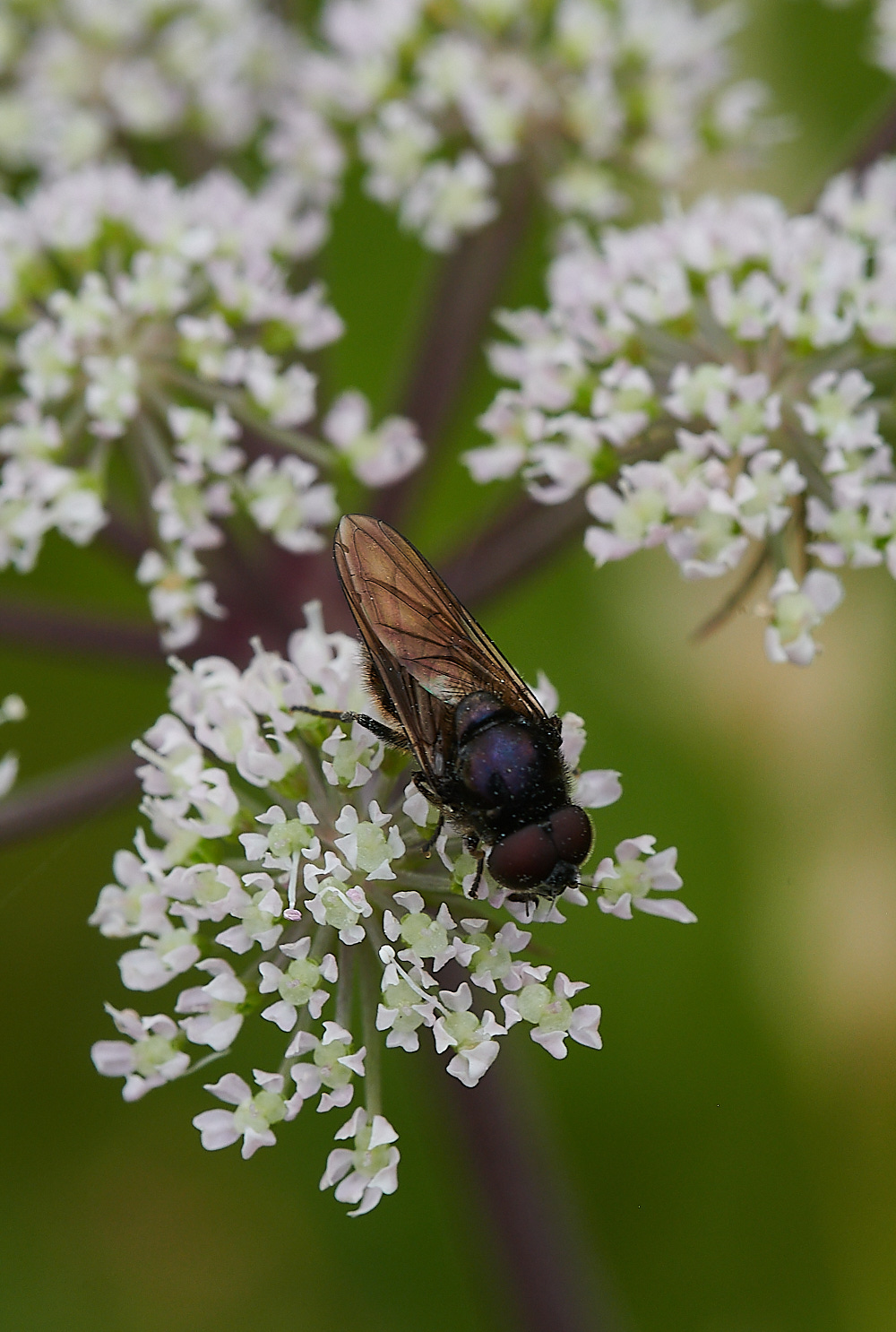


Sphaerophoria Sp mating
Sphaerophoria Sp ♀︎
Mealy bug Sp (Pseudococcus Sp)

Oak Bush Cricket (Meconema thalassinum)



SawflySp
Syritta pipiens
Cley






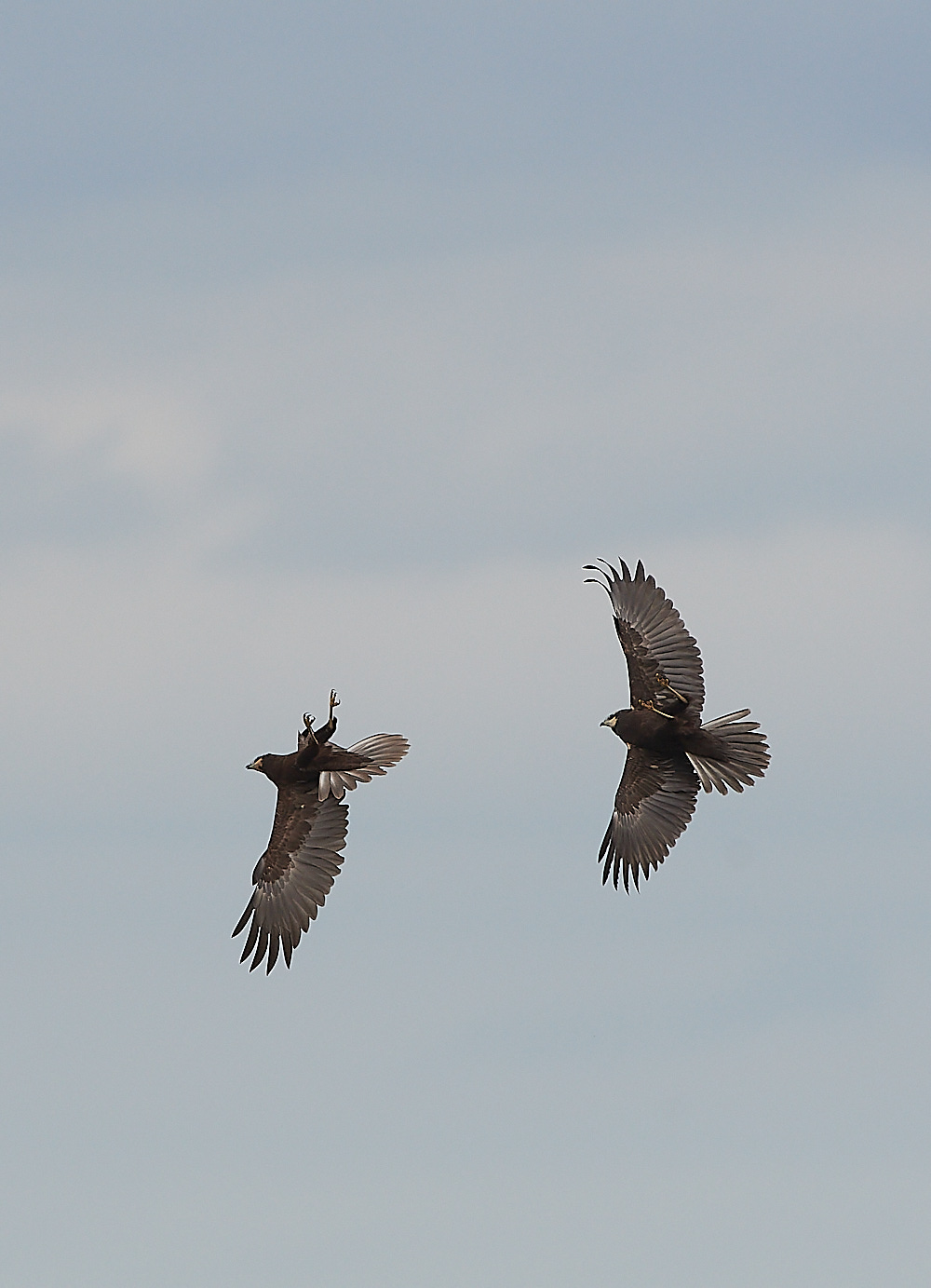






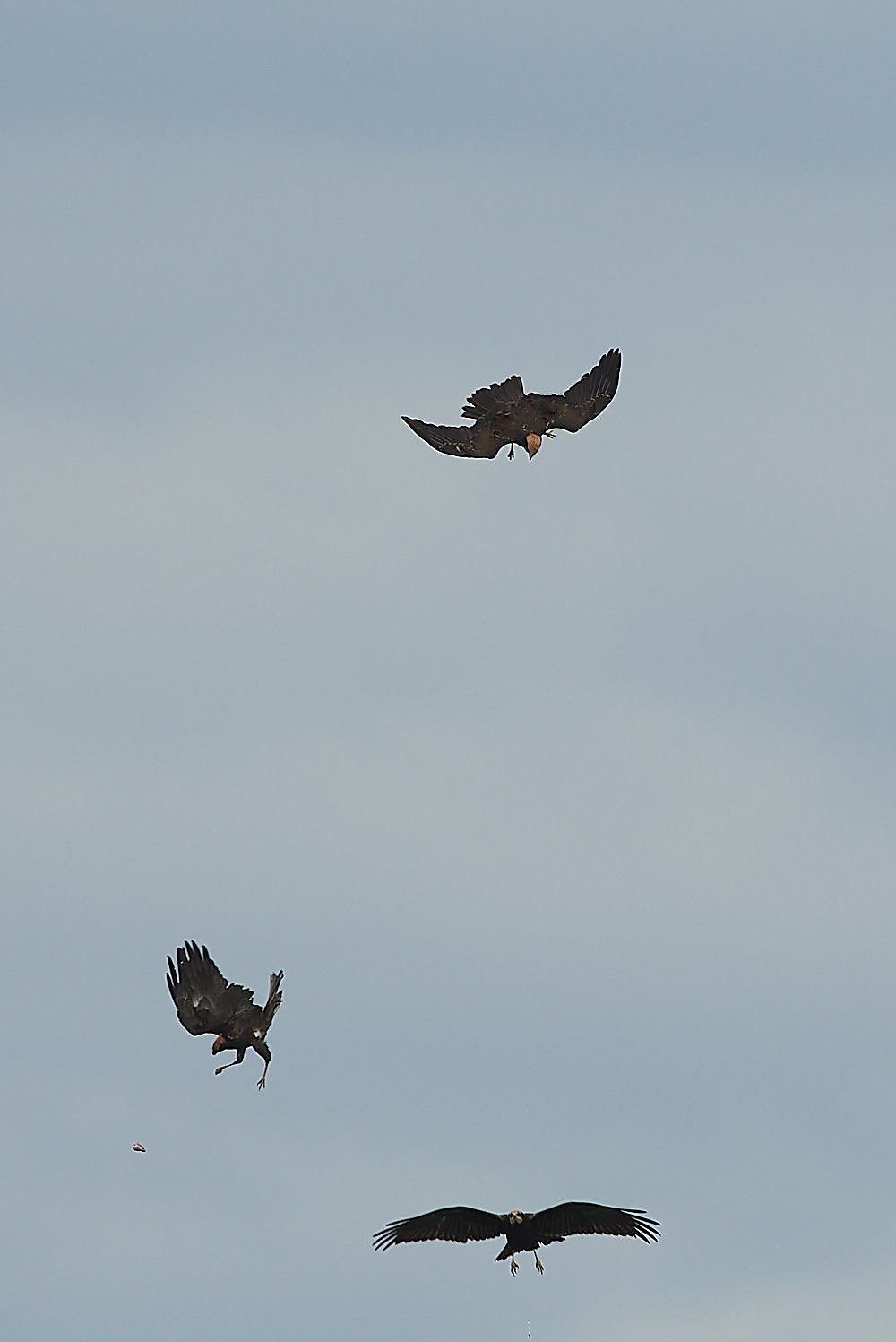






Marsh Harrier (Circus aeruginosus)

Ruff (Philomachus pugnax)
Black-tailed Godwit (Limosa limosa)
Snettisham




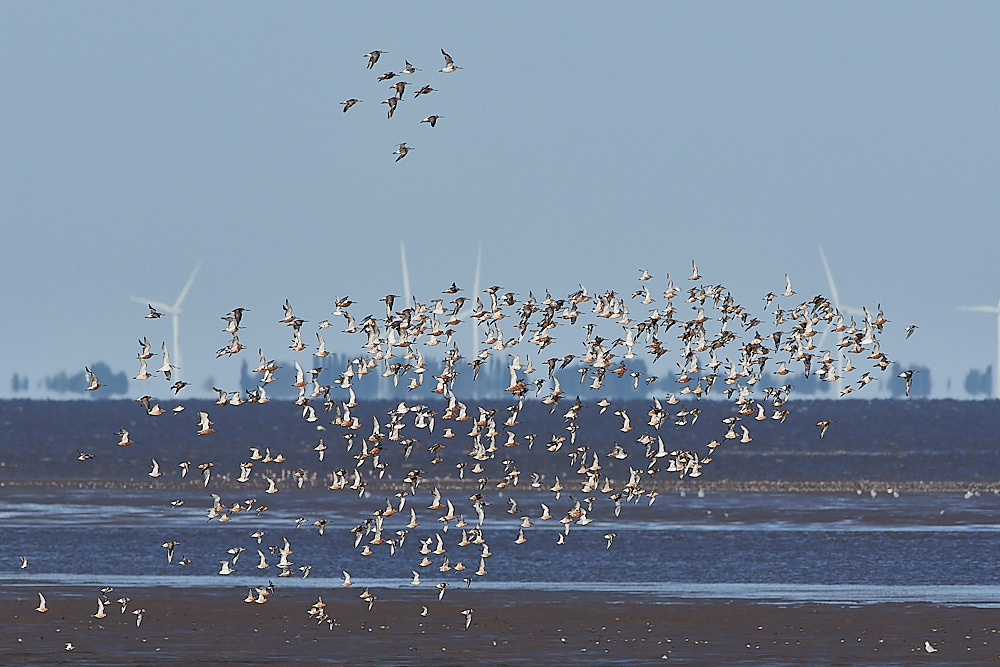






Common Seal (Phoca vitulina)
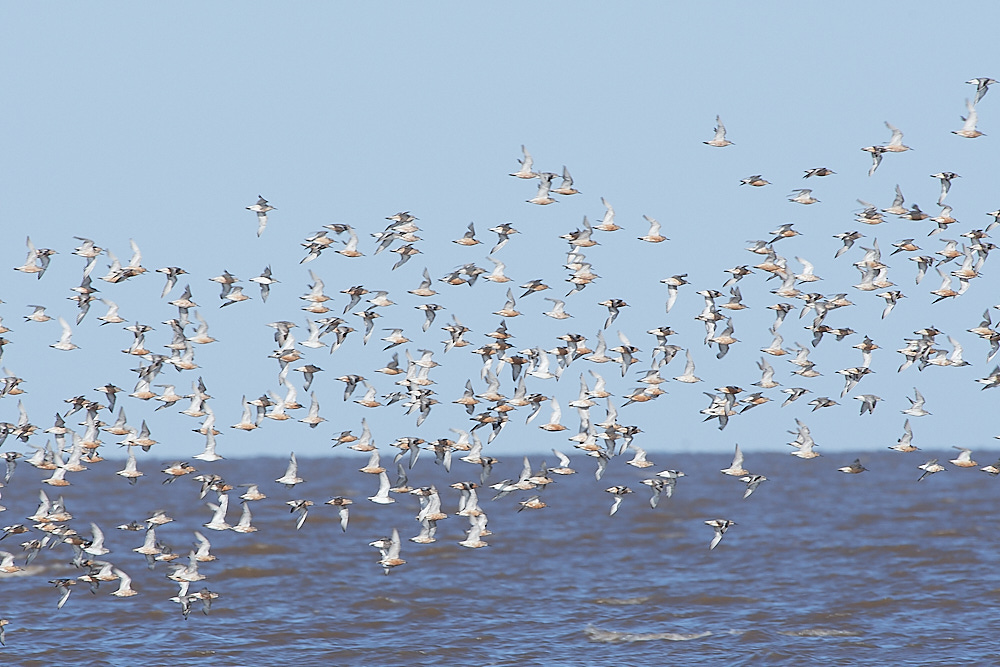









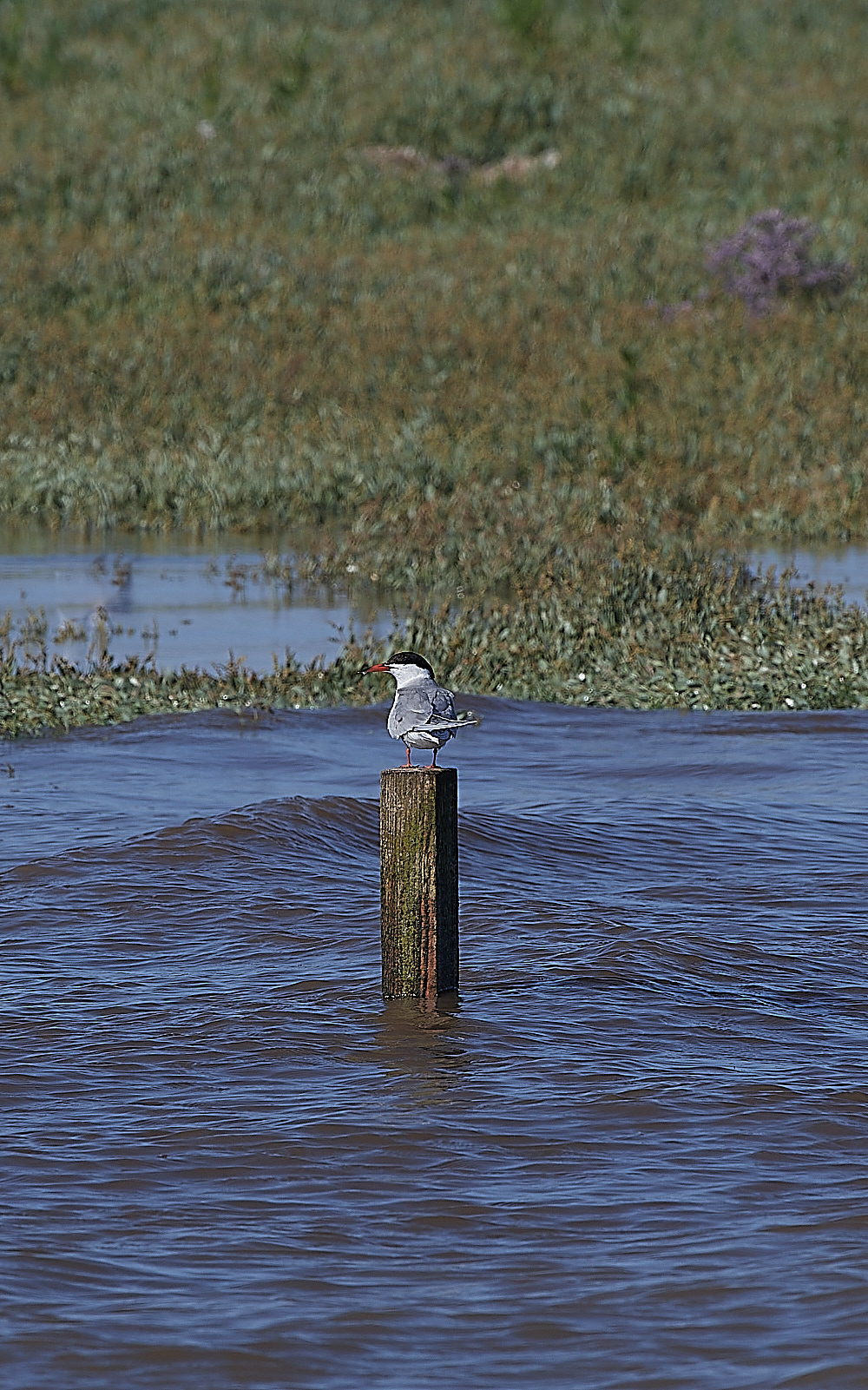
Common Tern (Sterna hirundo) 









Hobby (Falco subbuteo)
Turtle Dove (Streptopelia turtur)
There are some larger versions of some of the pictures here.
Roydon Common



Small Sandpit Mining Bee Two males tussling for about 8-10 minutes.







A prolonged mating that went on for at least fifteen minutes.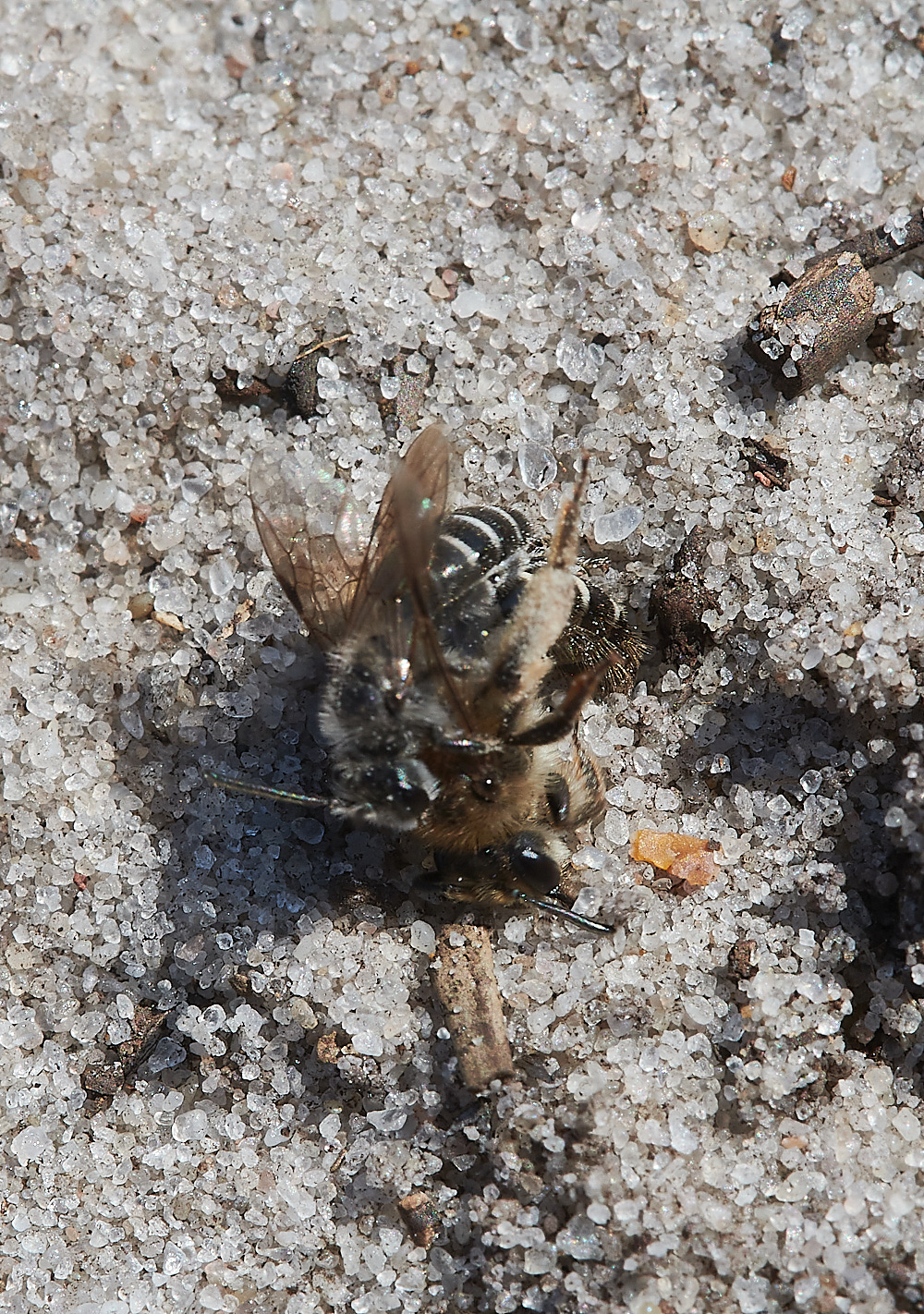
Lots of mating activity today.
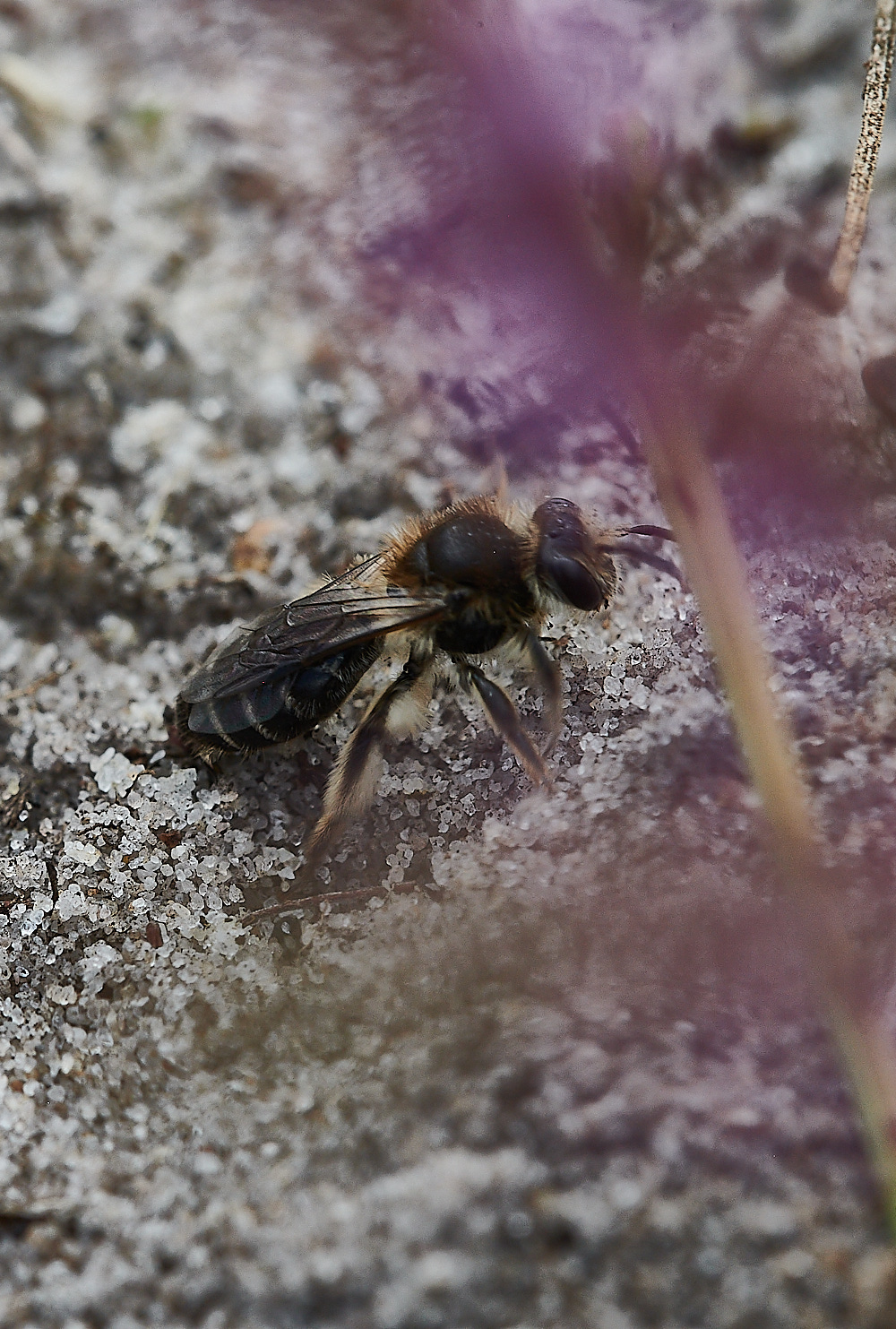


This particular female took four goes before she found her tunnel.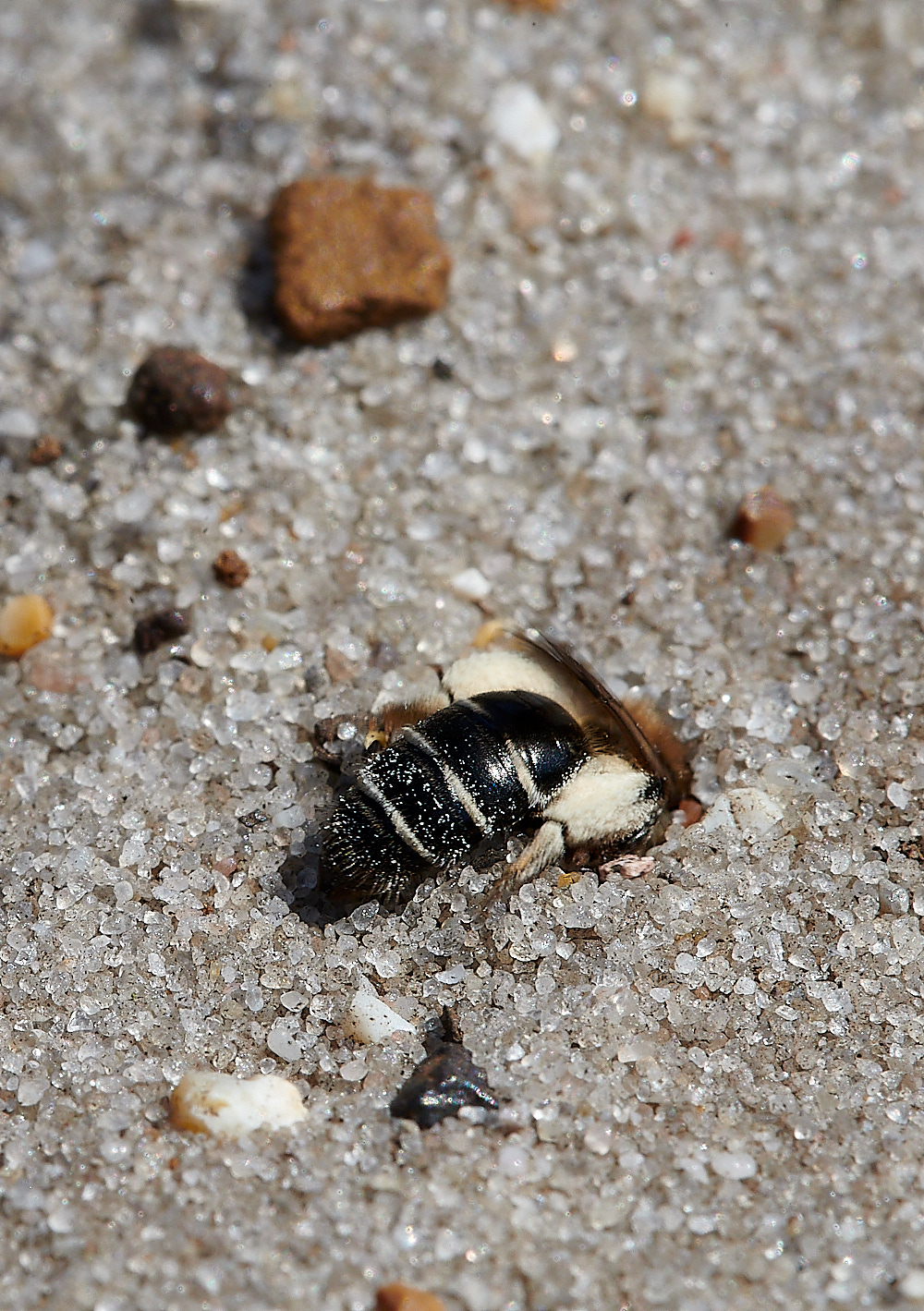
Disappearing through the sand.
Small Sandpit Mining Bee (Andrena argenta)
A predatory Fly Sp
Leucophora grisella, a summer flying shadow/satellite fly (cleptoparasite) of the bee.


The ever present Nomada Bear-clawed Nomad Bee ♀︎ (Nomada baccata)

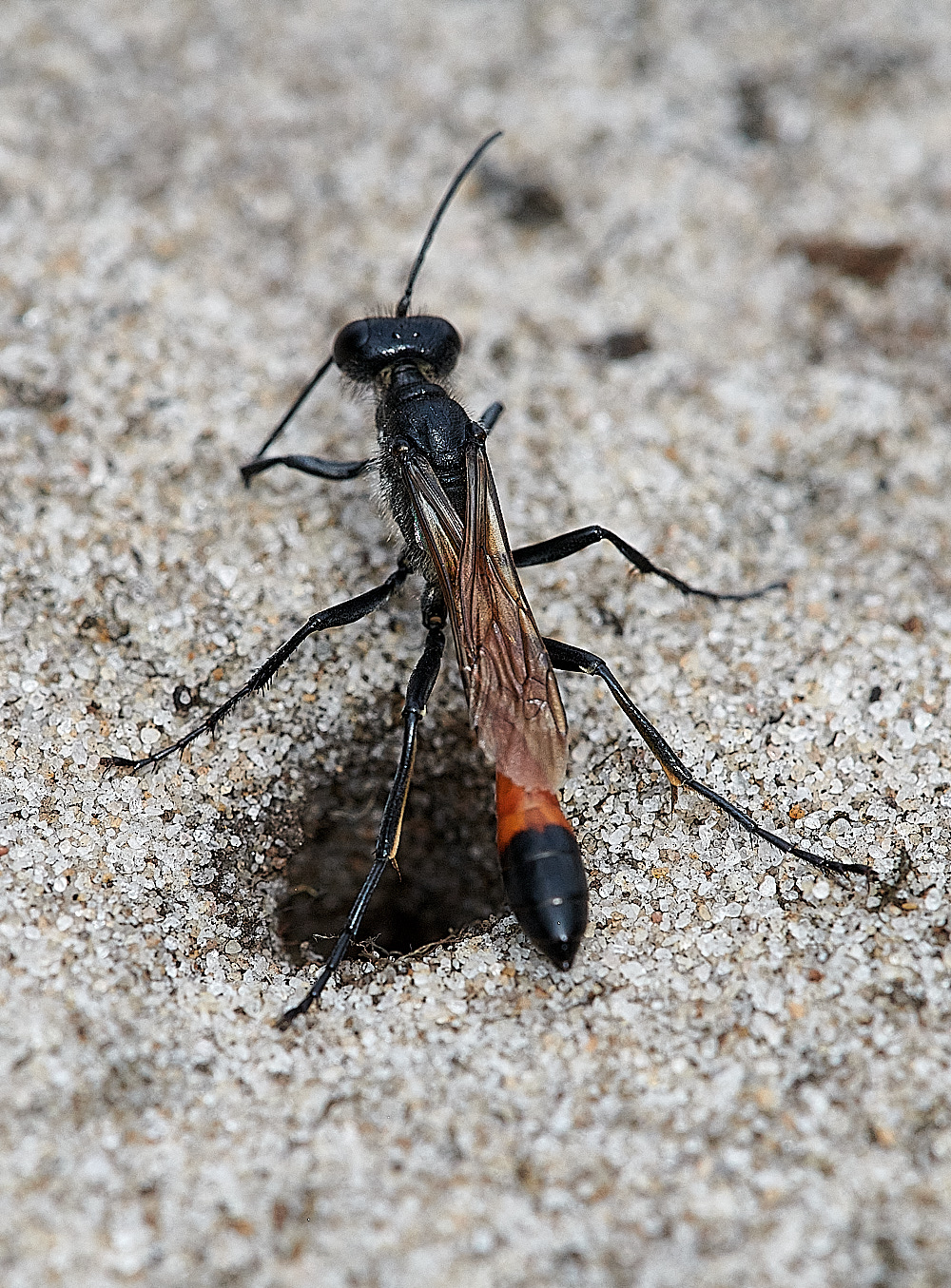




Red Banded Sand Wasp (Ammophila sabulosa)
Actually
Heath Sand Wasp (Ammophila pubescens)
I didn't look hard enough at the wing vexation pattern.
Brimstone (Gonepteryx rhamni)

♂︎
More likely a very worn Sivery Leafcutter Bee (Megachile leachella)
Note the dark hairs near the tip of the scopa.
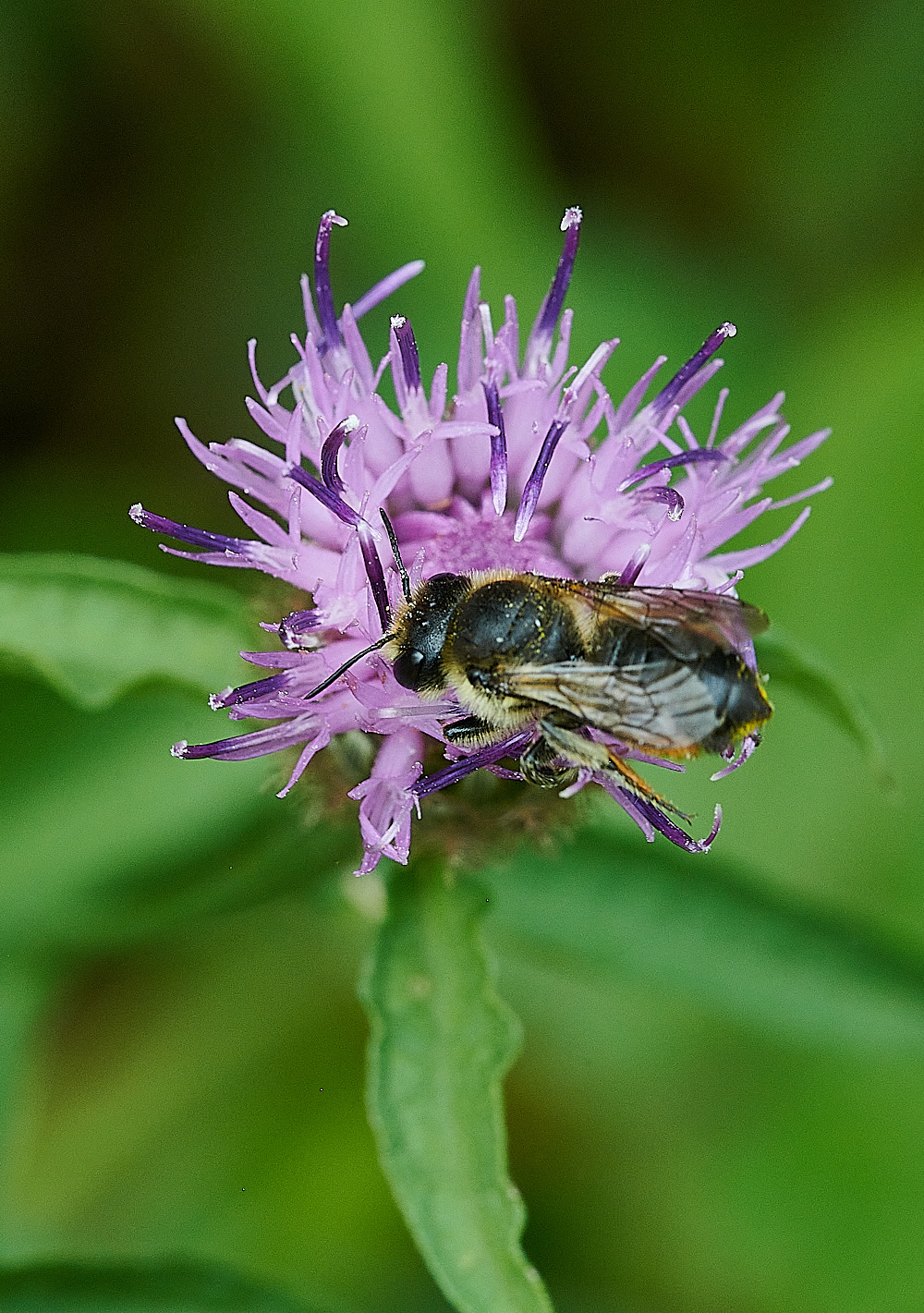
♀︎
Patchwork Leafcutter Bee (Megachile centuncularis)
The dark hairs near the tip of the scope make this a Brown Footed Leafcutter Bee (Megachile versicolor)
A countryside version of the Patchwork Leafcutter Bee
As ever thanks to Nick Owens for comments and corrections.
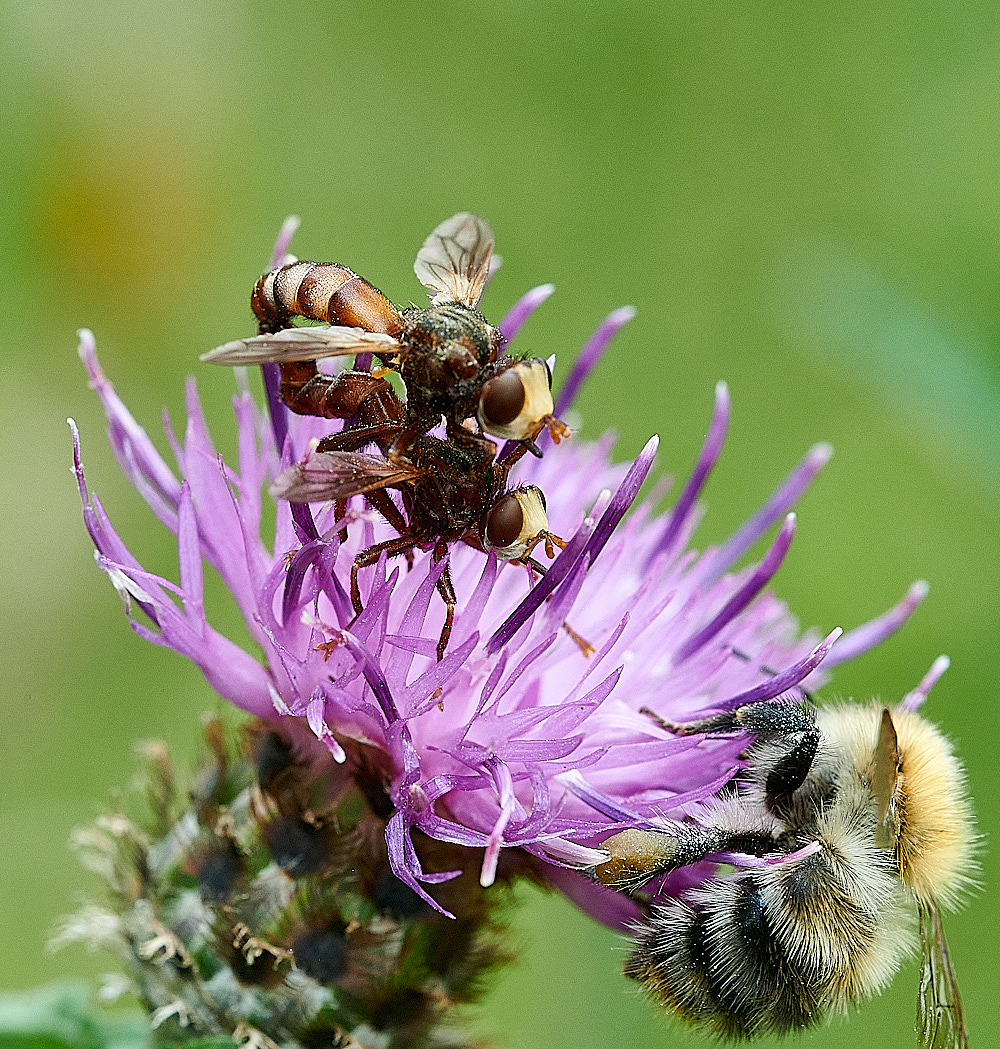


A pair of Ferruginous Bee Grabbers (Sicus ferruginous) somewhat disturbed by a Common Carder Bee (Bombus pascuorum)
Migrant Hawker (Aeshna mixta)
Snettisham
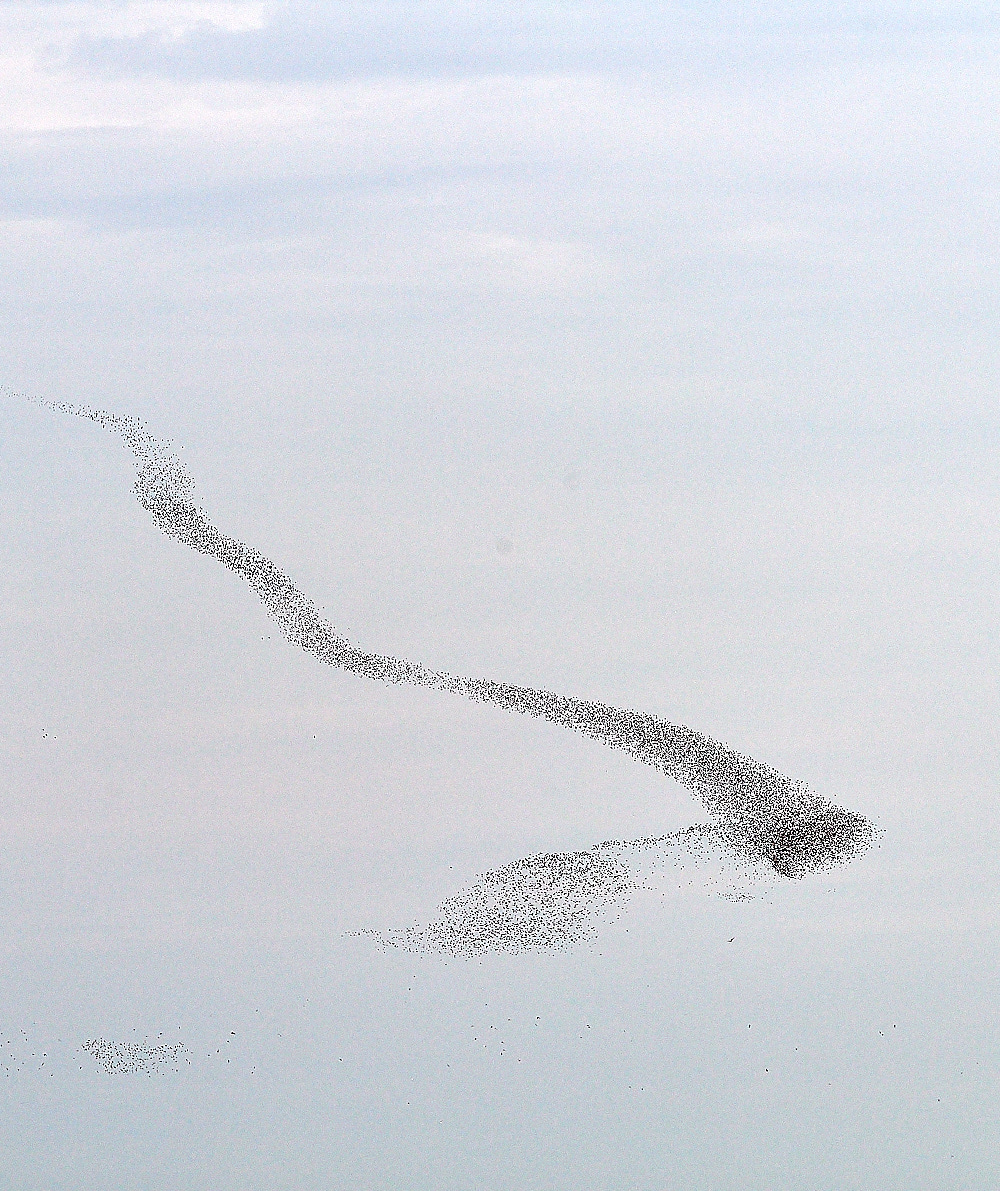


Redshank (Tringa totanus) & Black-tailed Godwit (Limosa limosa) 
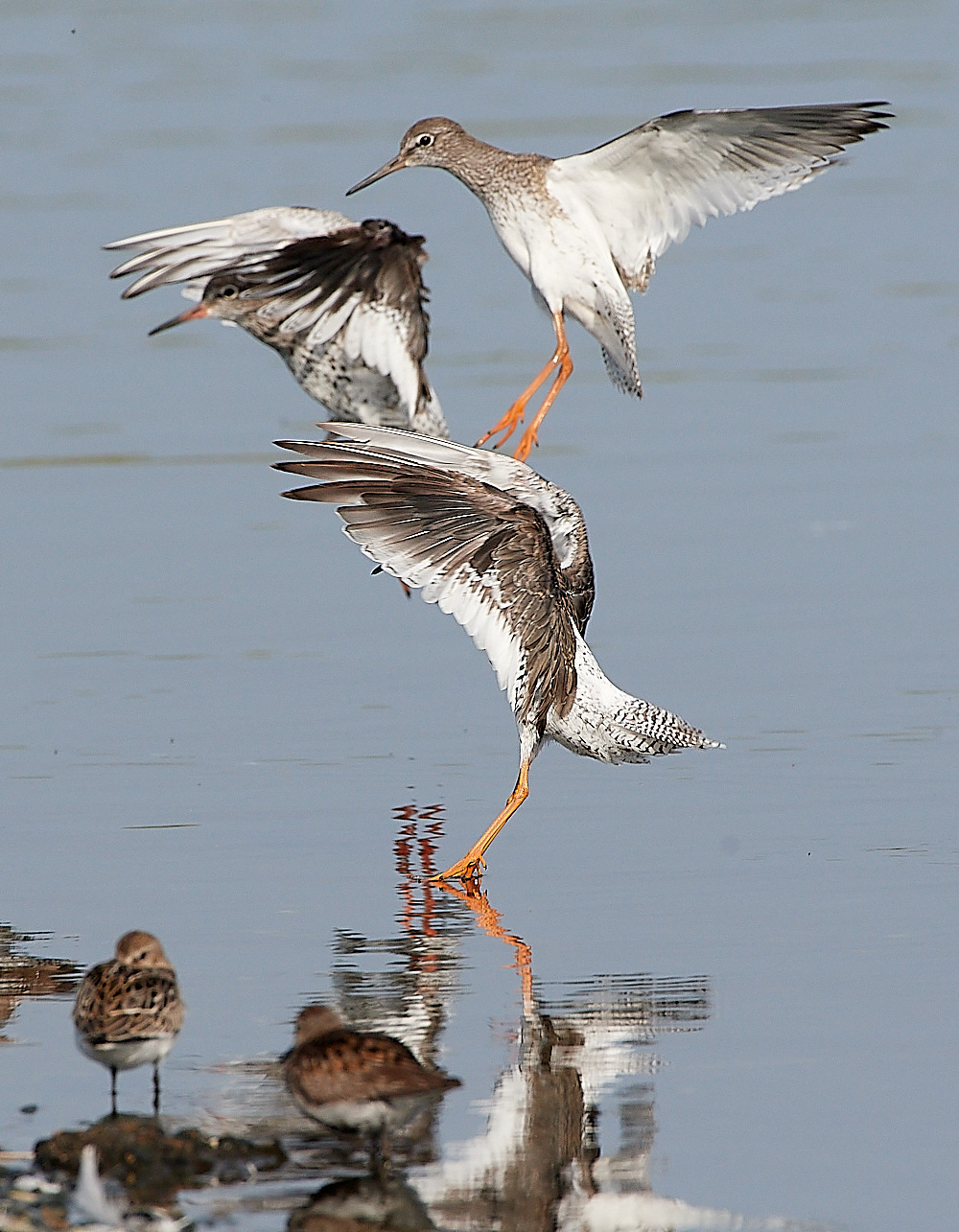


Redshank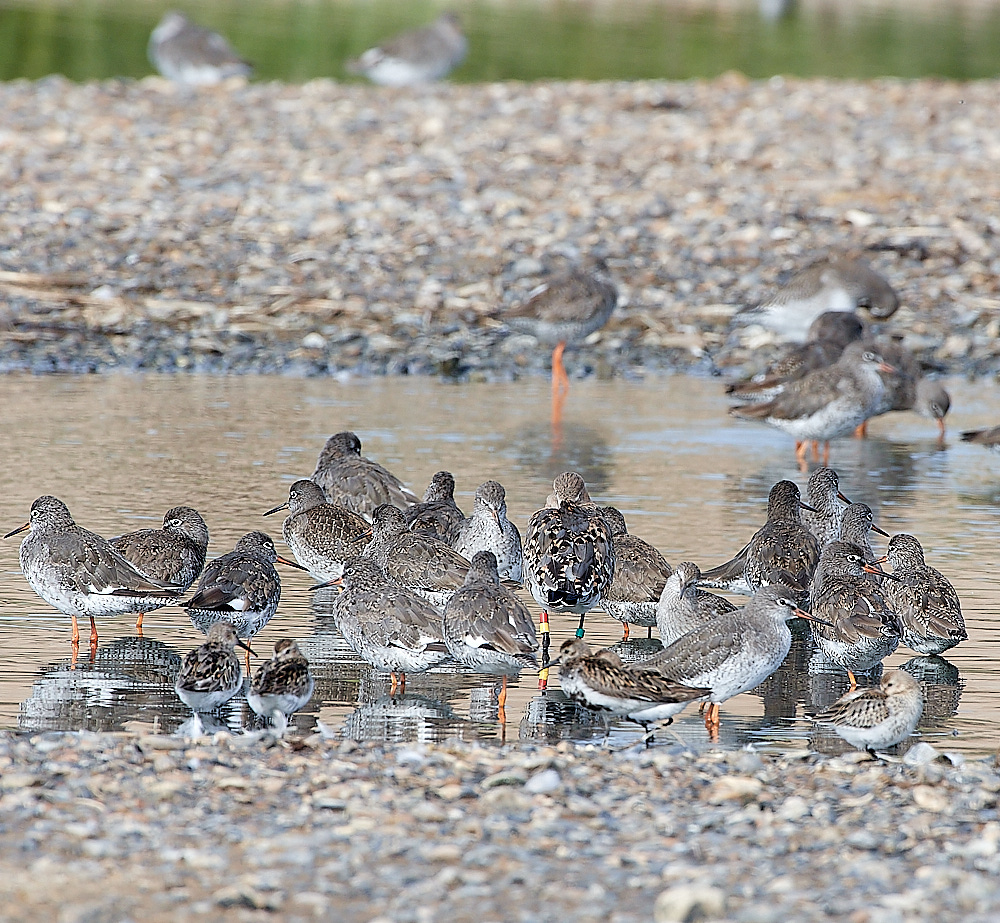
Dunin (Calidris alpina), Redshank (Tringa totanus) & Black-tailed Godwit (Limosa limosa) 
Common Tern (Sterna hirundo)

Silvery Leafcutter Bee (Megachile leachella)
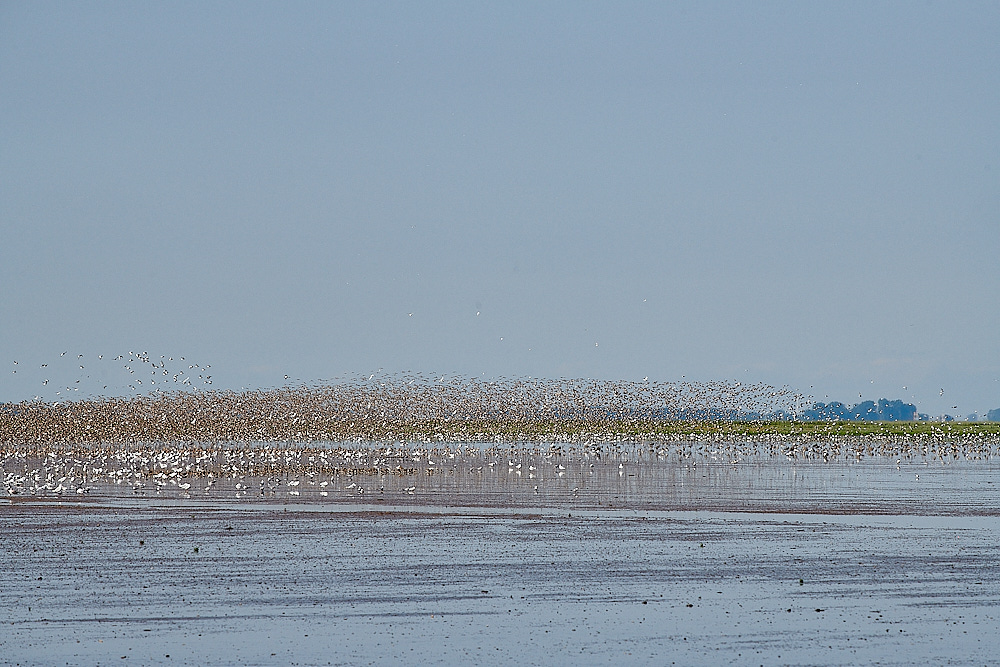

Wheatfen

Orange Balsam - Jewellweed - Orange Jewelweed - Spotted touch-me-not (Impatiens capensis)
Blusher (Amanita rubescens)
Buff Footman (EIlema depressa)
?
Water Chickweed (Stellaria aquatica)

Collared Parachute (Marasmius rotula)
♂︎
Immature ♂︎
♂︎
Short-winged Conehead (Conocephalus dorsalis) although as Tony has said you need to watch out for long-winged variety (macropterous form) of short-winged conehead. 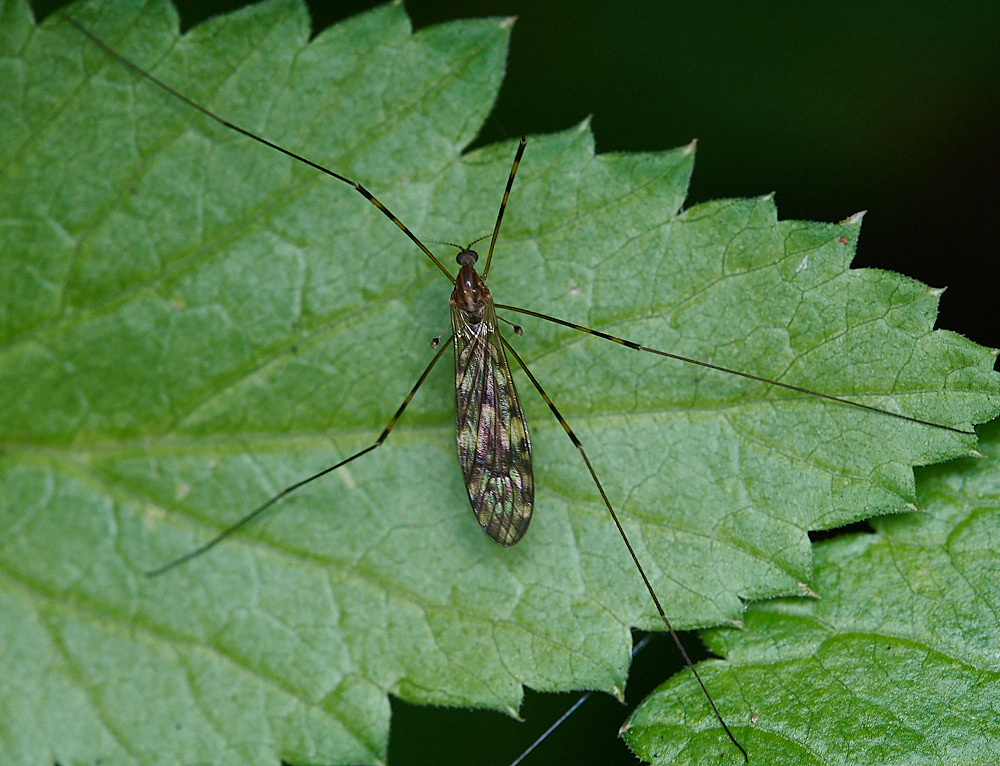
Tipula Sp One of a number of craneflies that hold their wings in line with the body at rest. The marbled wings suggest one of two smaller craneflies. T confuse or T rufina
but you need a thorax side view to be certain. 
Dark Bush Cricket - Adult (Pholidoptera griseoaptera)
Only ever see the little ones early in the year before. A number of these splayed out adults on the vegetation today - stunning
Dead Man's Fingers (Xylaria polymorpha)
Willow Emerald Damselfly (Chalcostes viridis)

Lasiosperma ovina

Ganoderma Sp (G australe)
Grisette (Amanita virginata)

Southern Hawker (Aeshna cyanea)
A male blue form?
Common Hemp-nettle (Galeopsis tetrahit)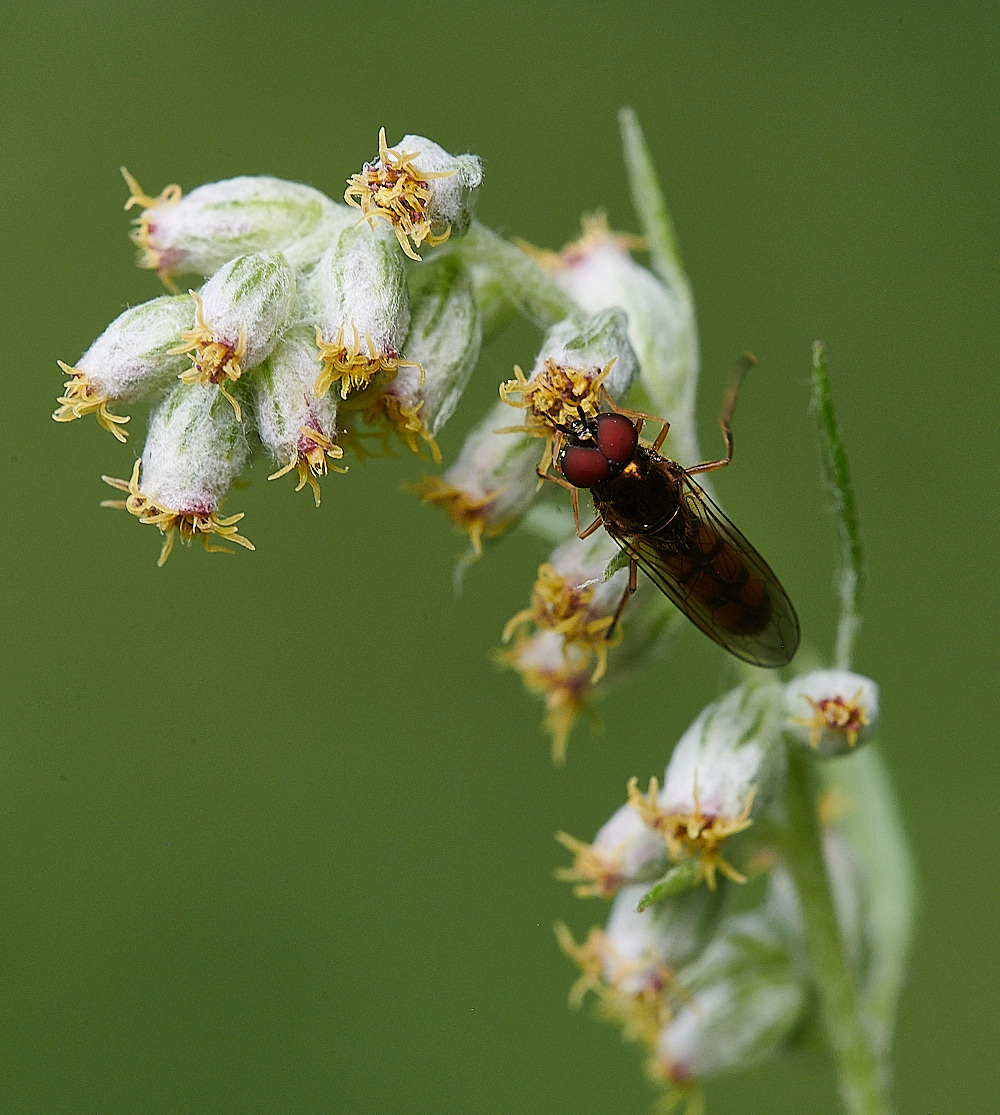



Melanostoma Sp ♂︎(mellinum perhaps) on Mugwort (Artemesia vulgaris)
?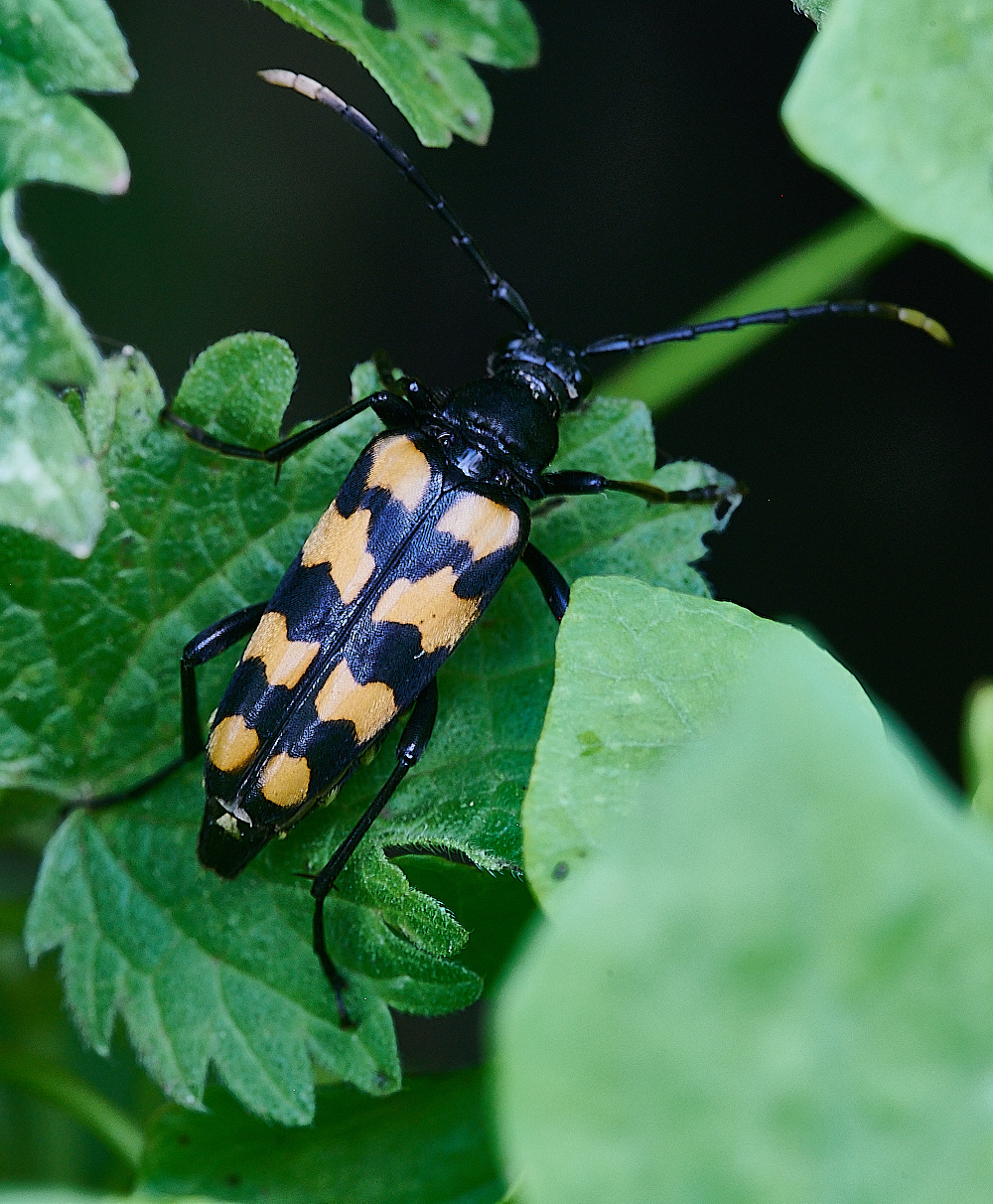
Longhorn Beetle (Leptura quadrifasciata)
Marsh Sowthistle (Sonchus palustirs)
Meadowsweet Gall caused by the gall midge Dasineura pustulans
Meadowsweet Rust - Triphragmium ulmariae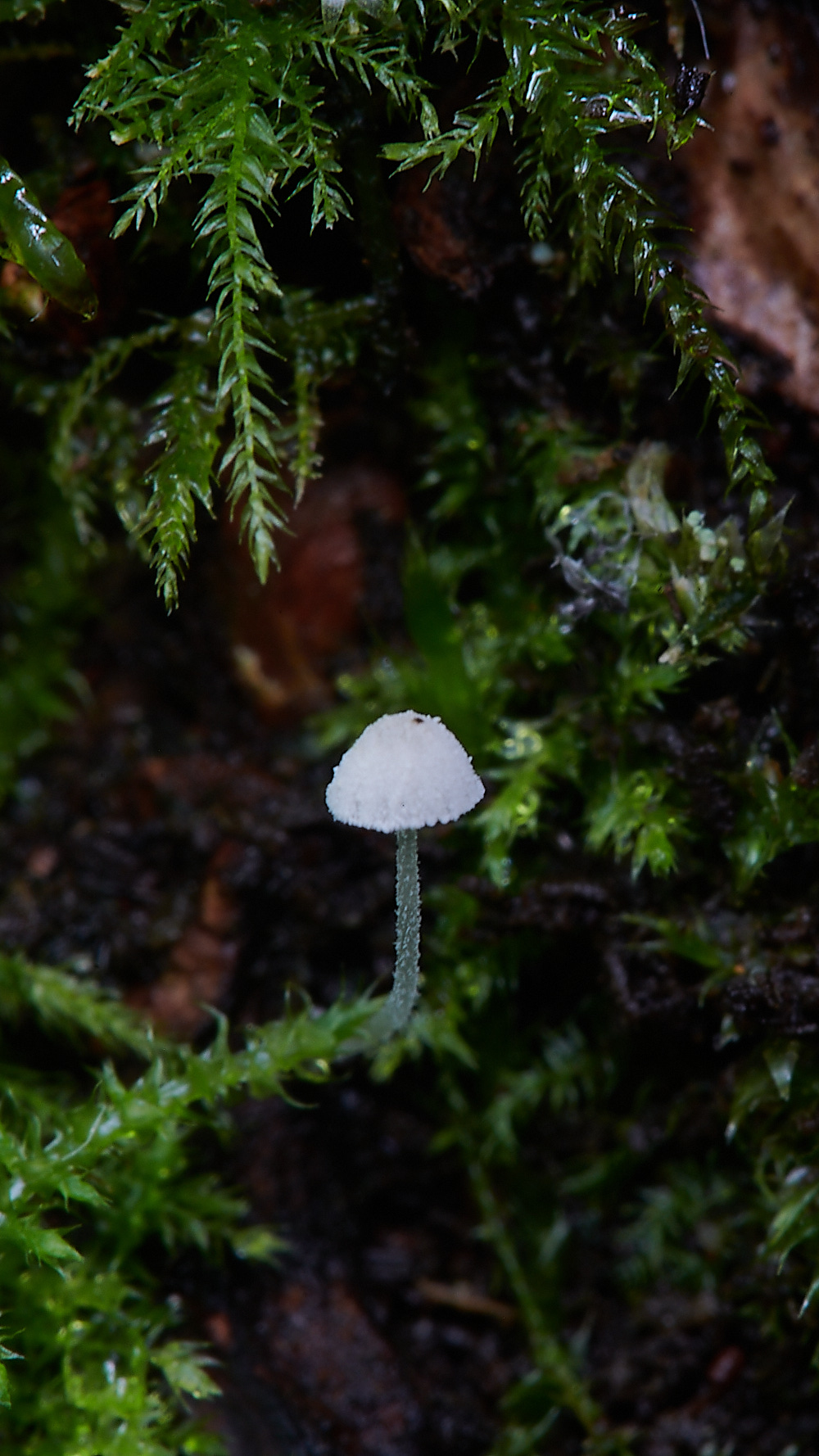
Mycena amongst the Moss
Mycena 

Oak Maze Gill (Daedalea quercina)
Mycena acicular
Fungus on Reed stems
Marasmius curreyi
Fungus 4?

Skullcap (Scutellaria gallericulata)
Slime Mold Sp (Fuligo septica)




Small Teasle (Dipsacus pilosus)




The Amber Snail with the flashing eye.
The amazing snail with the pulsating eye was caused by a parasitic flatworm Leucochloridium paradoxum (the Green-banded broodsac)

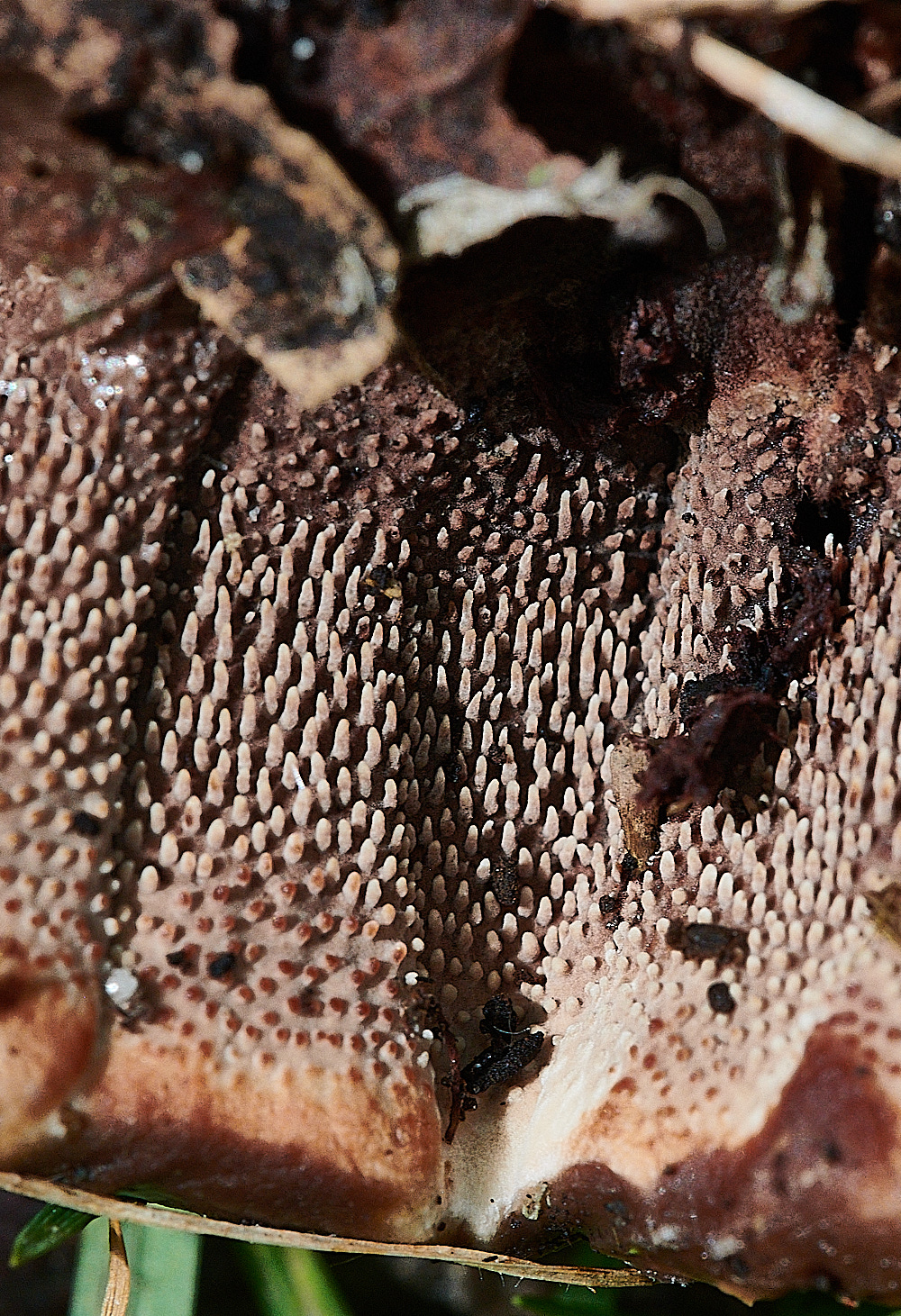

A Toothed Fungus - Zoned Tooth Fungus (Hydnellum concrescens)
Guelder Rose (Viburnum opulis)


Alder Tongue Curl (Taphrina alni)
Thanks to Yvonne & Tony for id help and corrections.
Santon Downham












Little Flower Bee (Anthophora bimaculata)
Stunning, cute, frenetic, noisy. Superb little Bee




Perennial Knawel (Scleranthus perennis)
Rhombic Leatherbug (Late install Nymph) (Syromastus rhombeus)
Lynford
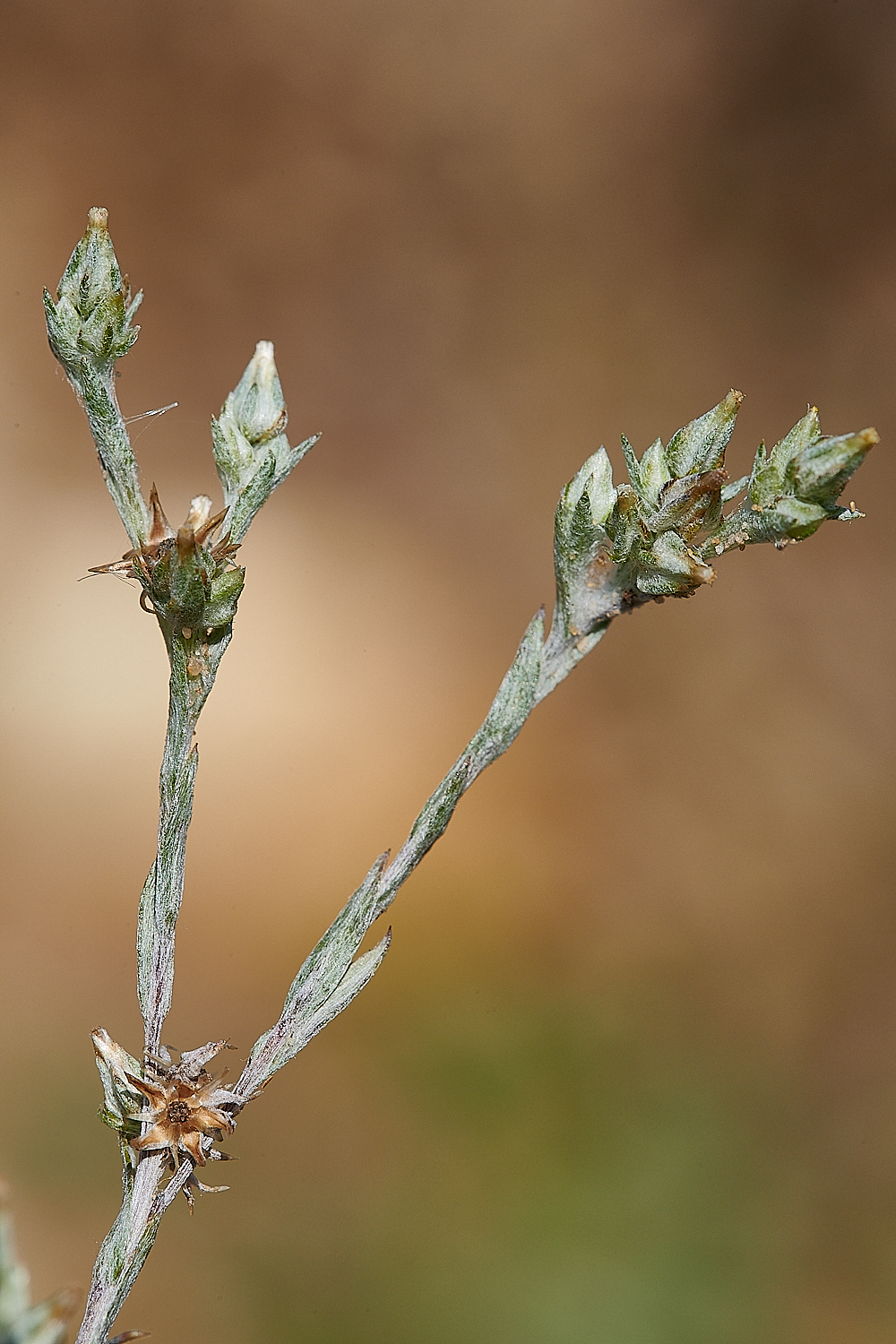

Small Cudweed (Logfia minima)
Common Blue Damselfly (Enallagma cyathigerurm)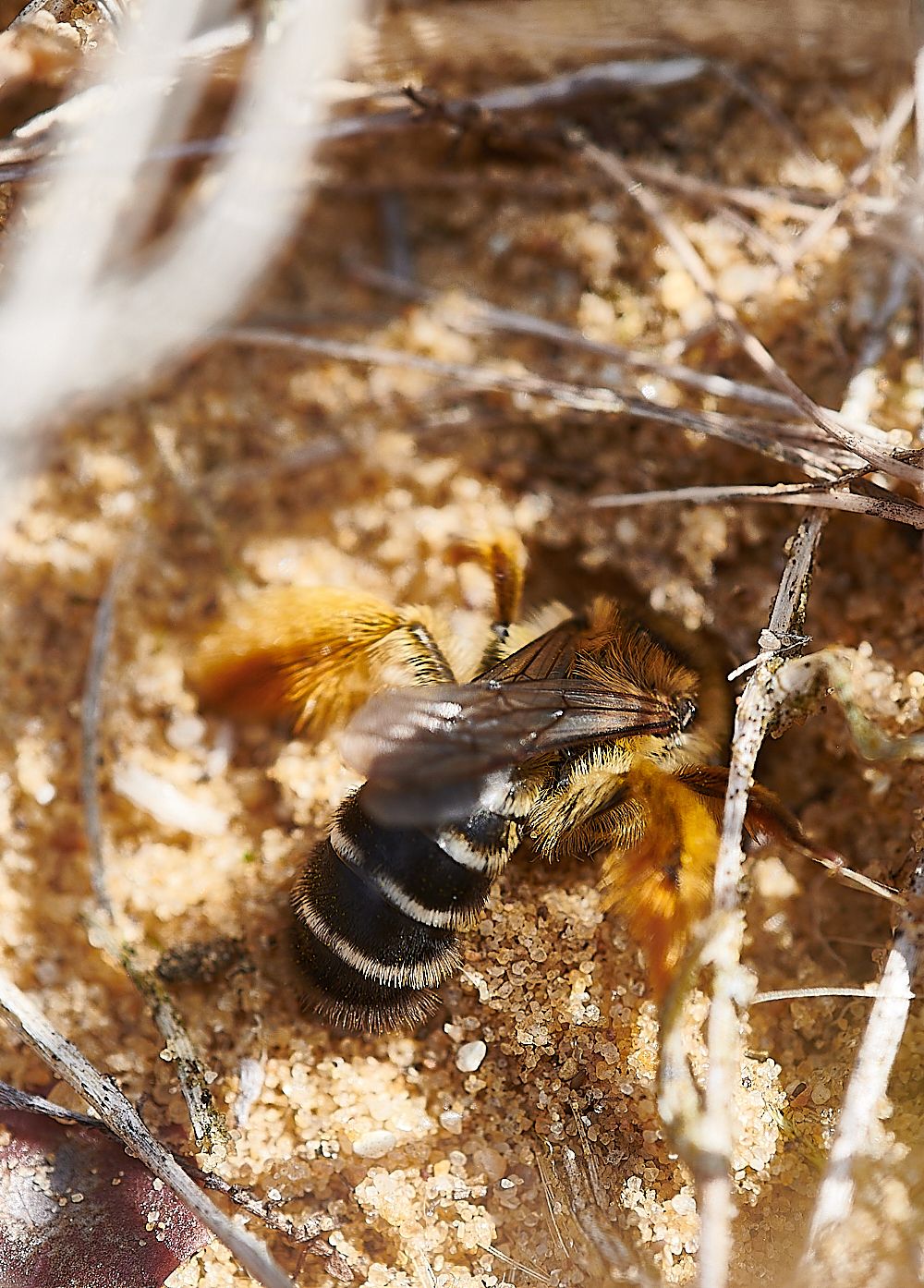

Absolutely stunning brushes
Pantaloon Bee ♀︎ (Dasypoda hirtipes)
Holkham

Lady's Bedstraw (Galium verum)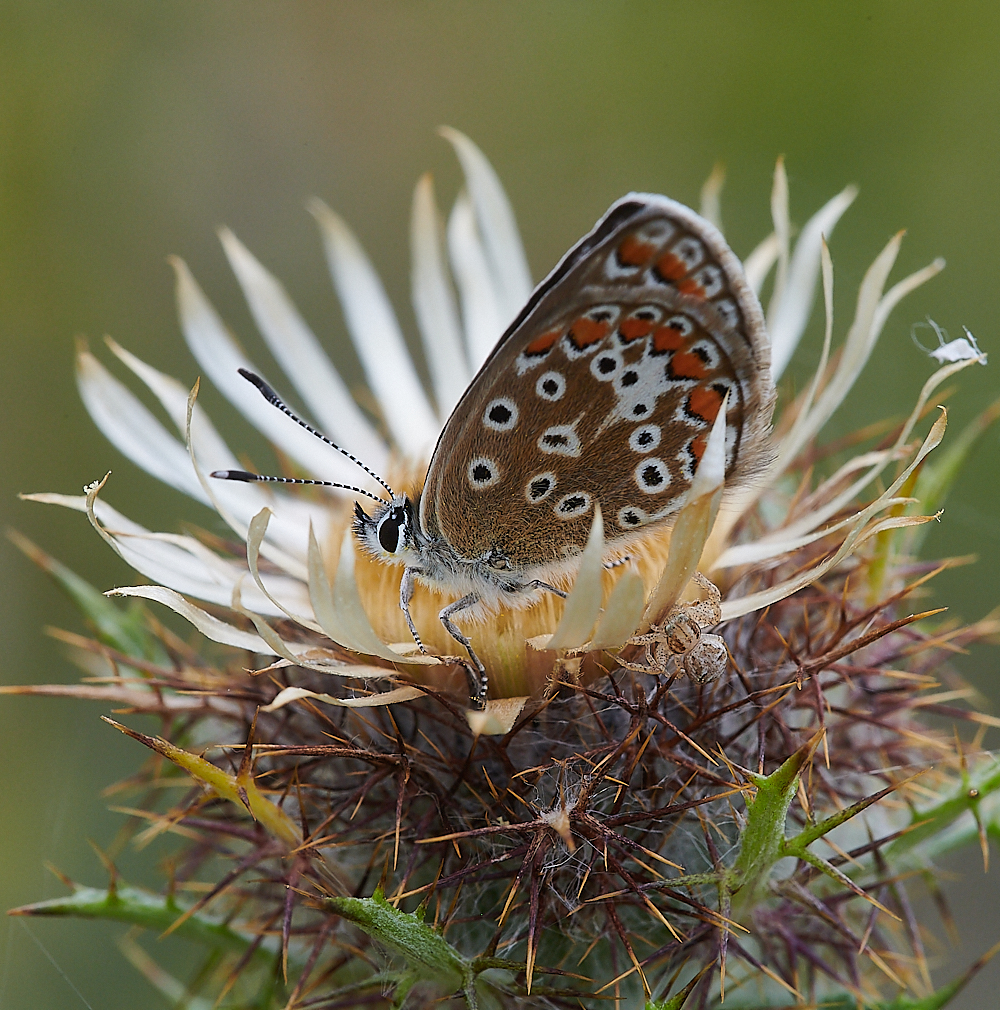
Common Blue ♀︎ (Polyommatus icarus) on Carline Thistle (Carline vulgaris)
Bramble Sp
Cardinal Beetle Sp



Carline Thistle (Carlina vulgaris)



Yellow-legged Clearwing (Synanthedon vespiformis)



Creeping Lady's-Tresses (Goodyera repens)
Comma (polygonia c-album)

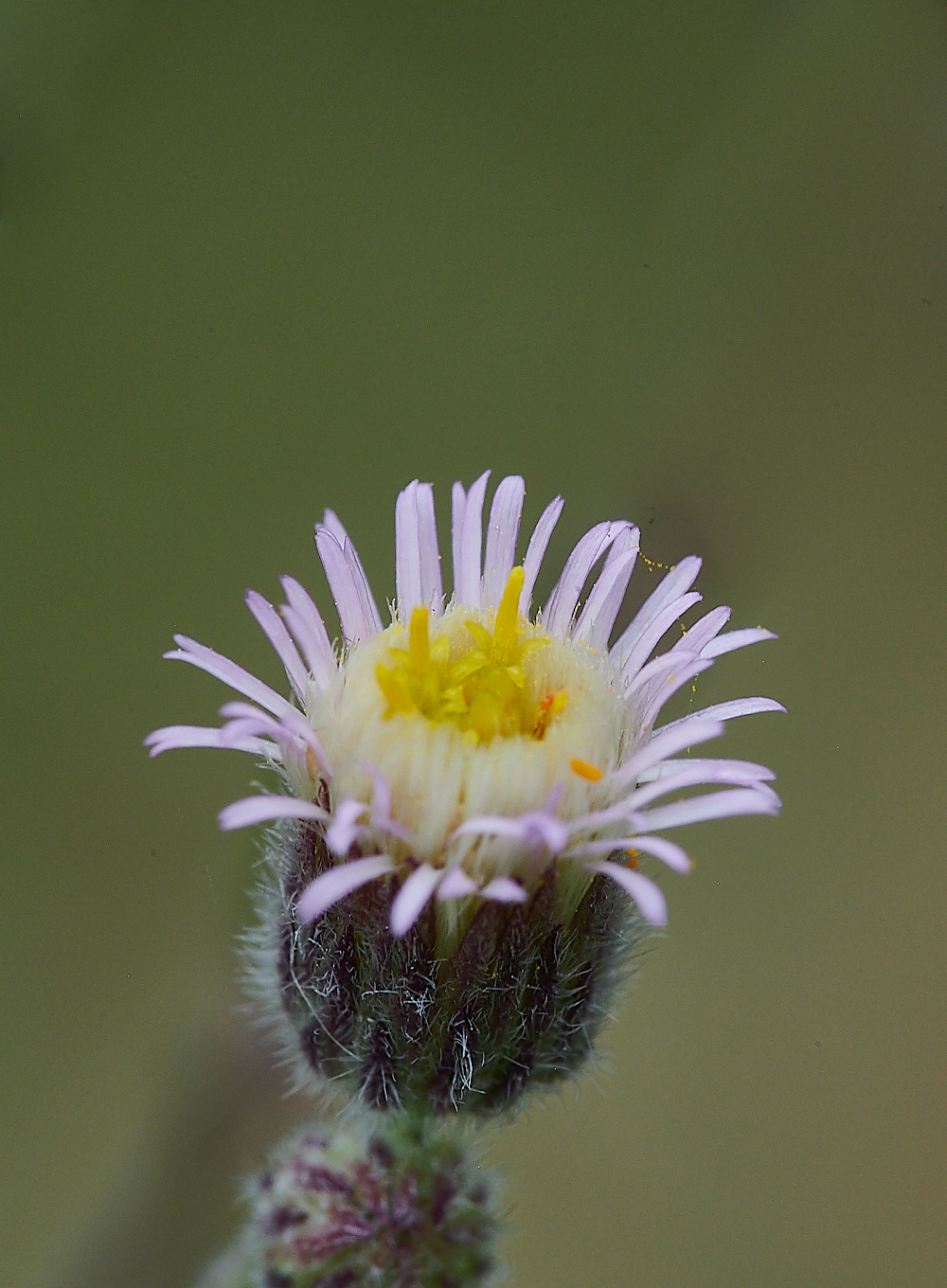
Fleabane (Erigeron acris)
Hemp agrimony (Eupatorium cannabinum)
Fly Sp?
Fly Sp?
Holly Blue (Celastrina argiolus)
Painted Lady (Vanessa cardui)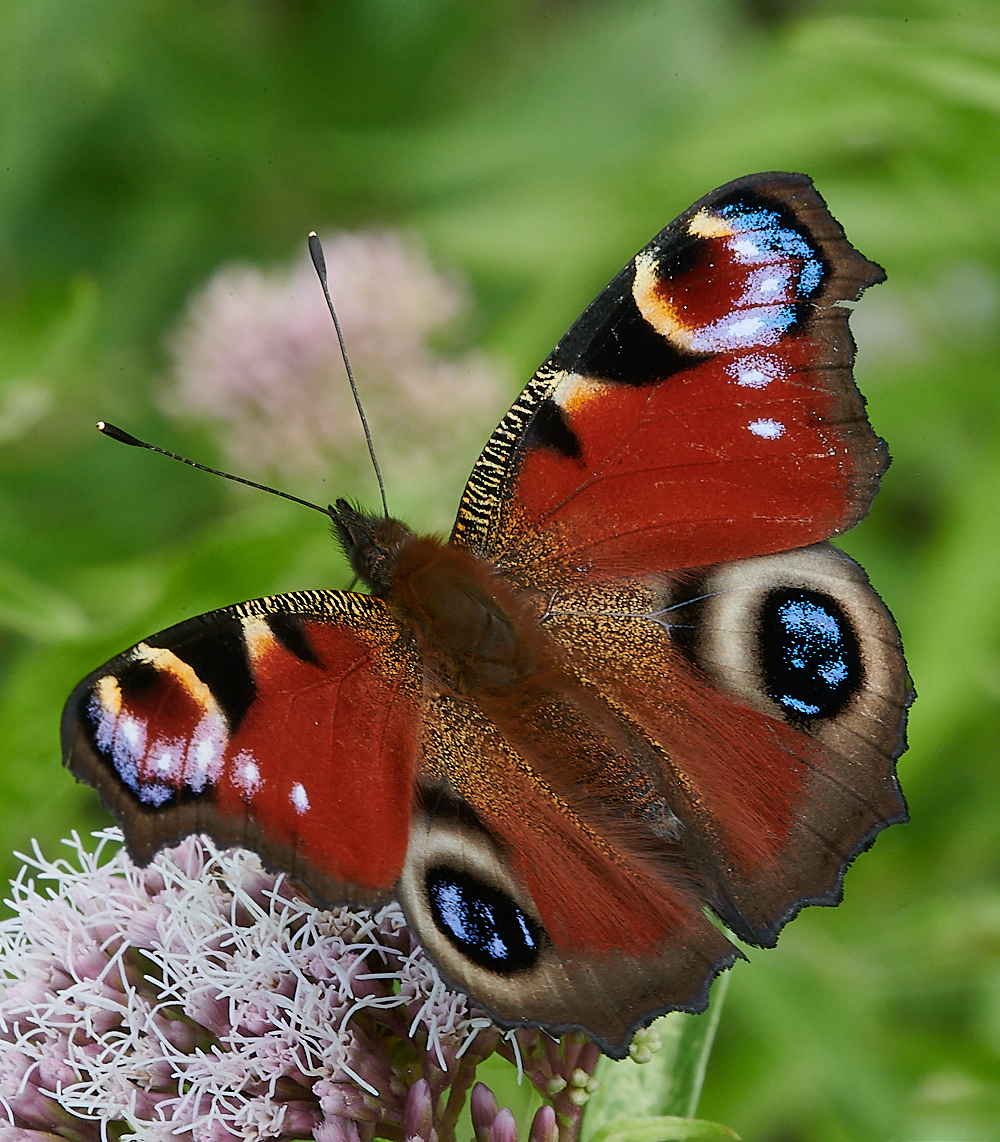
Peacock (Aglais io)
Lots of Peacock flying today.

Red Admiral (Vanessa atalanta)
Quite a smattering to Red Admirals too.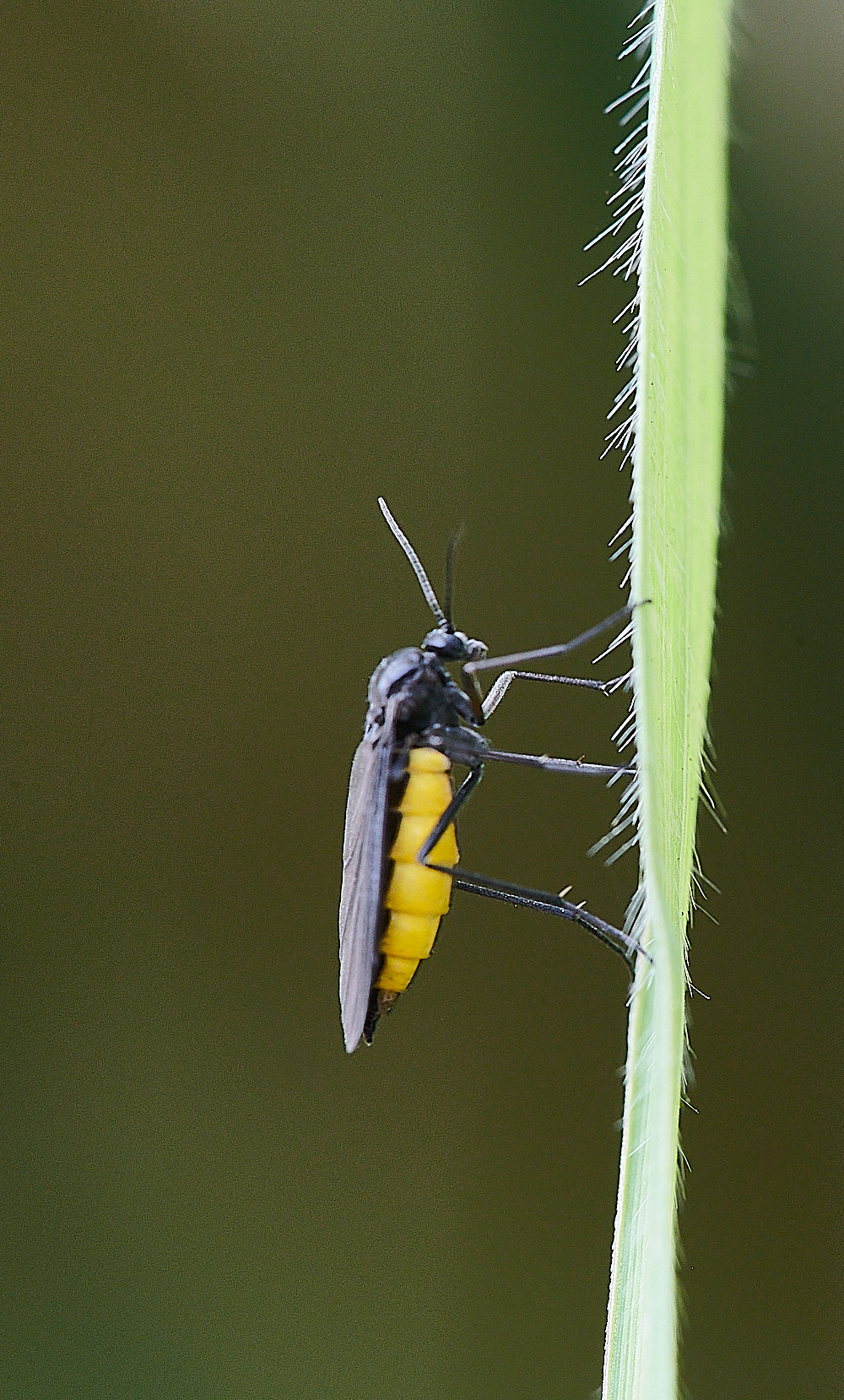
Sawfly Sp Common Rose Sawfly perhaps?

Common Green Shieldbug (Palomena prasina) Final instar nymph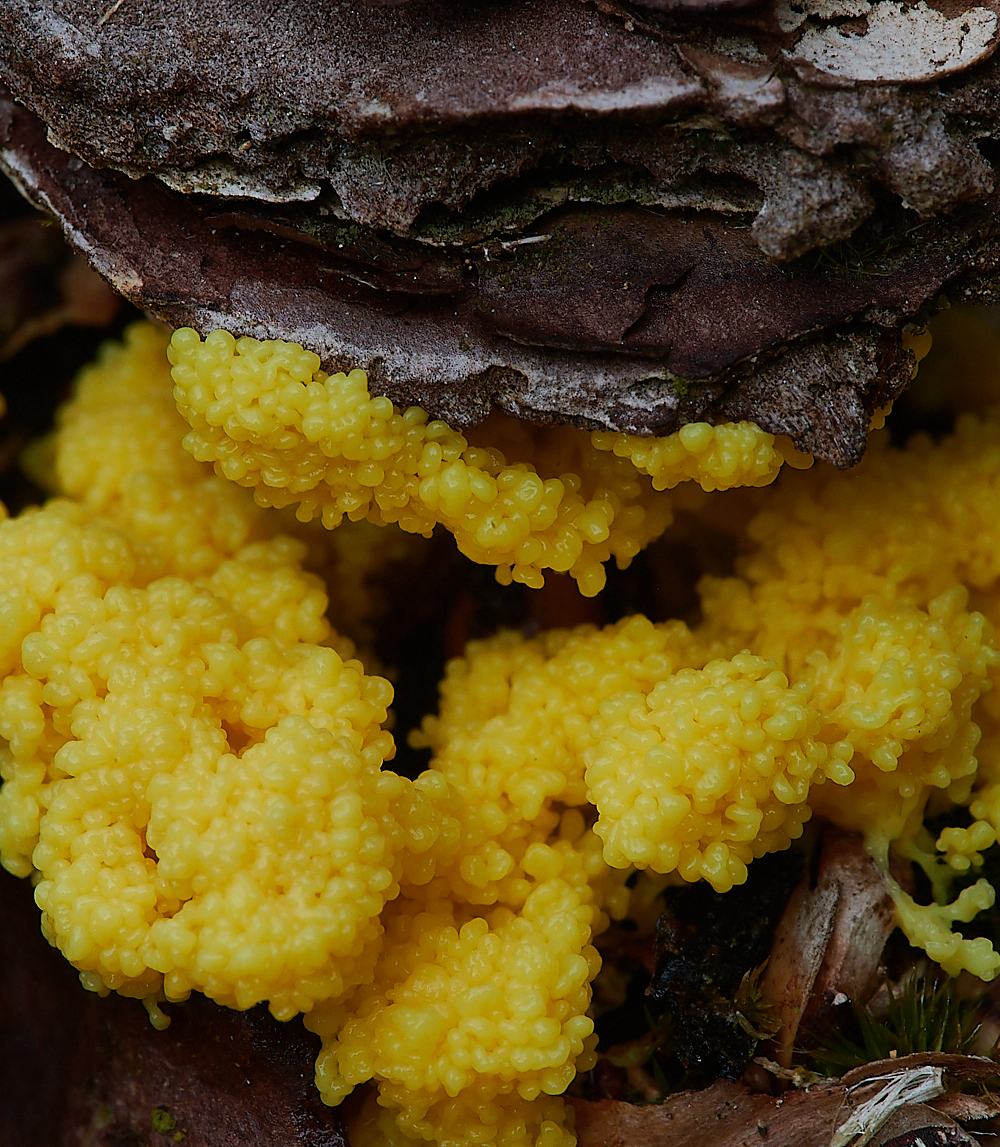
Slime Mold Sp
Fungus Sp?


Spaerophoria Sp? Dark-footed Twist-tailed Hoverfly (Sphaerophoria philanthus) perhaps. 
Wall Brown (Lasiommata megera)



Wasp Sp? Intermediate Digger Wasp (Crabro peltarius) perhaps?




Ornate-tailed Digger Wasp (Cerceris rybyensis)

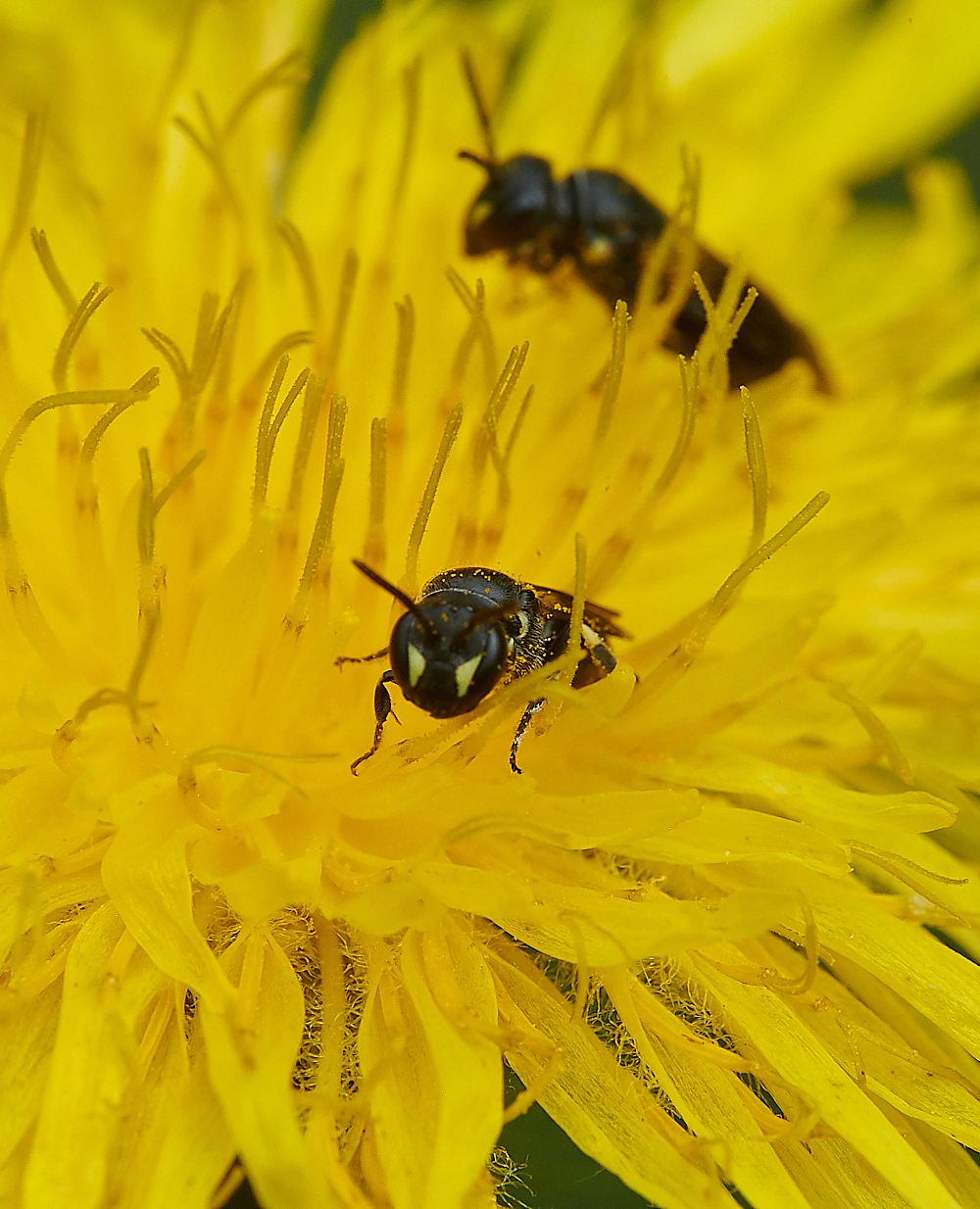





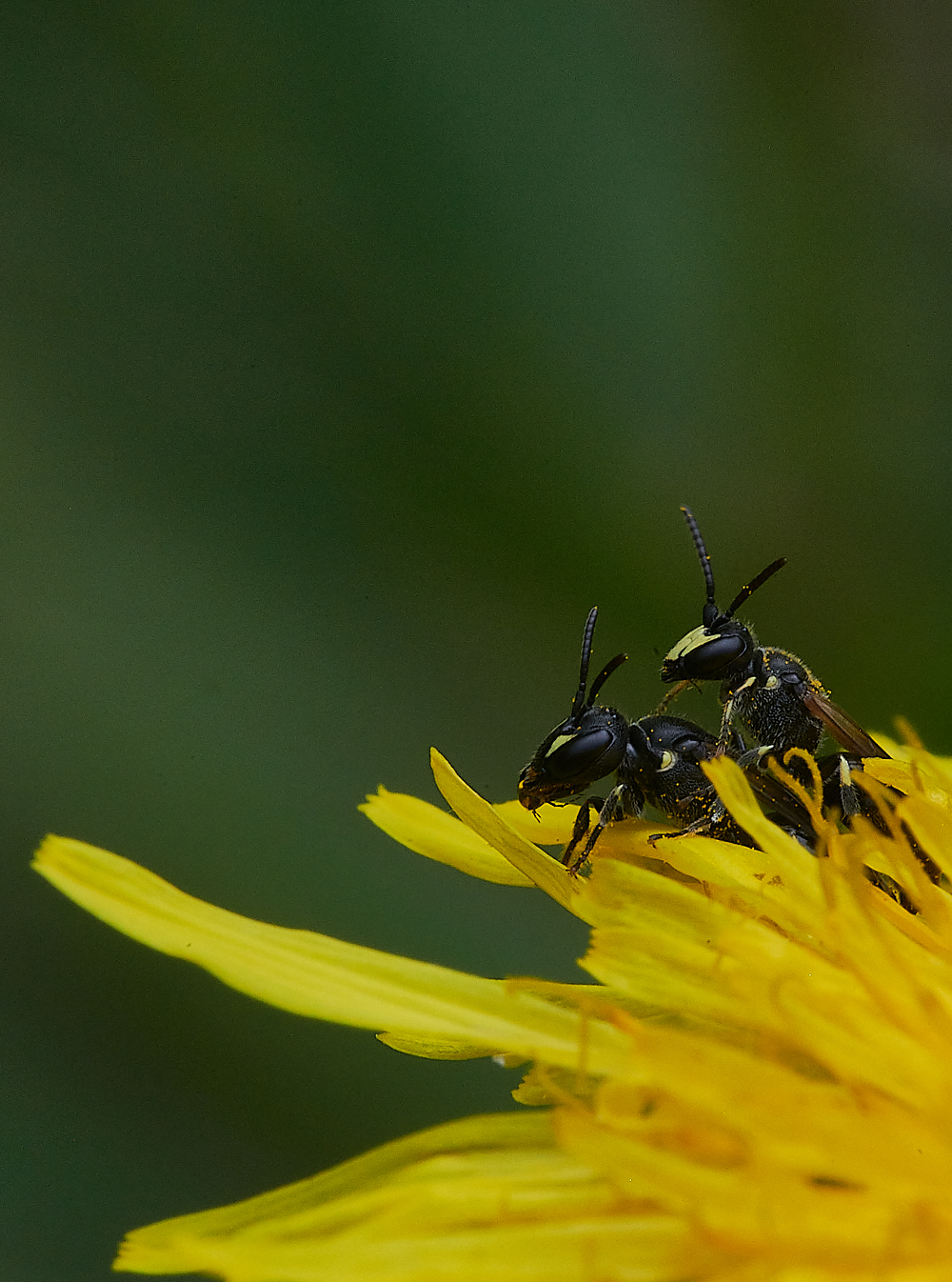
Yellow-faced Bee Sp (Hylaeus Sp) Possibly Hylaeus pectoralis? Mating next to the reedbed on the Sowthistle just before the Meal's House
Confirmed
Reed Yellow-face Bee (Hylaeus pectoralis)
Thanks to Nick Owens for confirming id.
Weybourne










Small Gorse Mining Bee (Andrena ovulata)


Melilot (Melilotus officinalis)


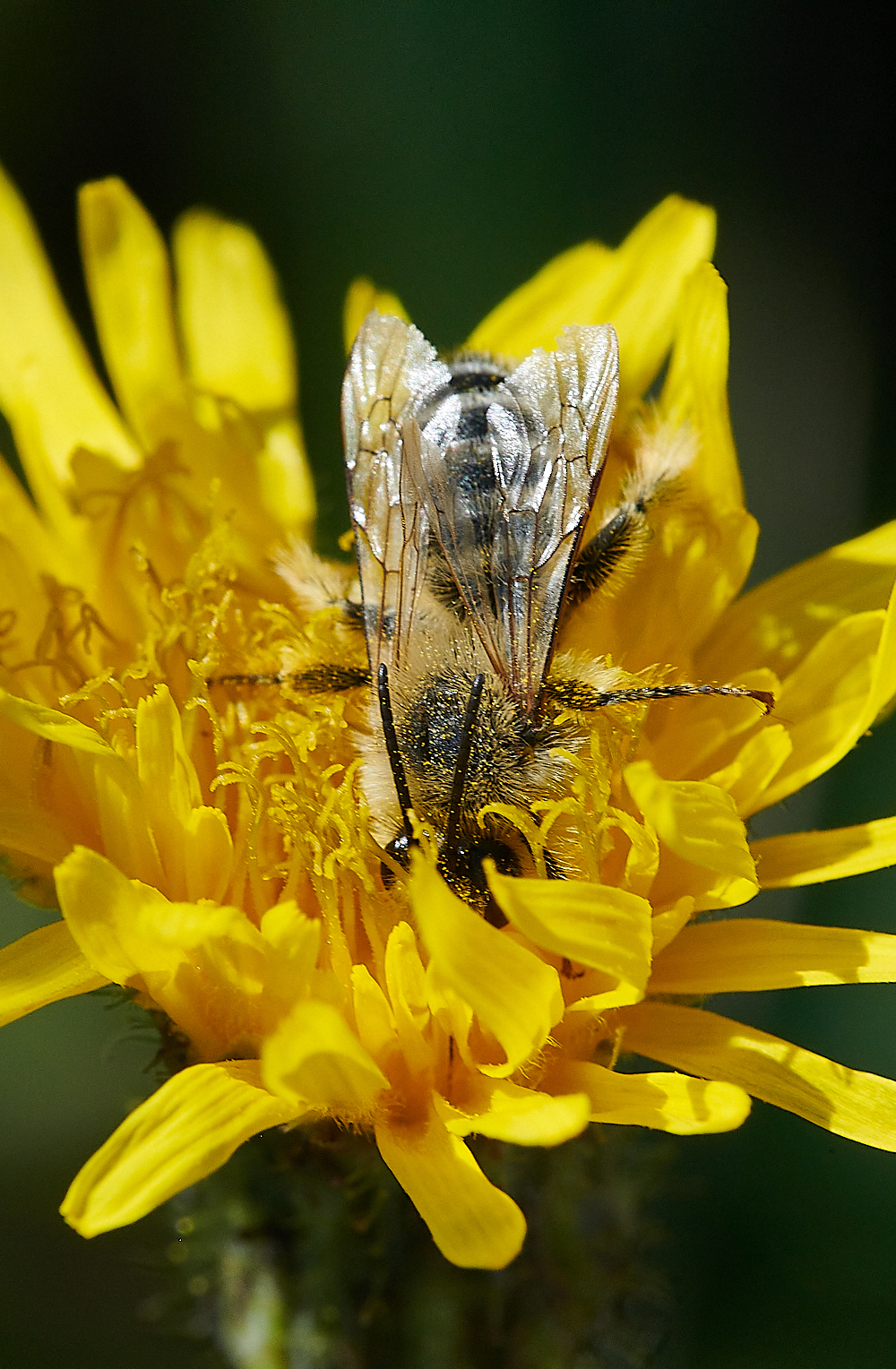

Hairy-legged Mining Bee (Pantaloon Bee) (Dasypoda hirtipes) on Sowthistle (Sonchus arvensis)
Hairy-legged Mining Bee (Pantaloon Bee) (Dasypoda hirtipes)
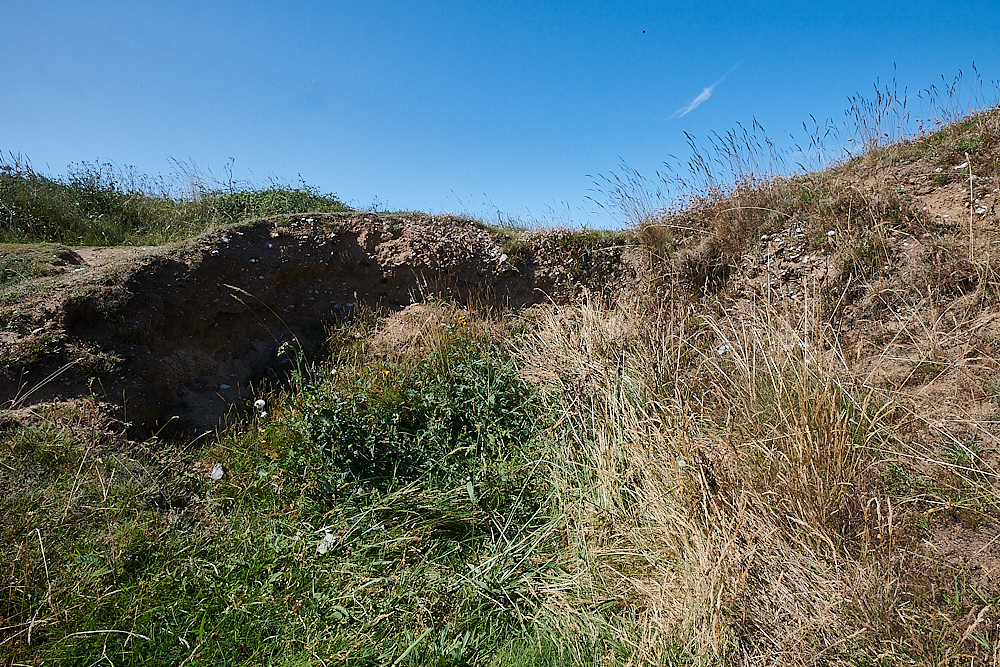
South facing Bank. Lots of activity present. 

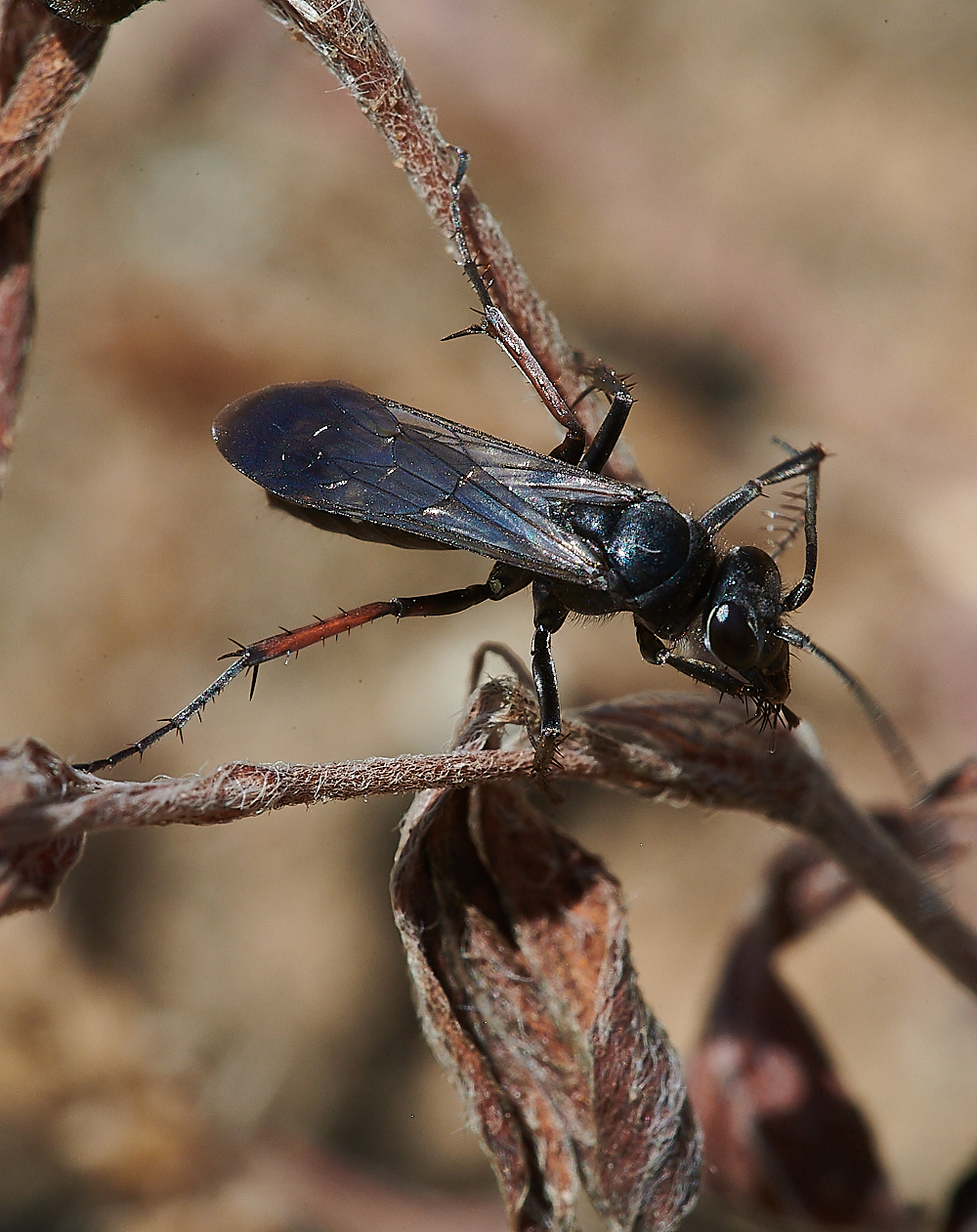
Red-legged Spider Hunting Wasp (Episyron rufipes)

Small Scabious Mining Bee (Andrena marginata) feeding on Small Scabious (Scabiosa columbaria)
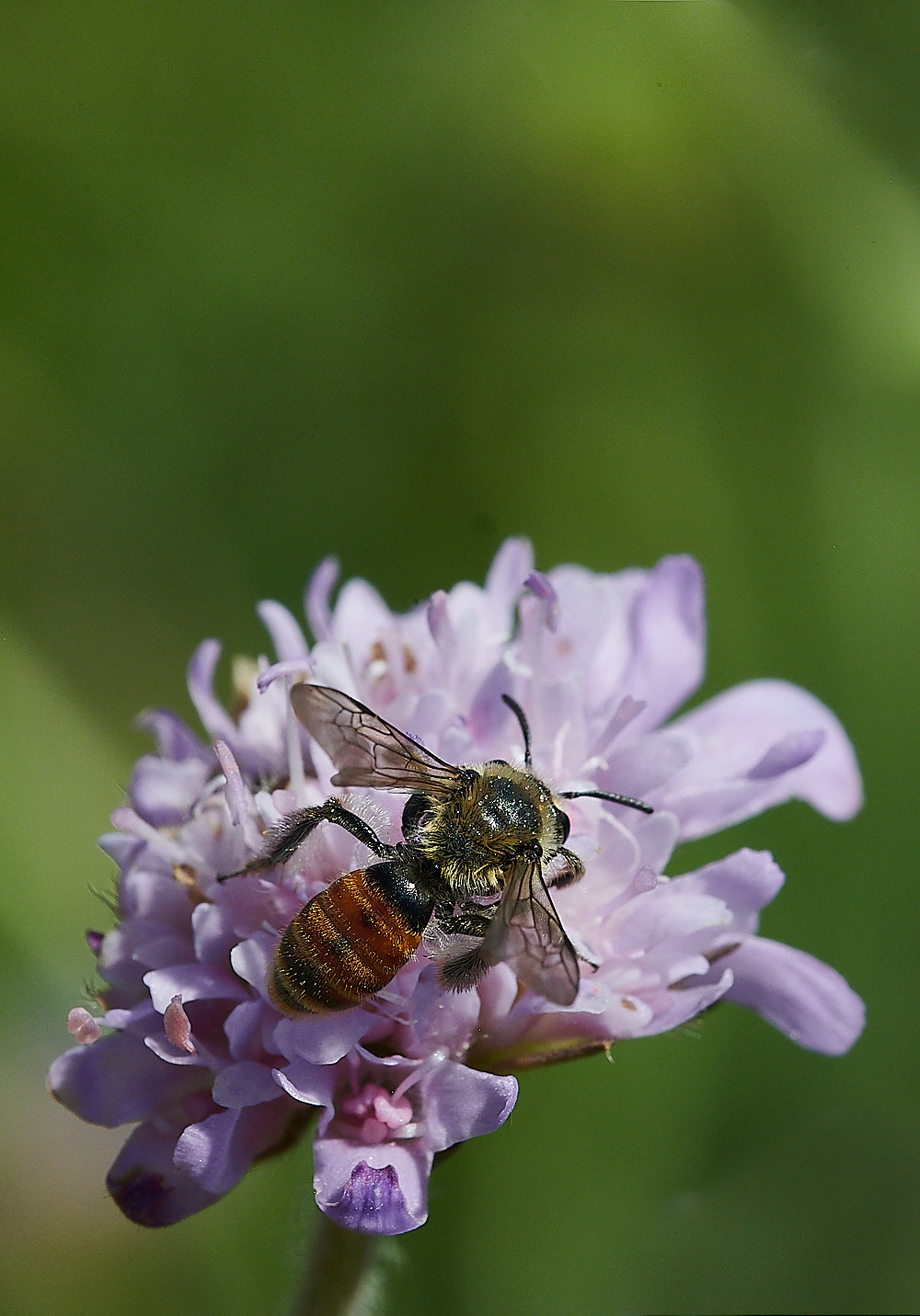



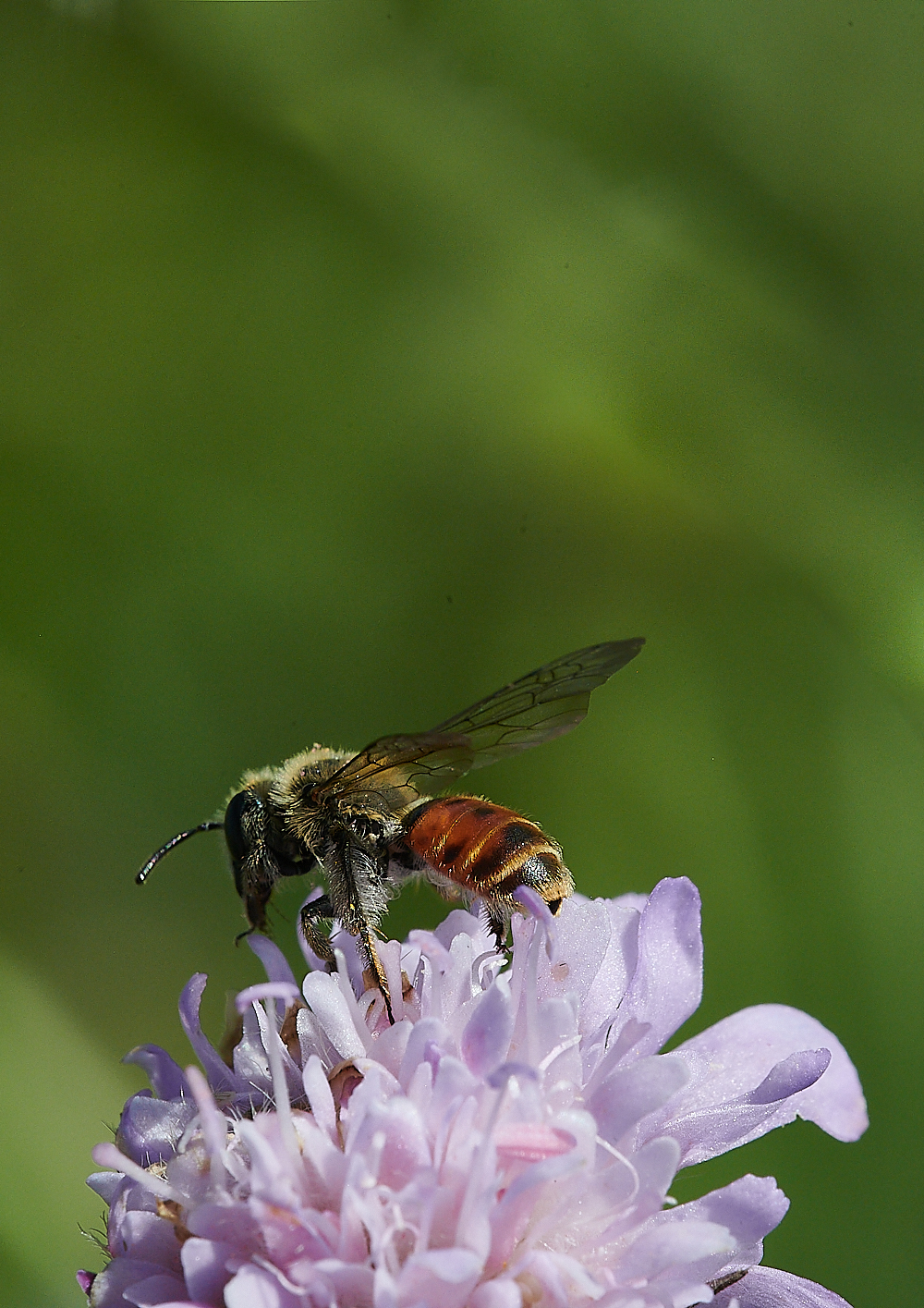



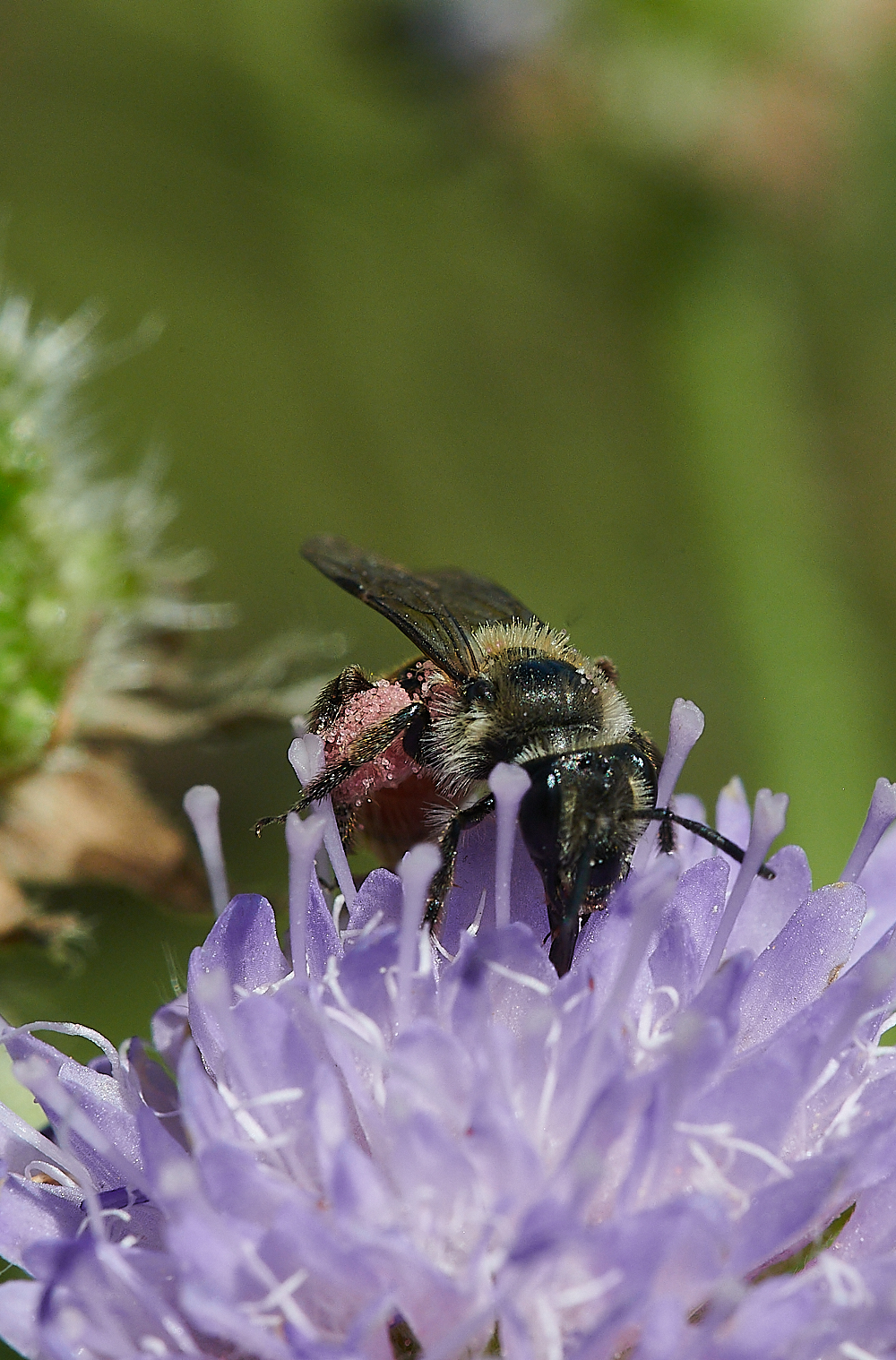







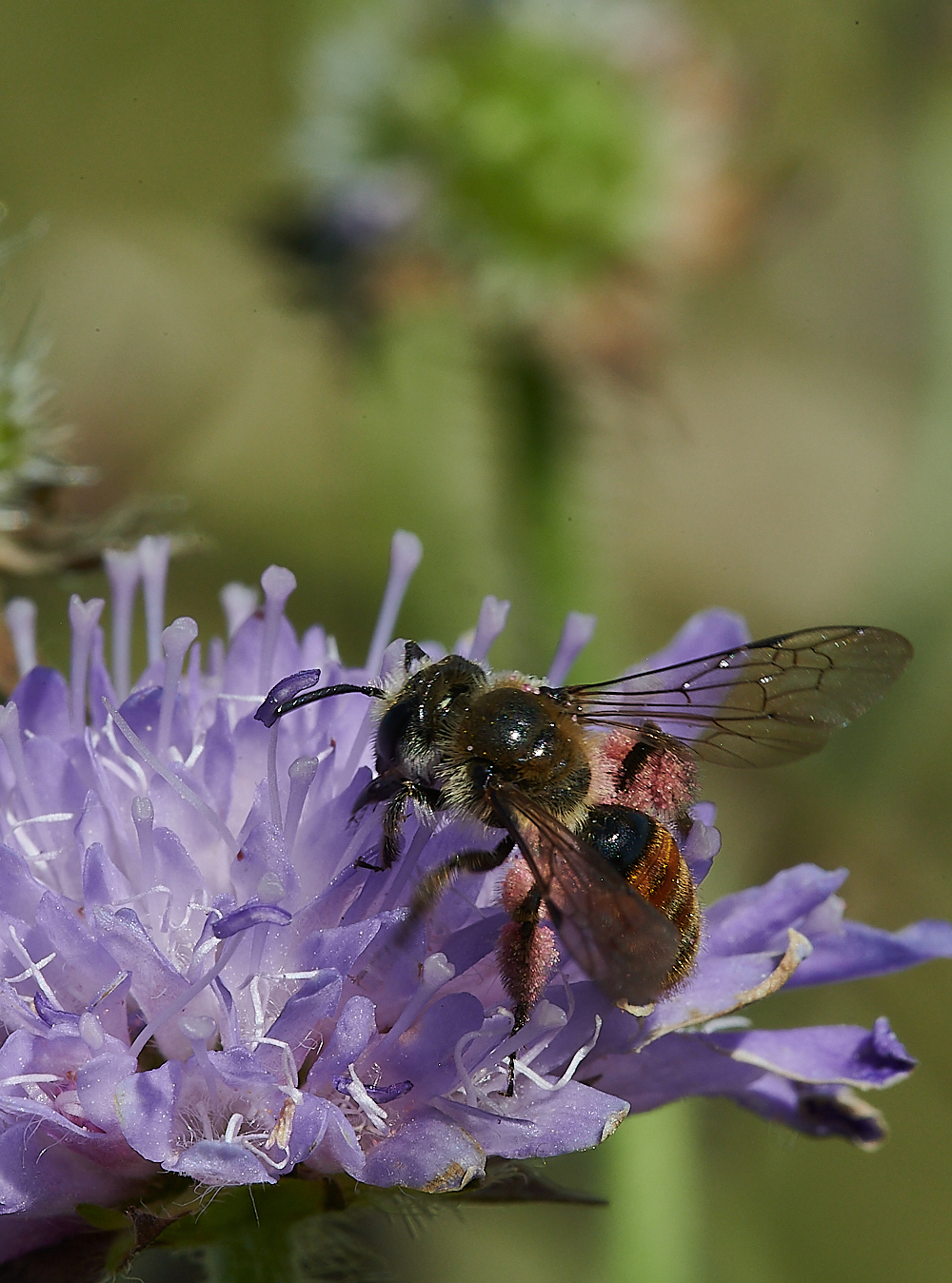


Small Scabious Mining Bee (Andrena marginata) feeding on Field Scabious (Knautia arvensis)







